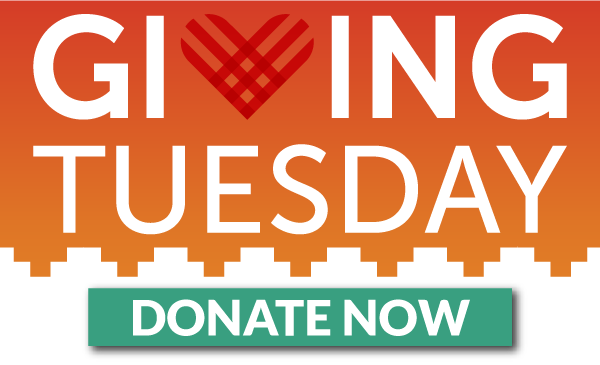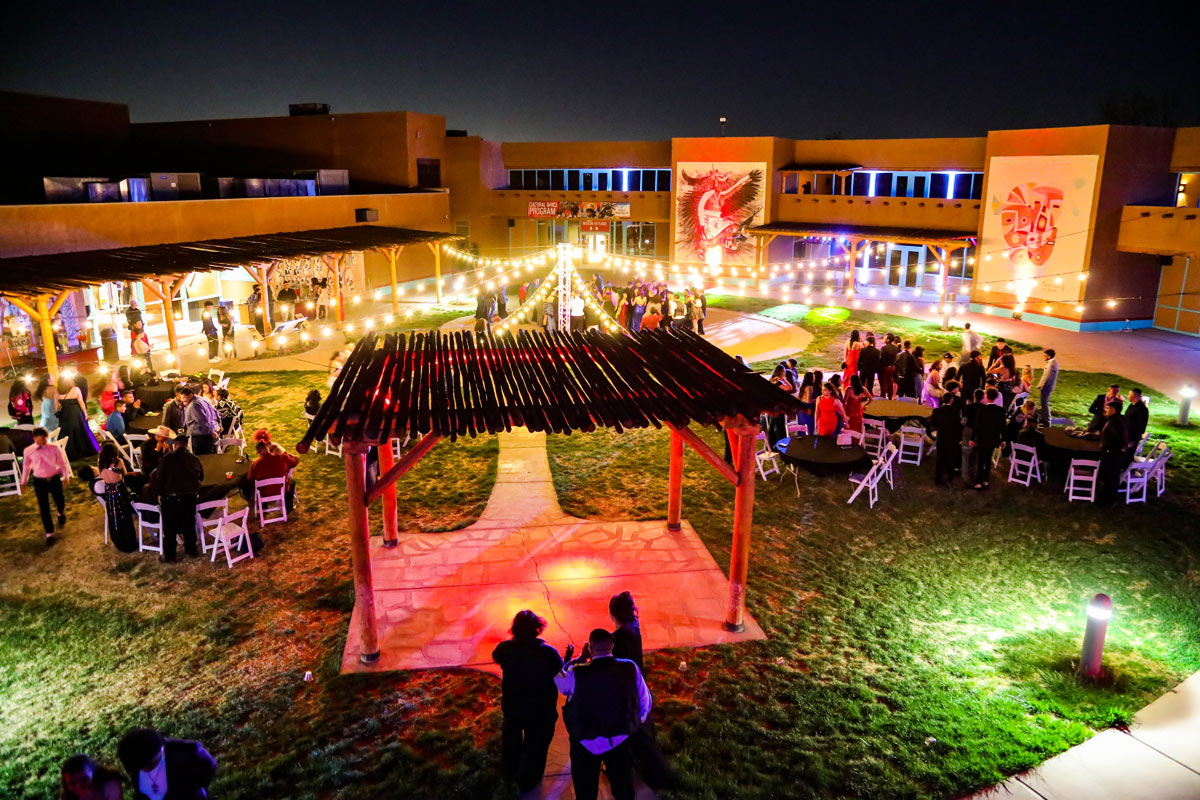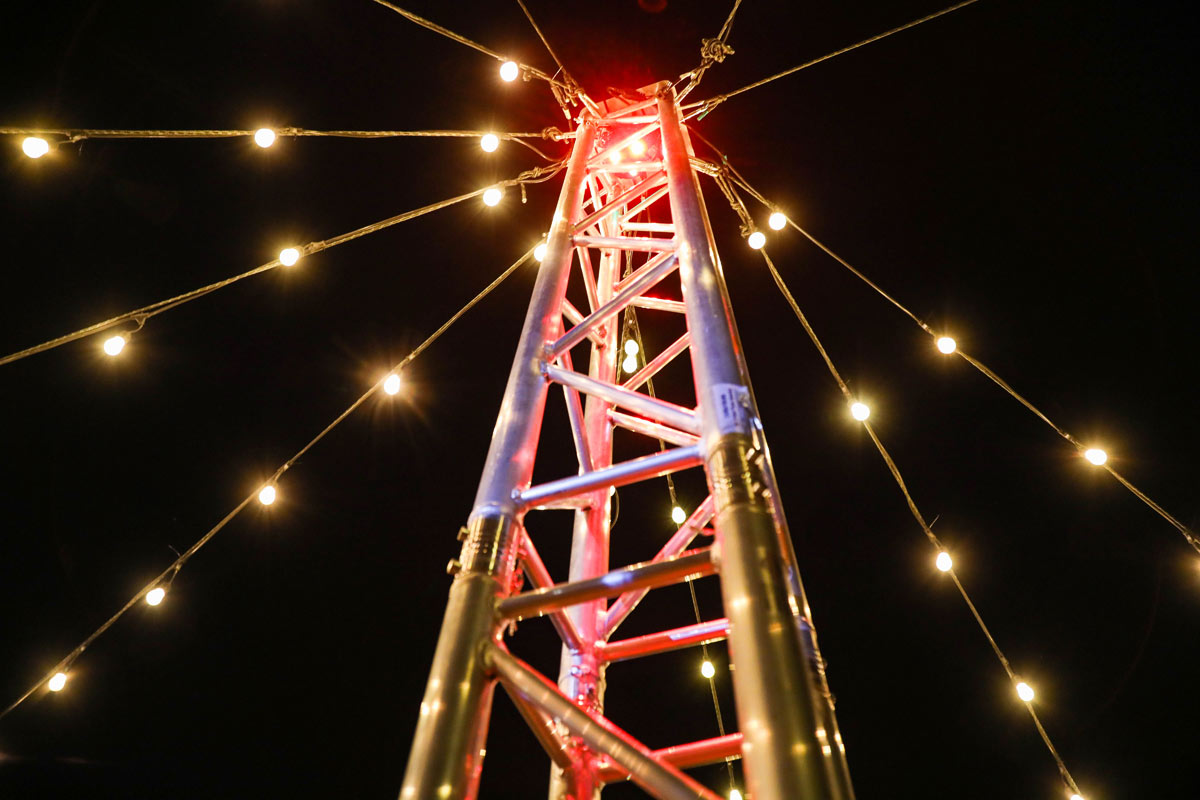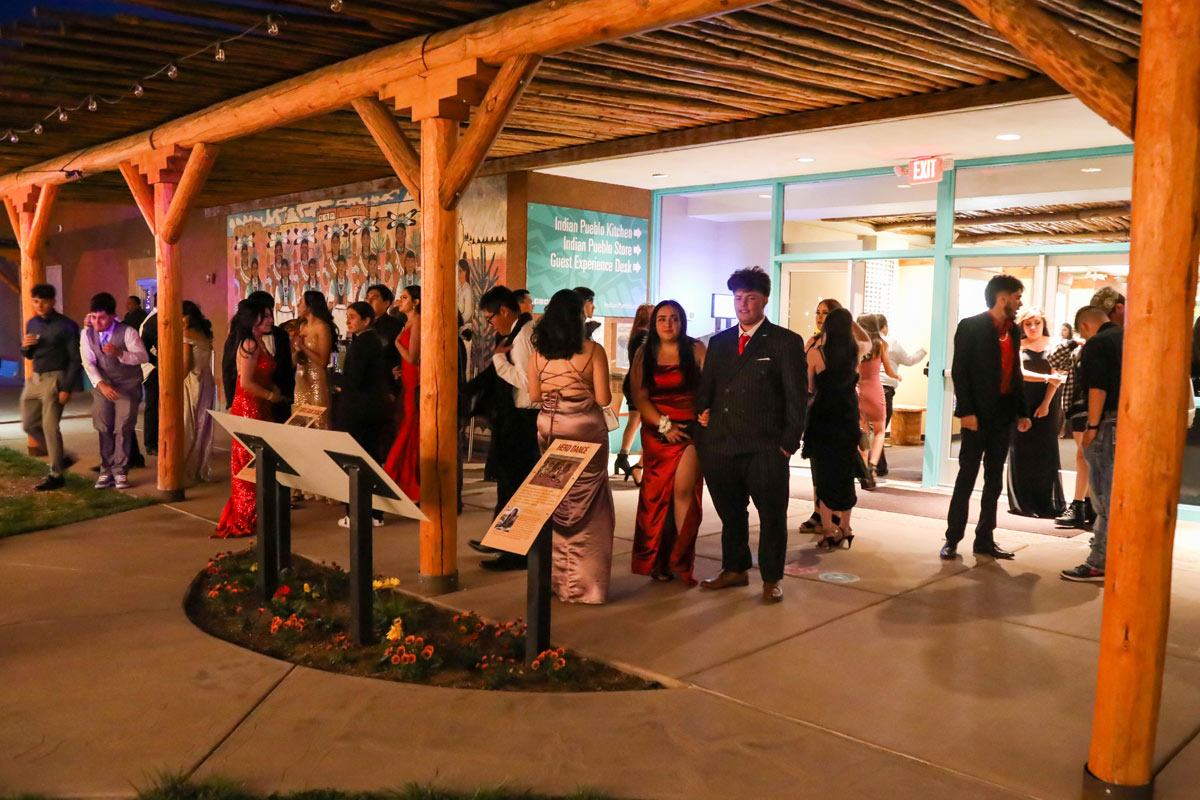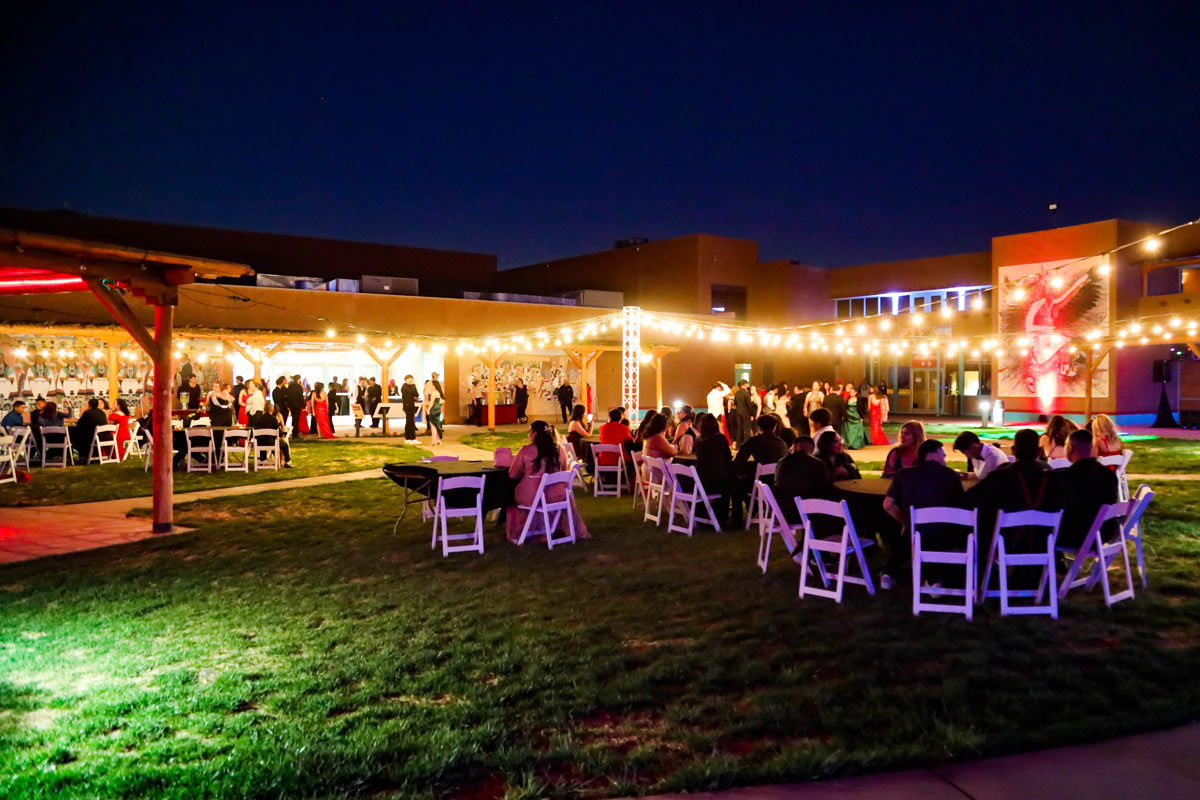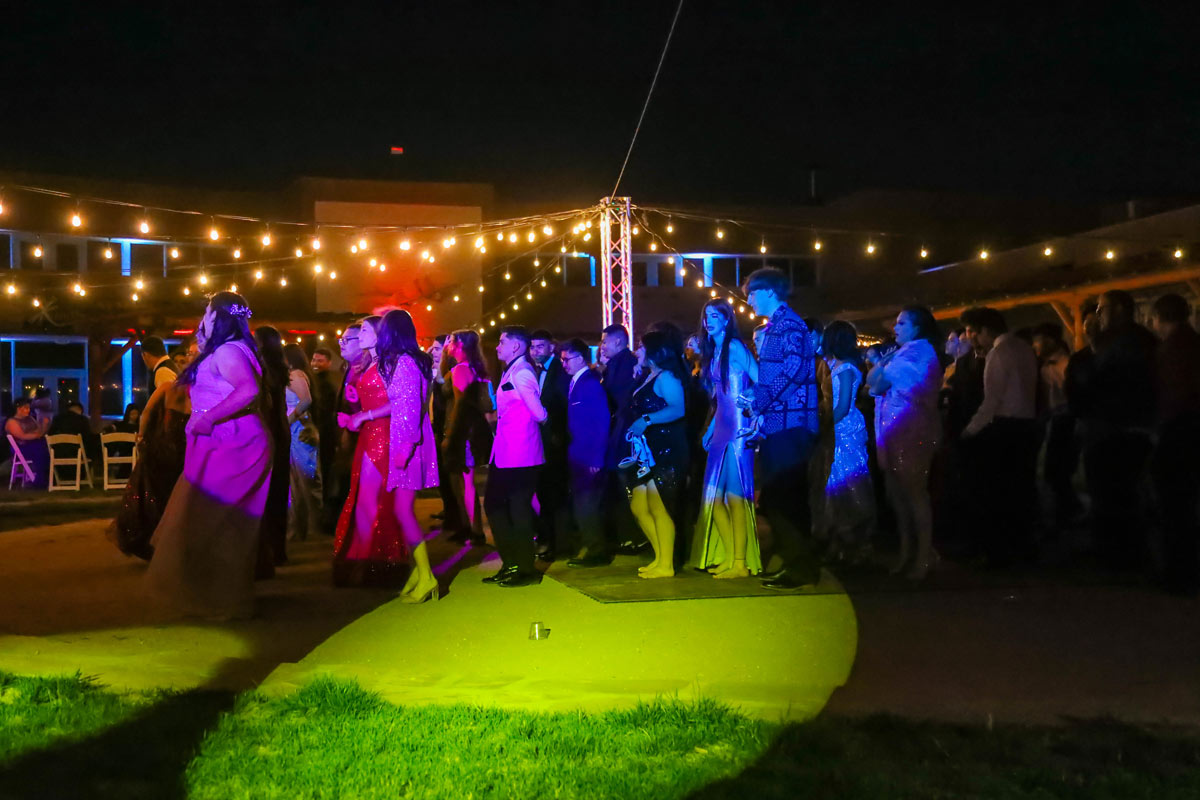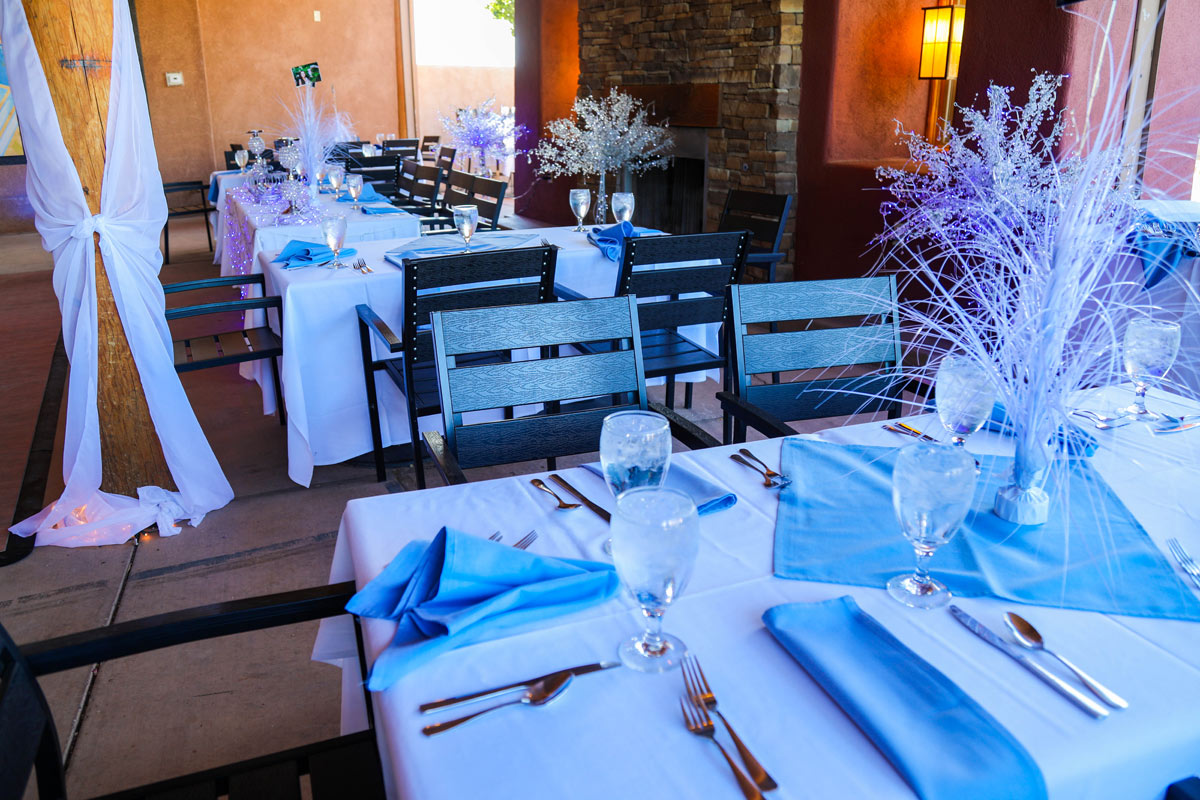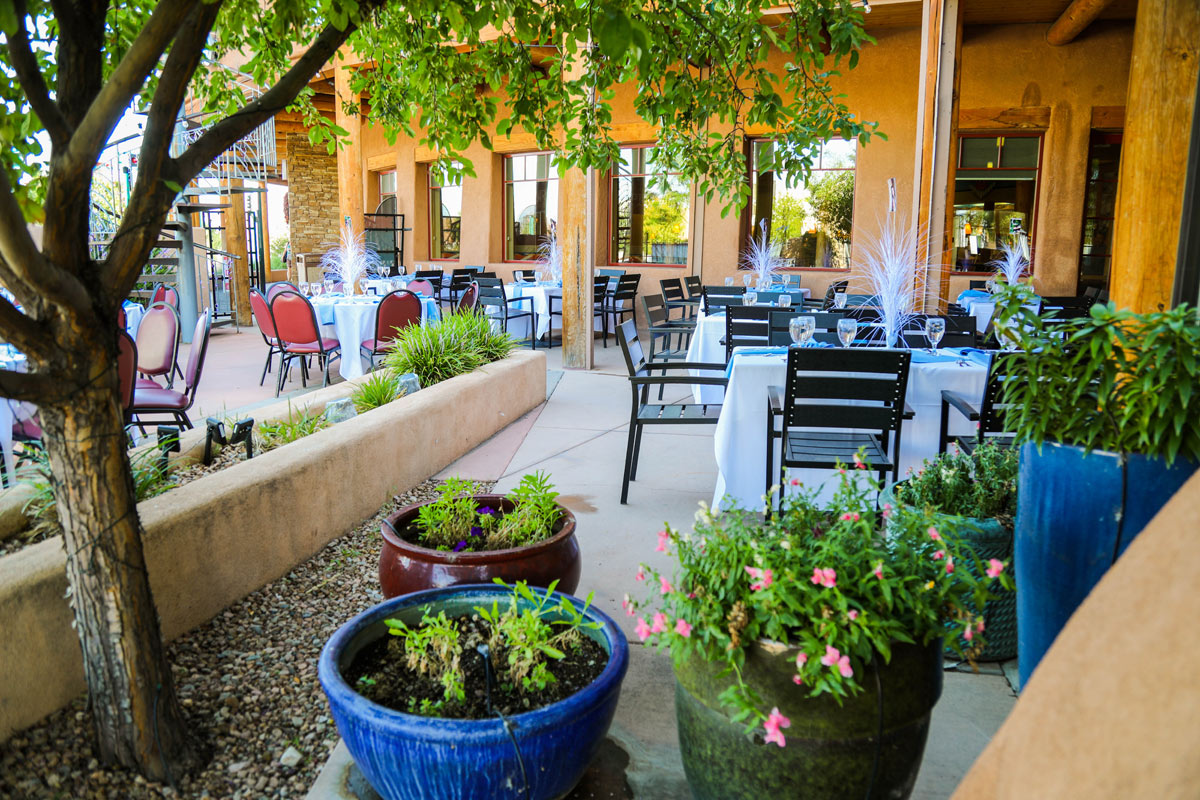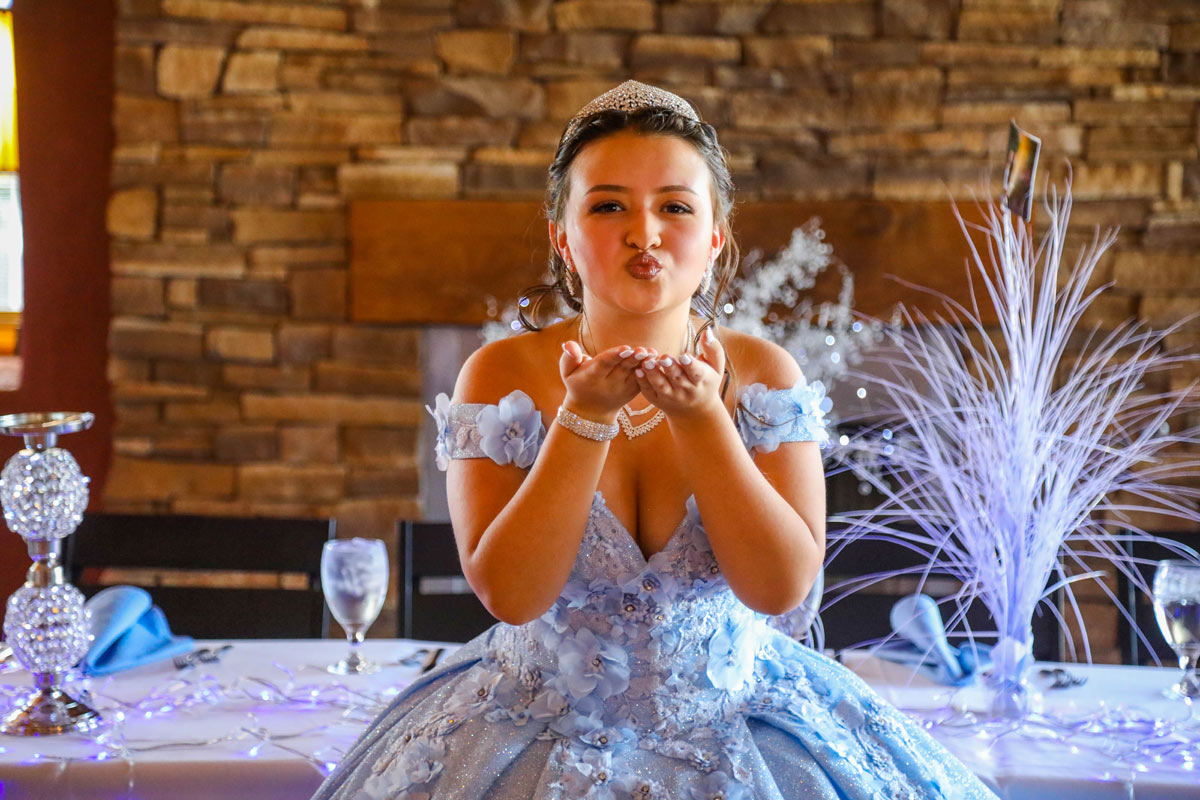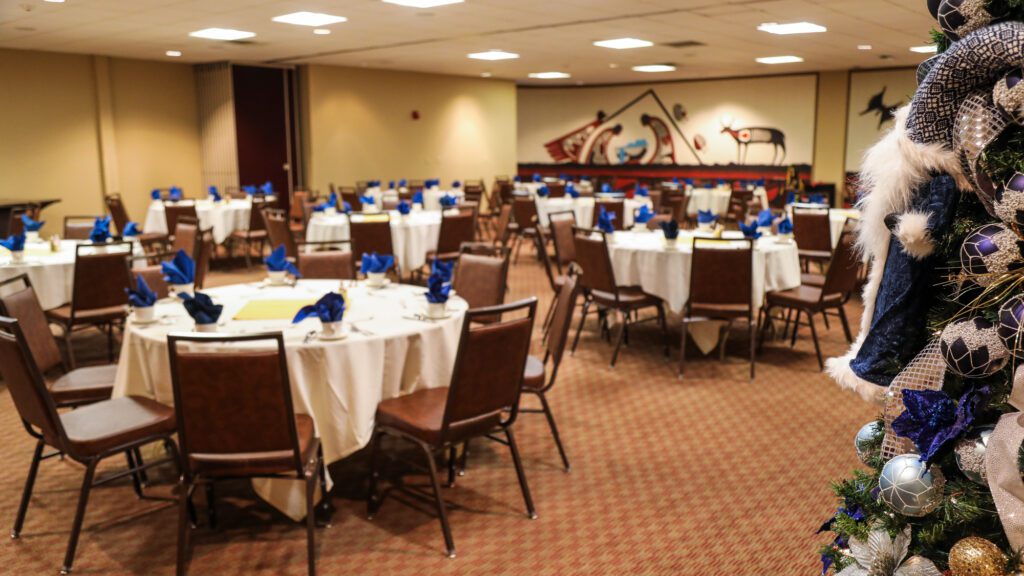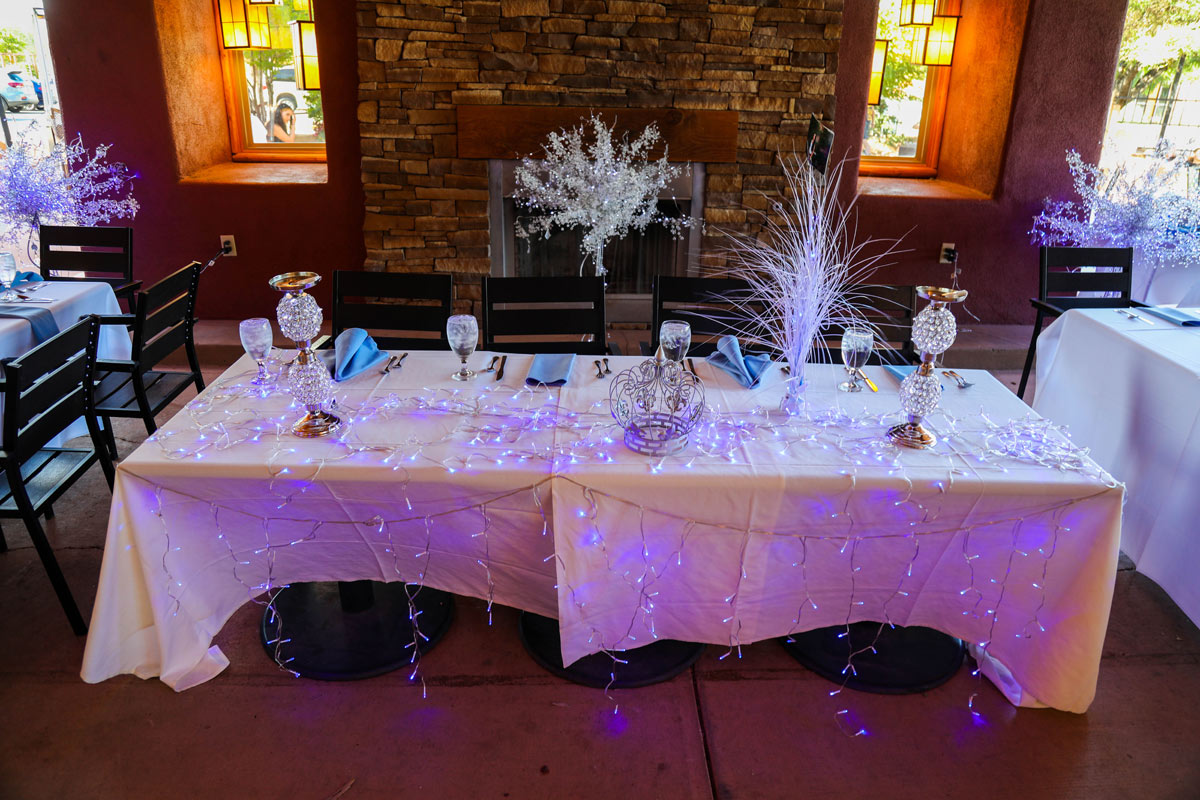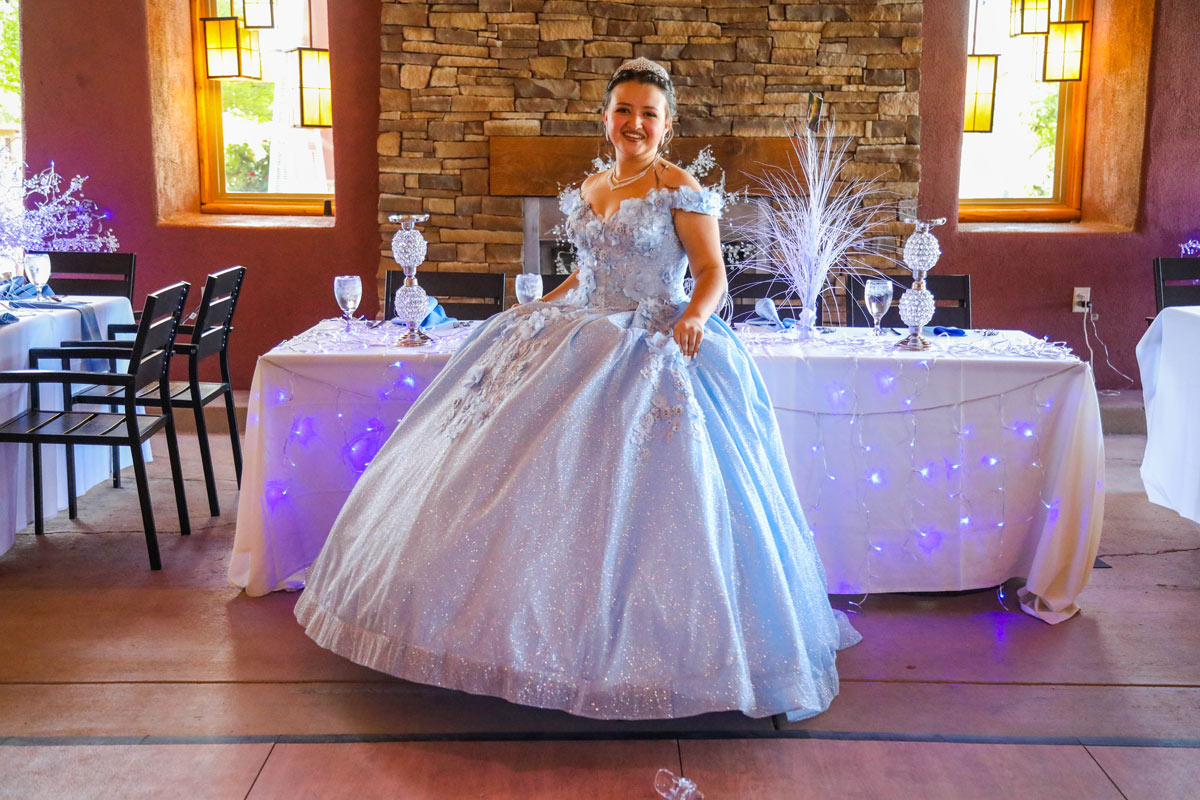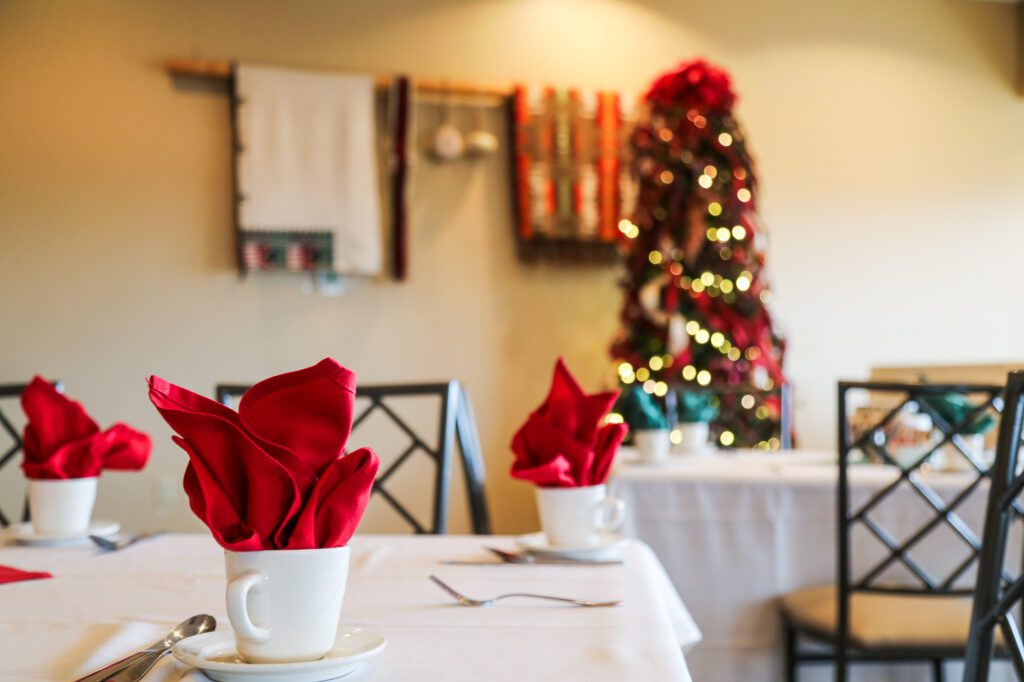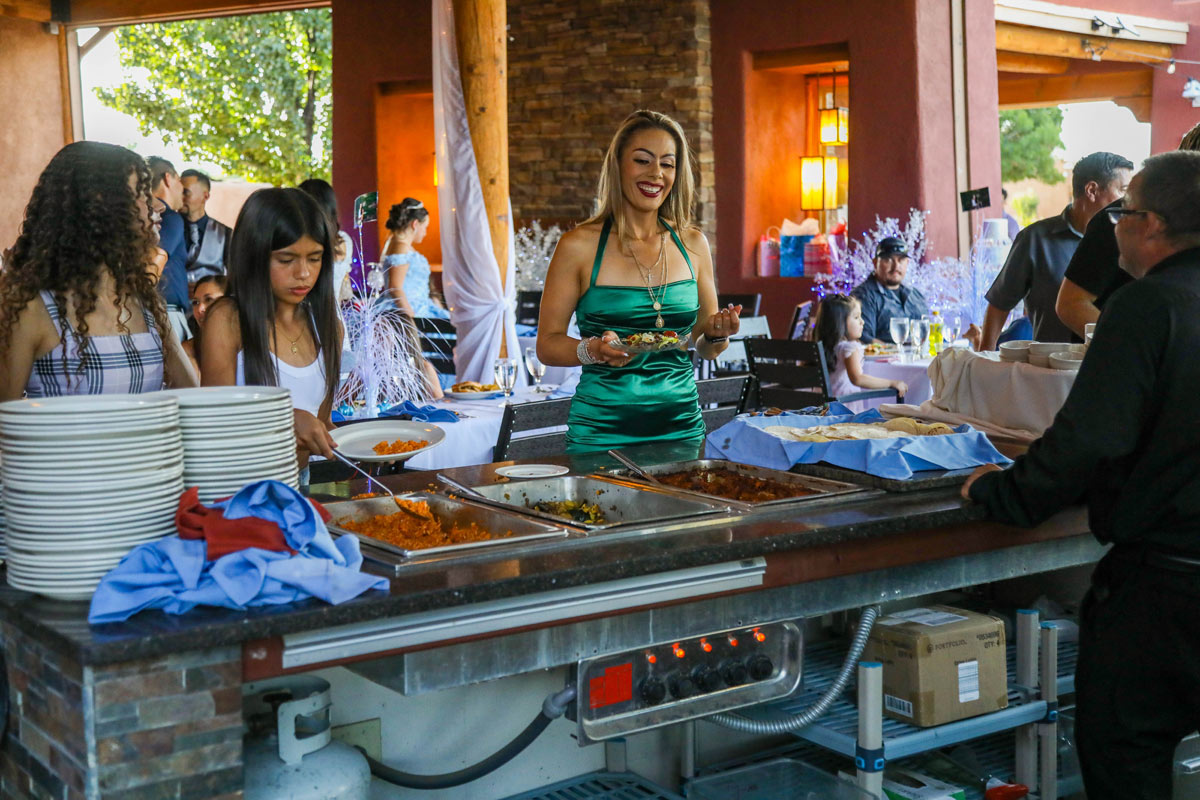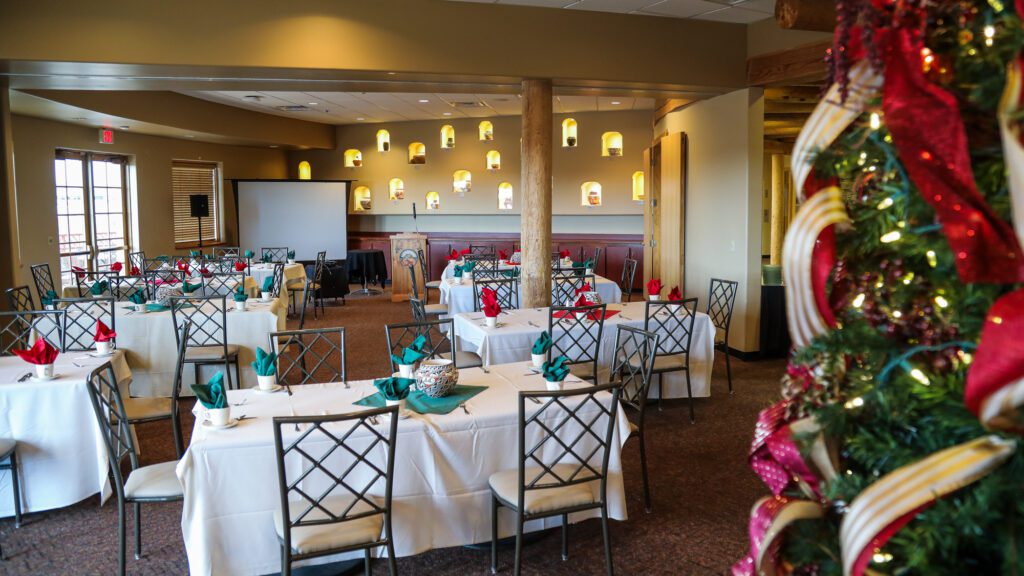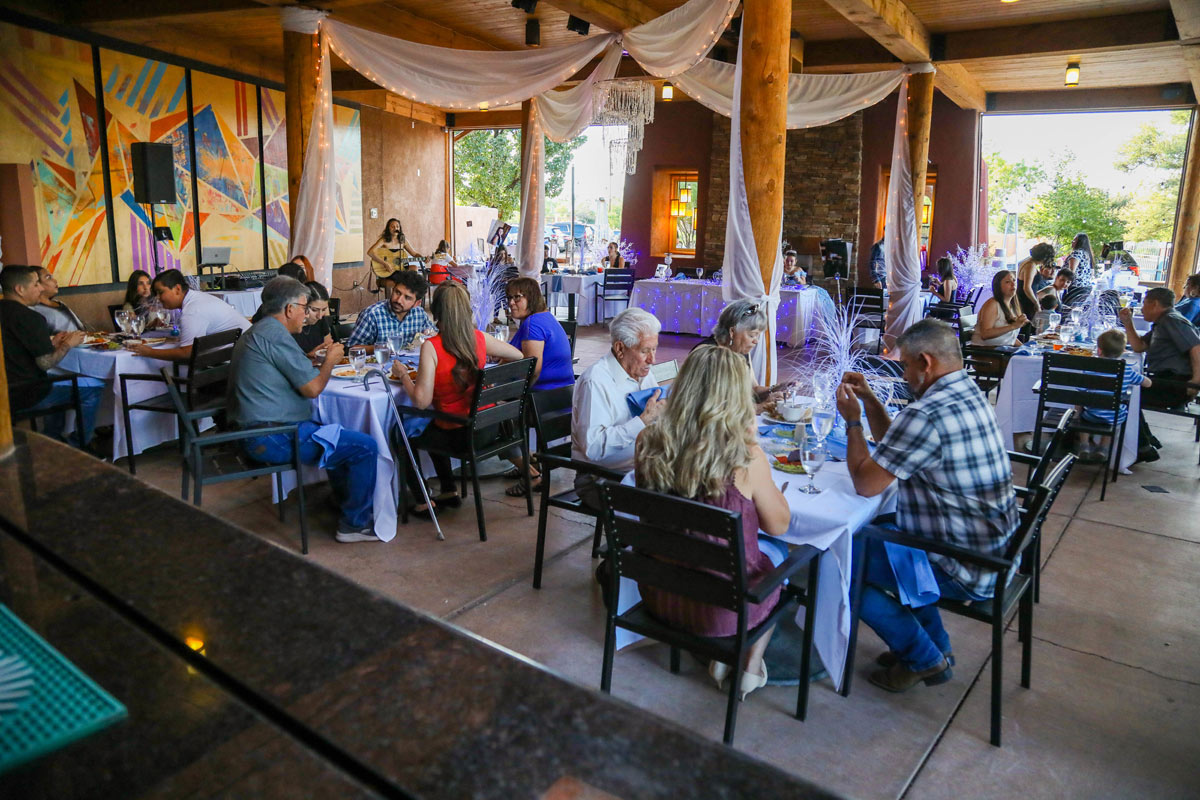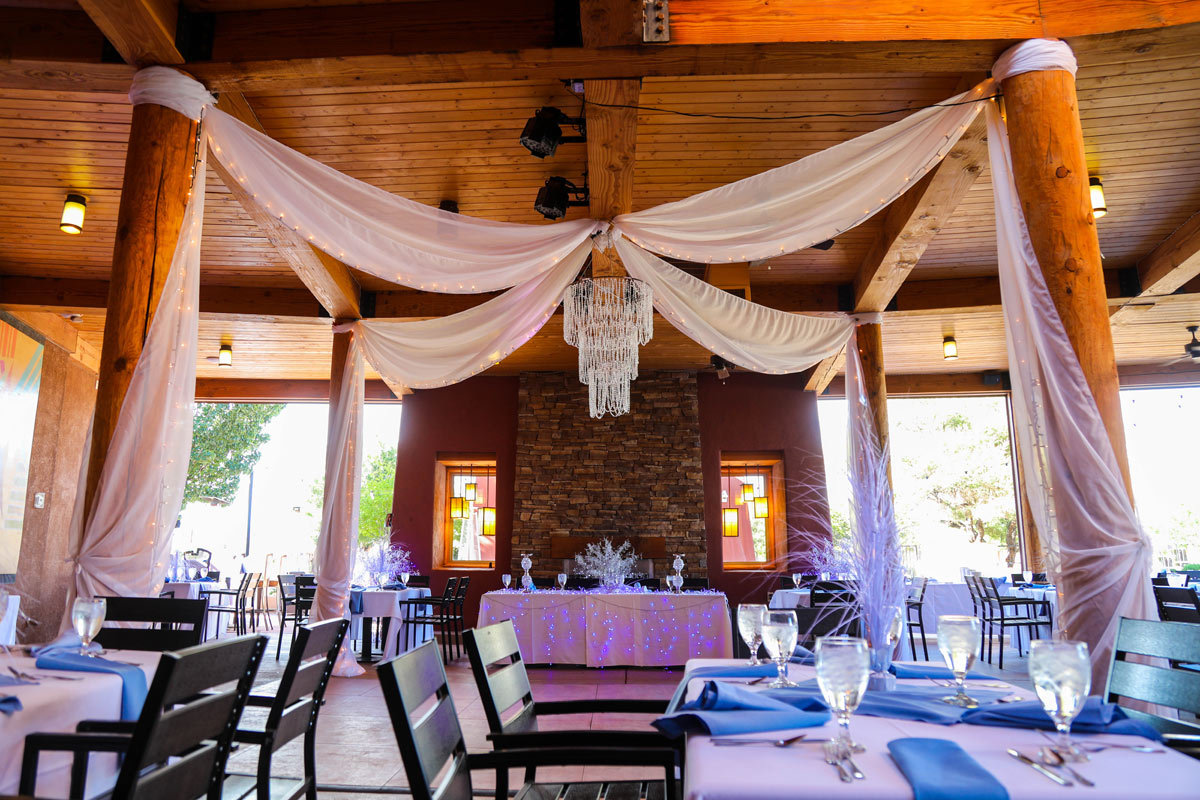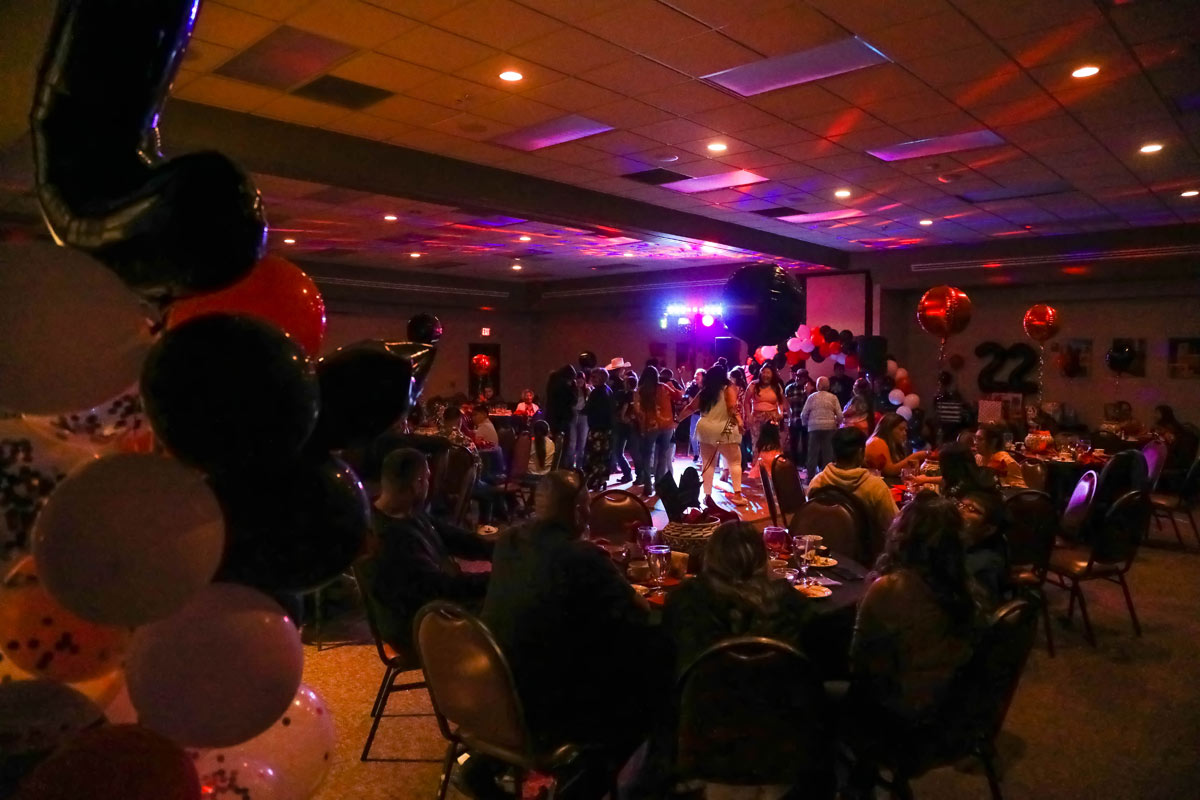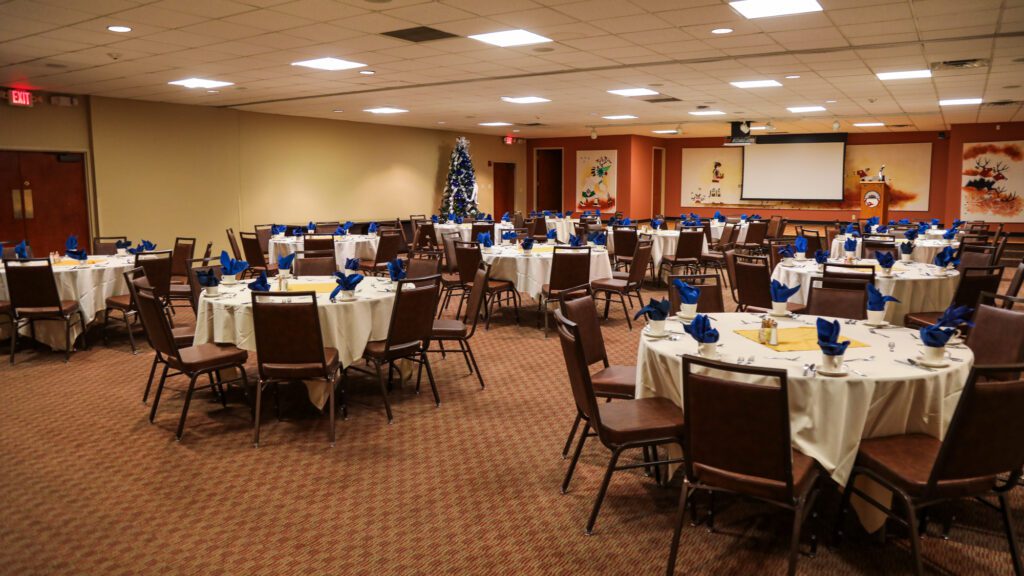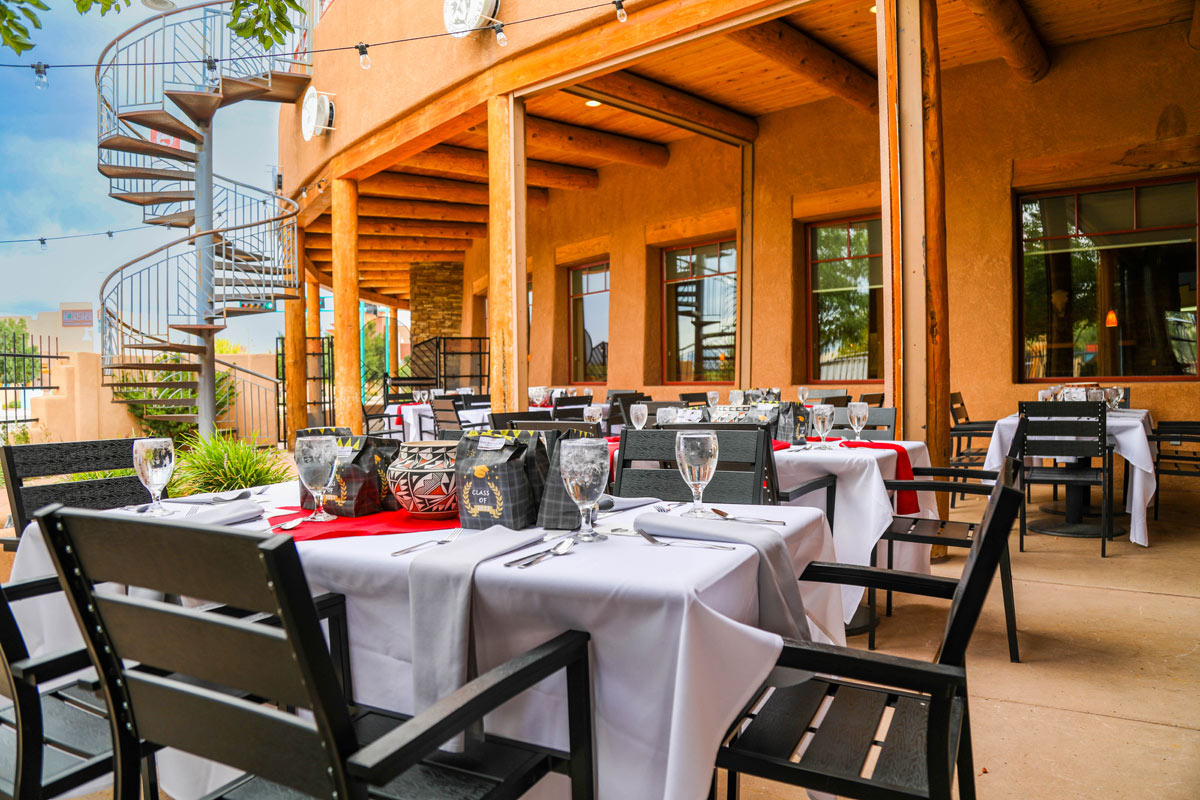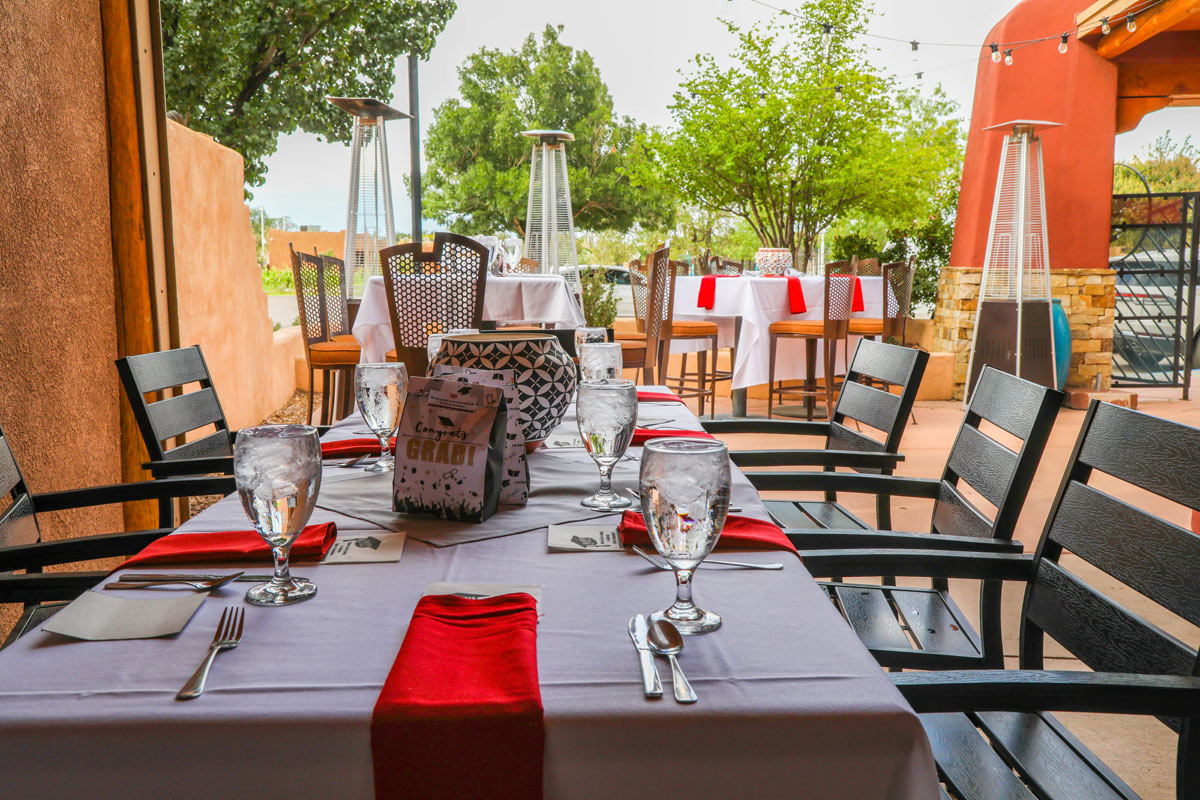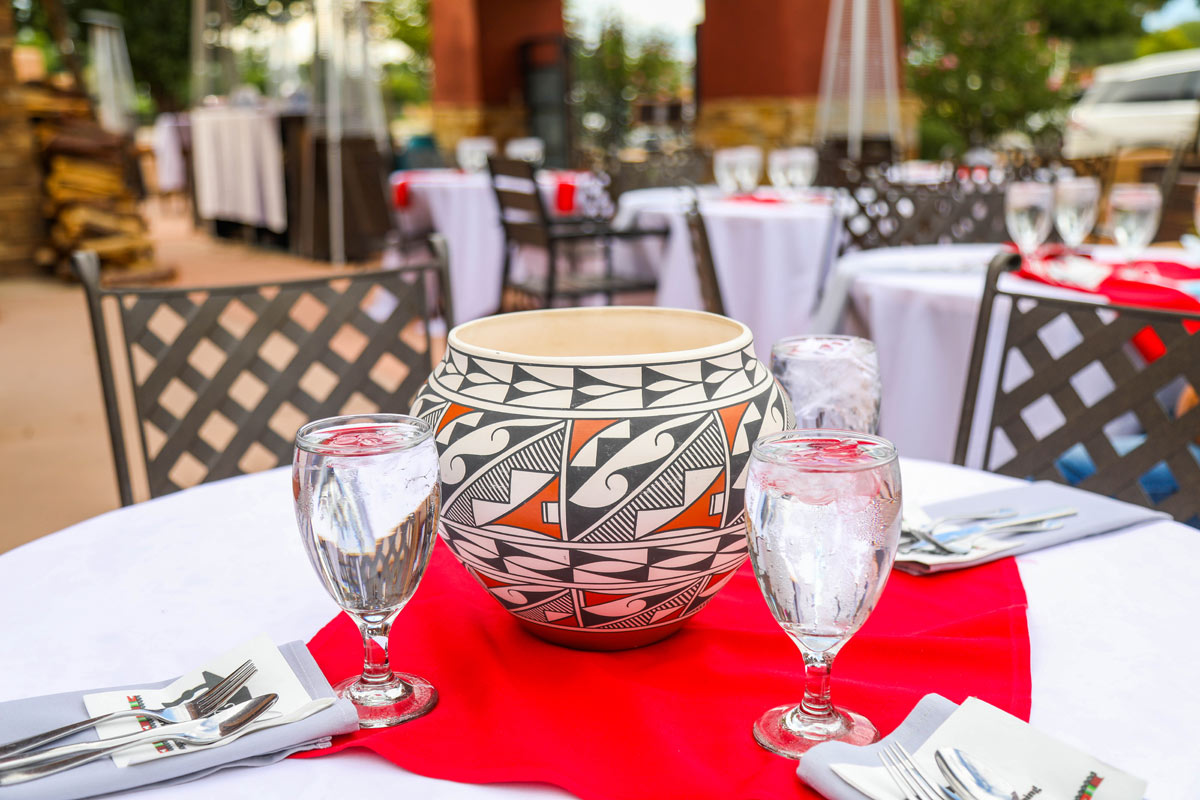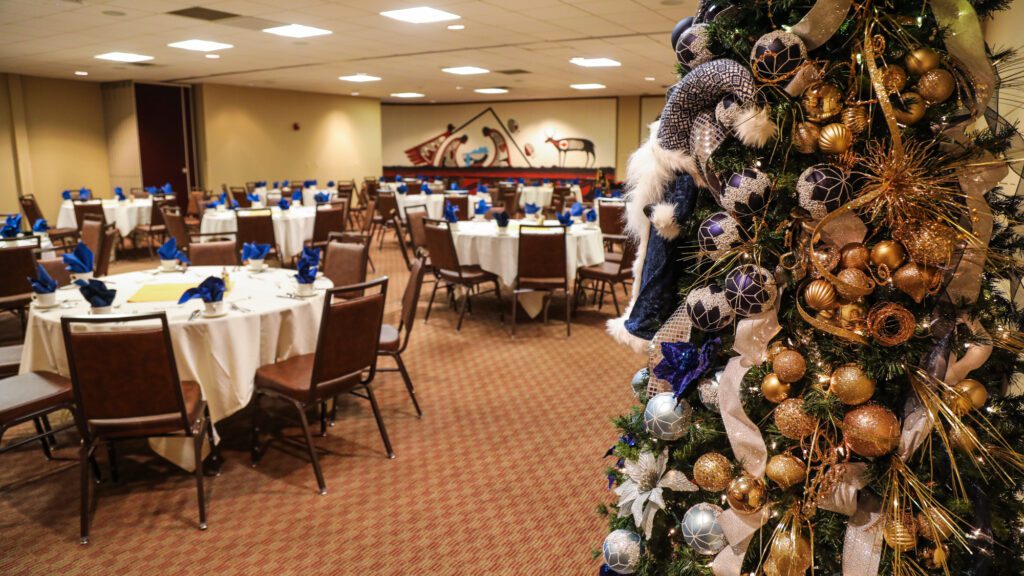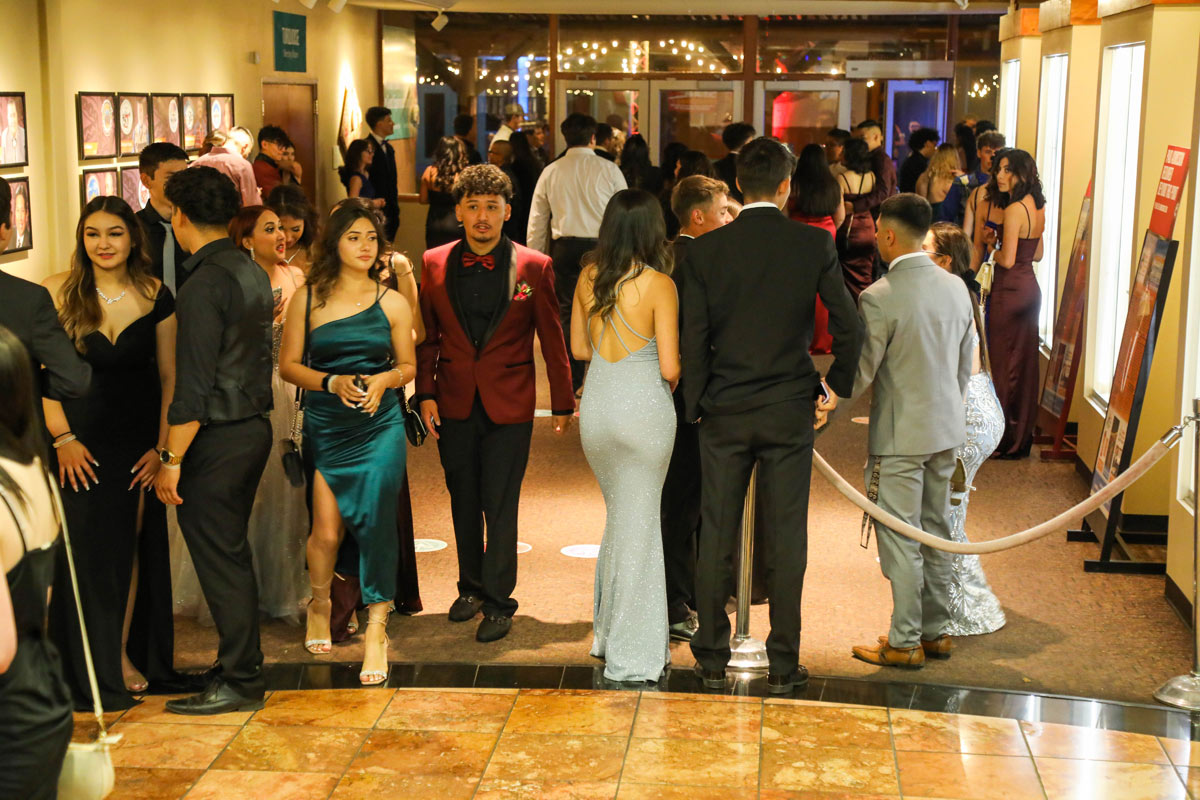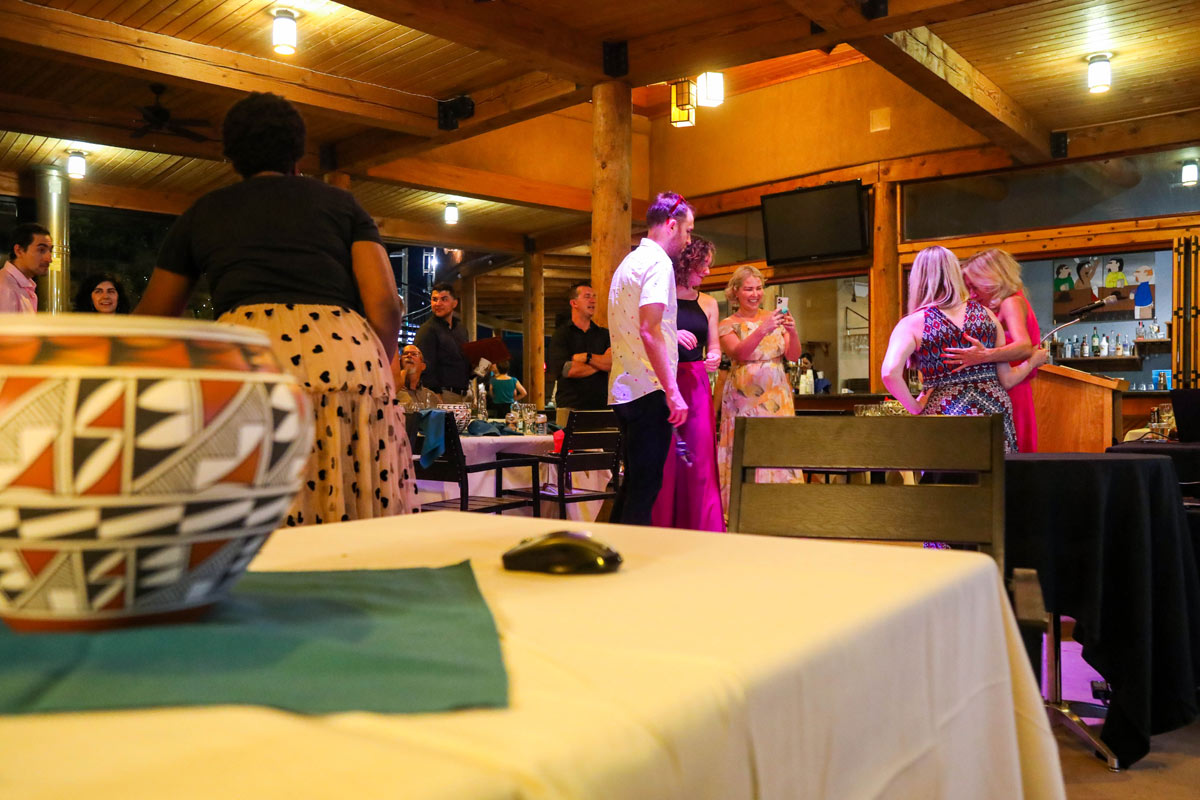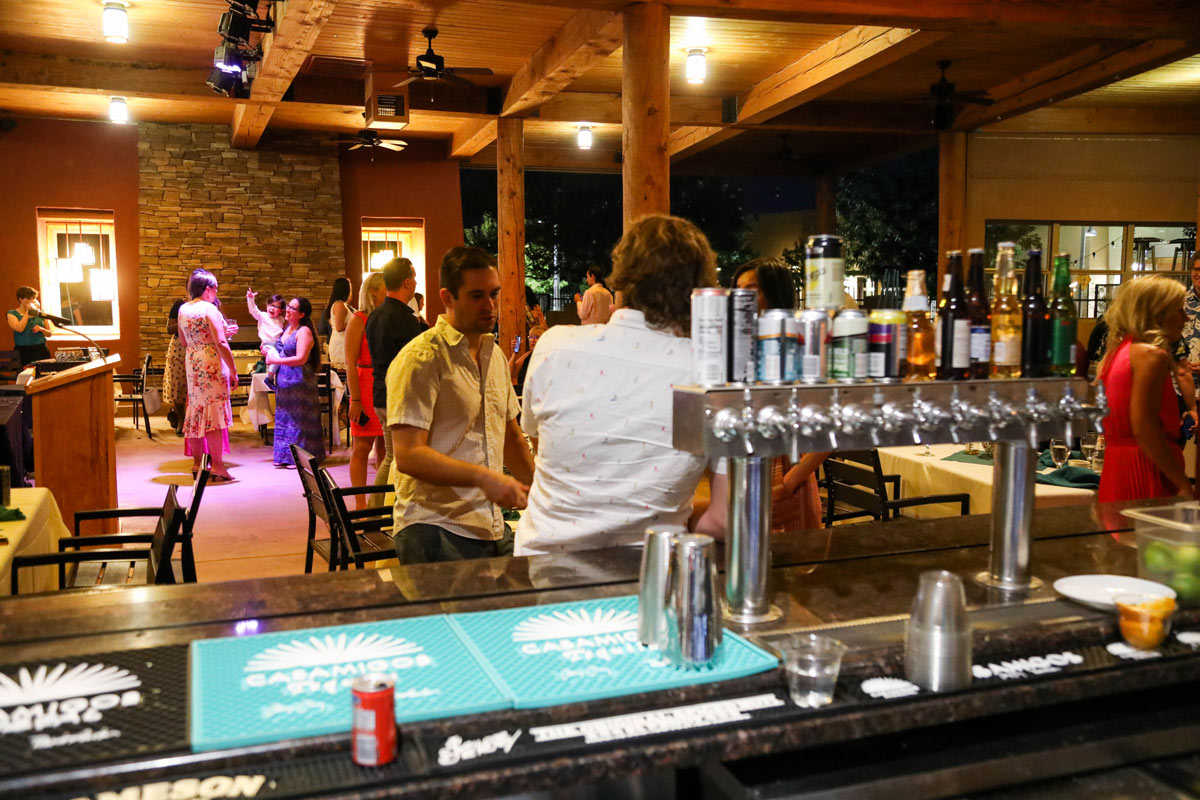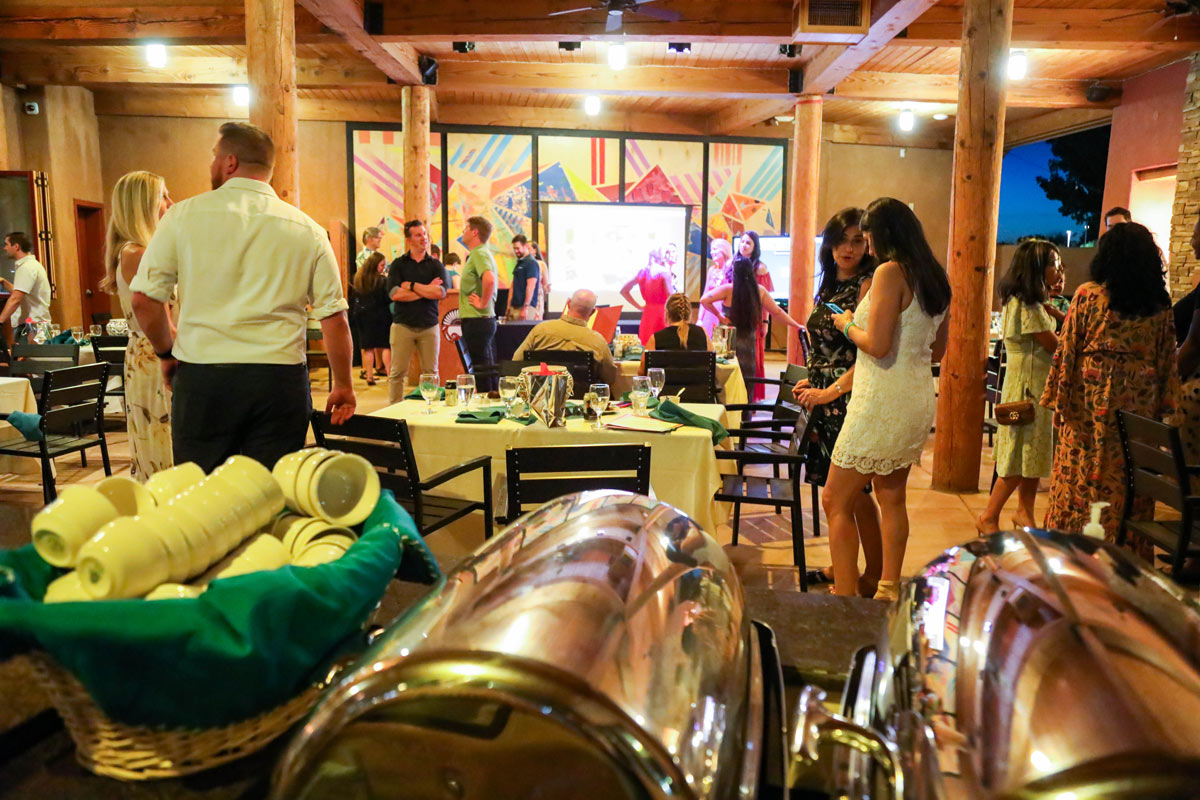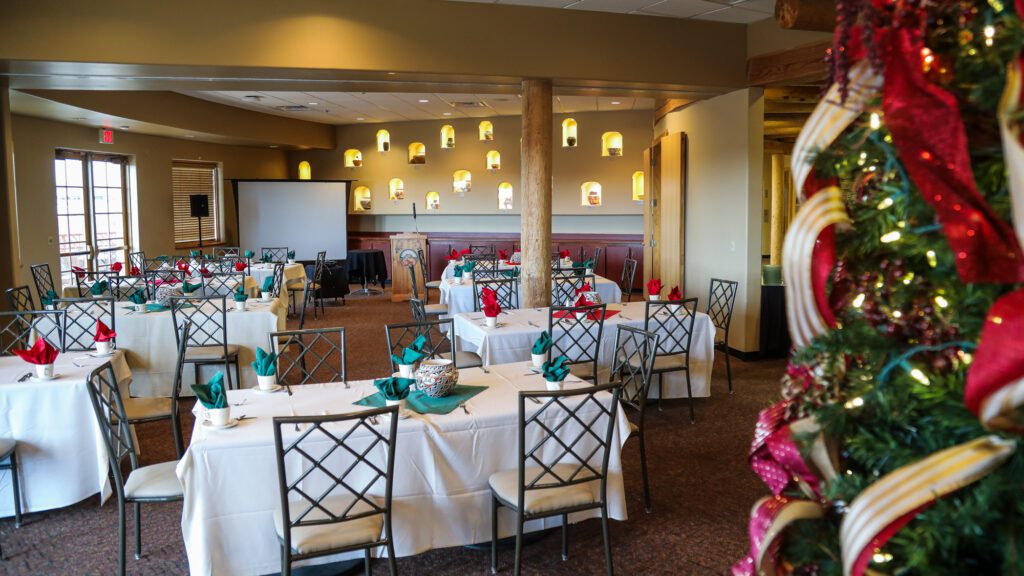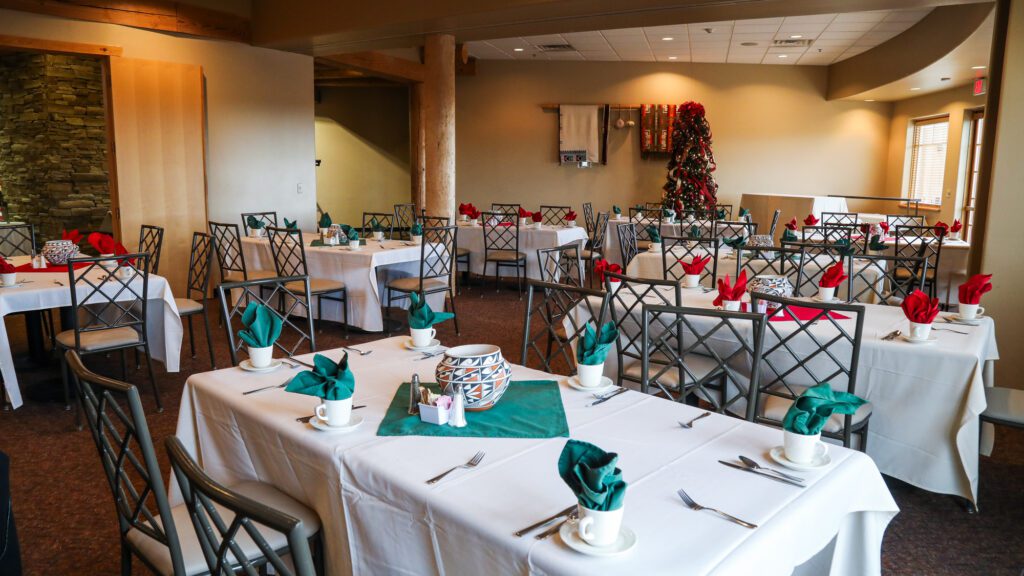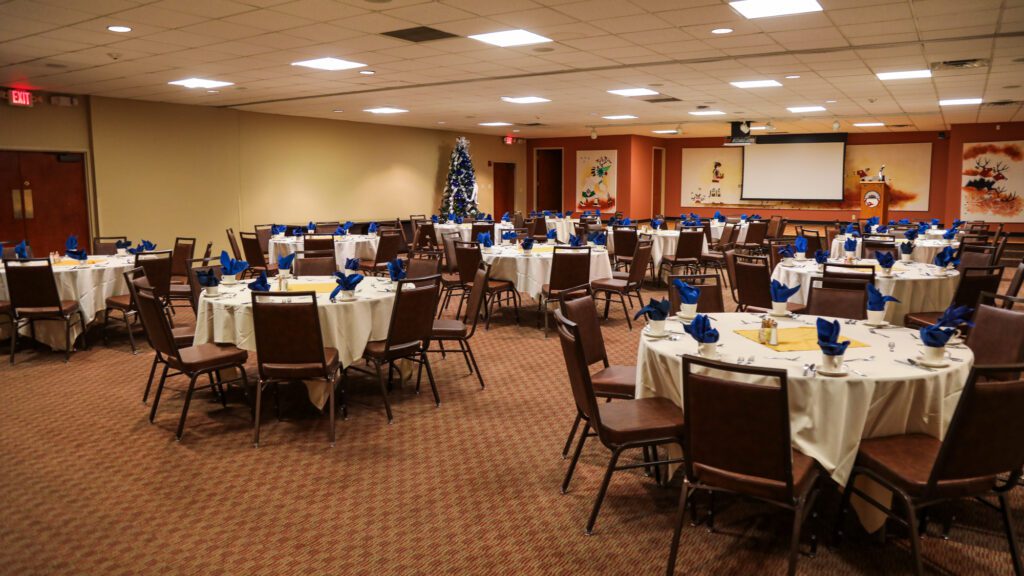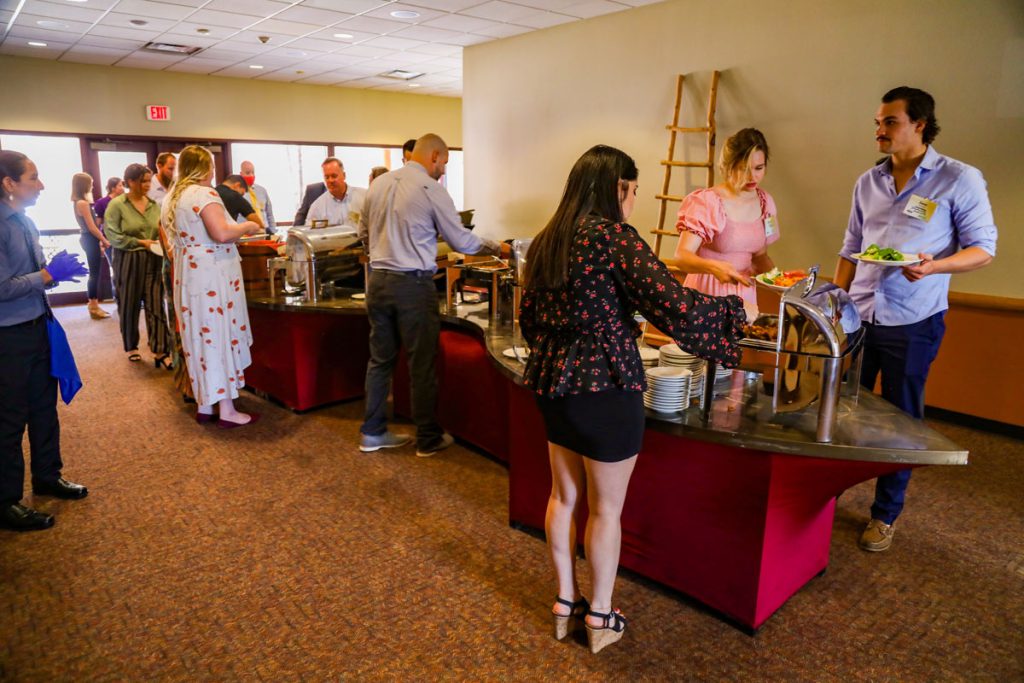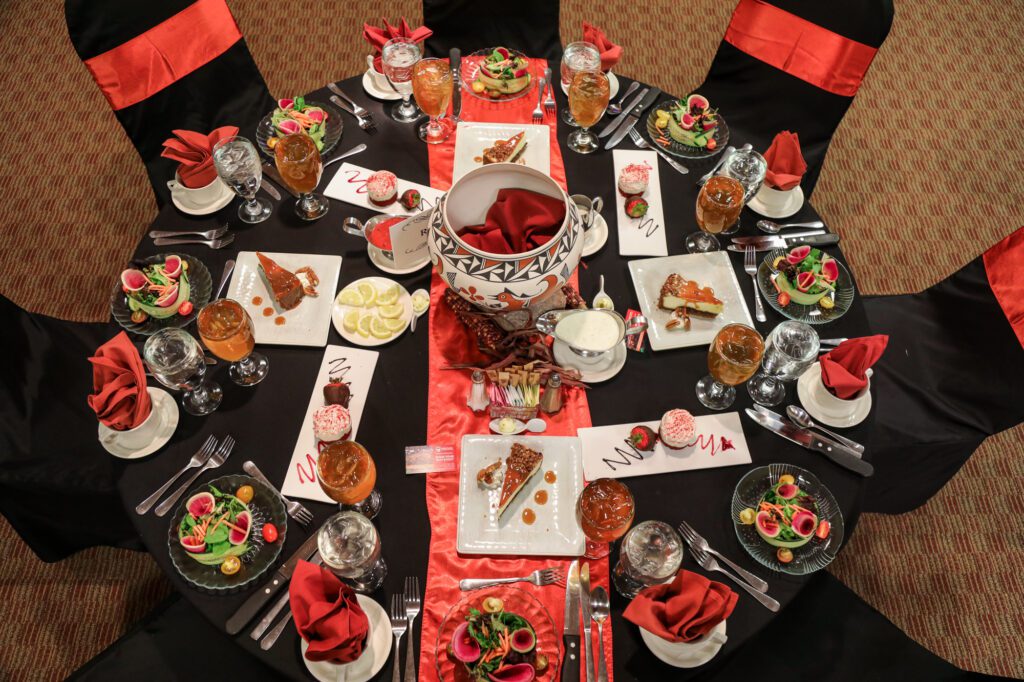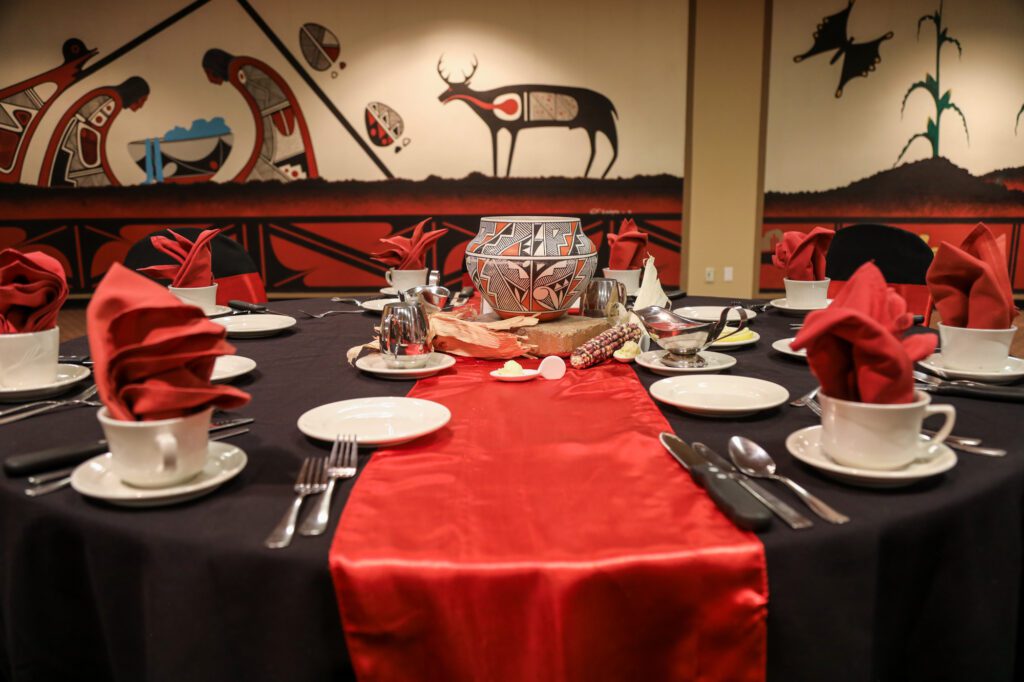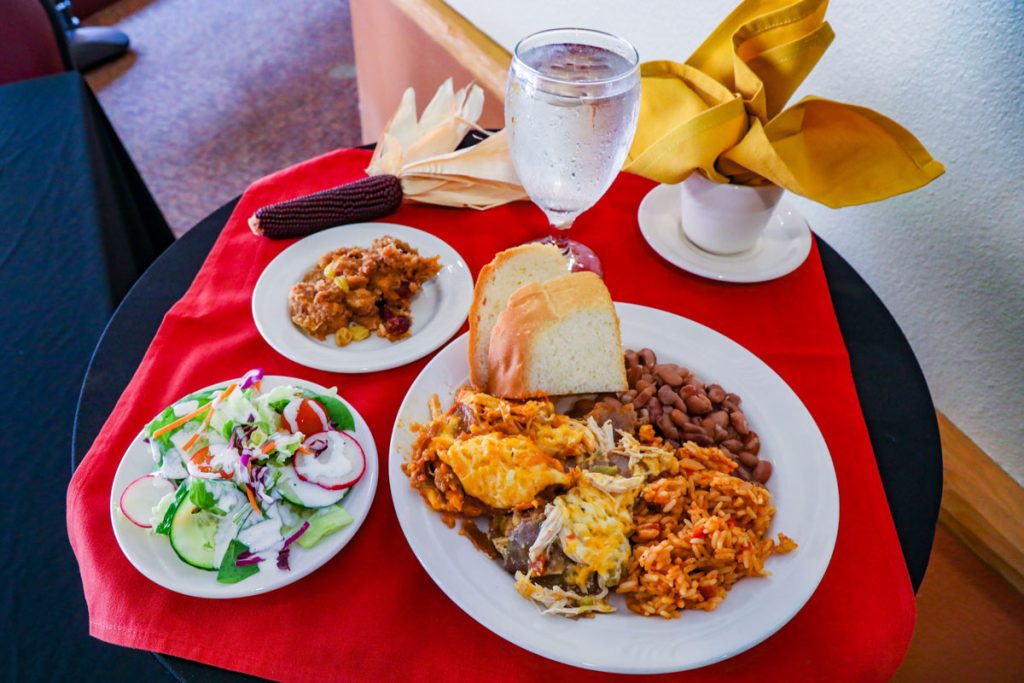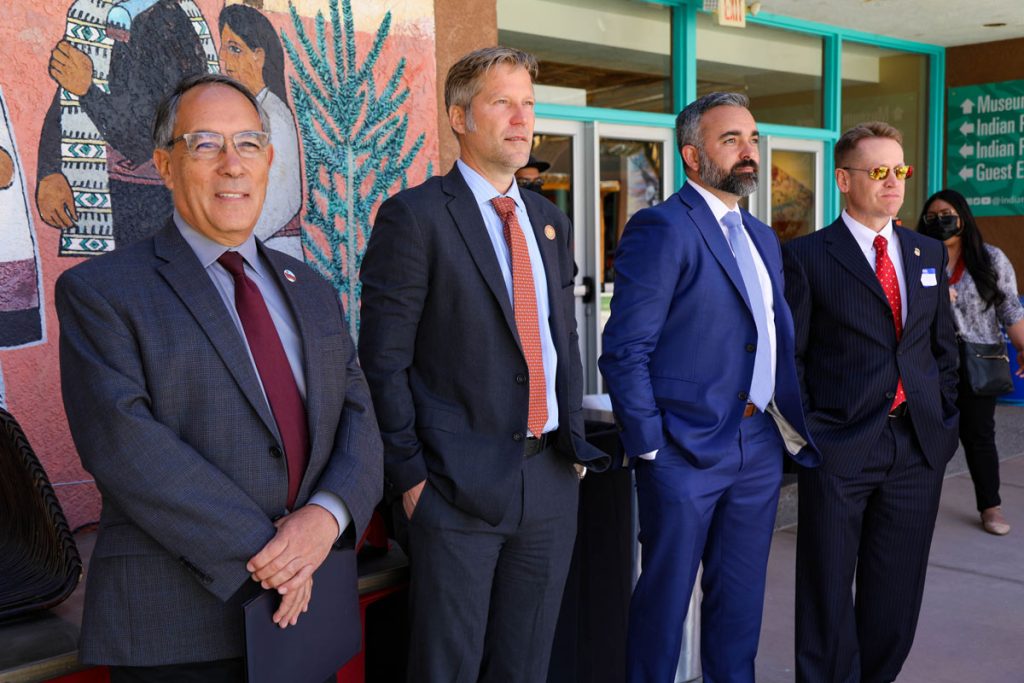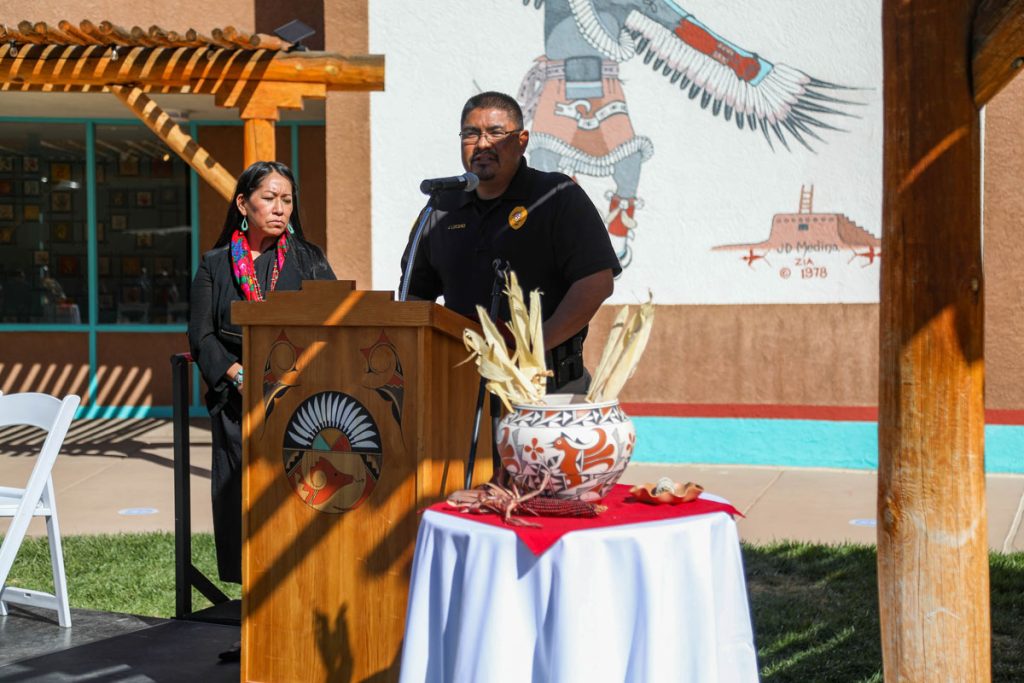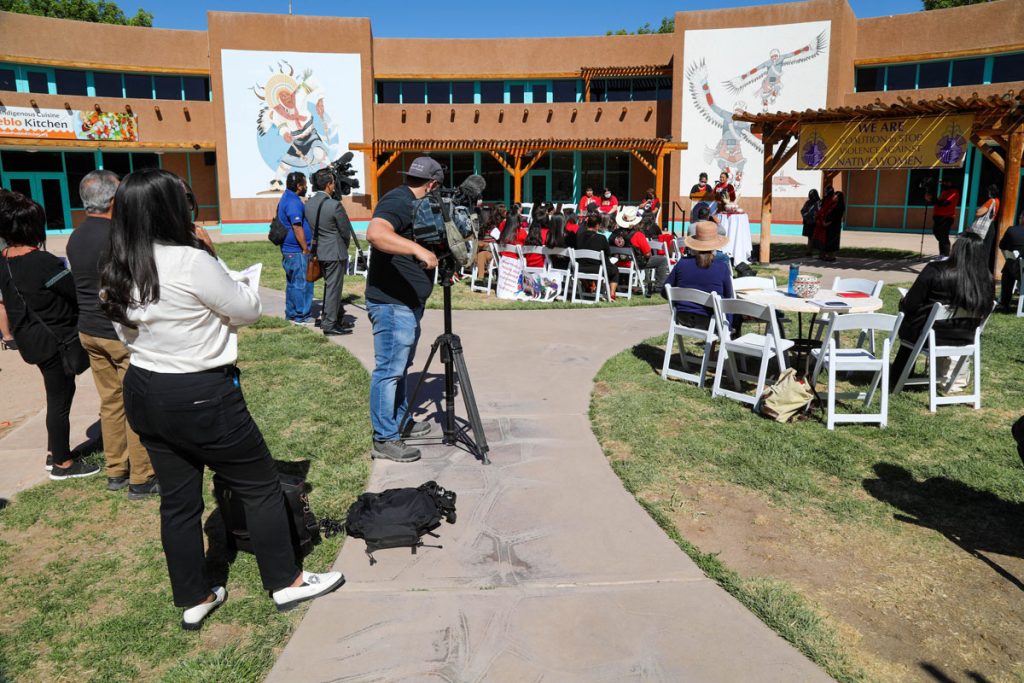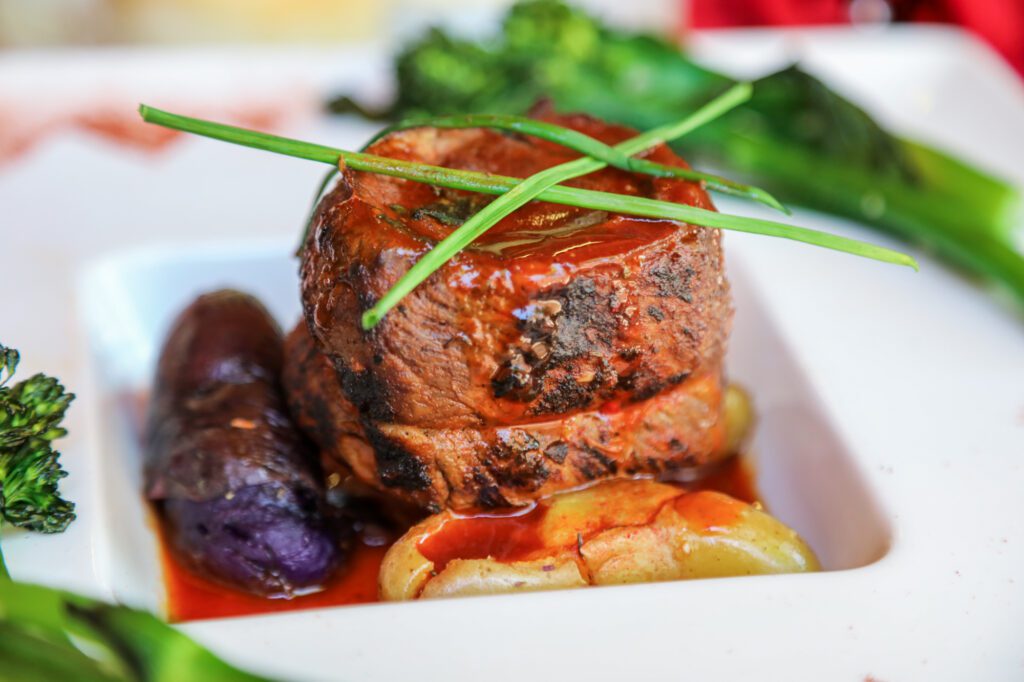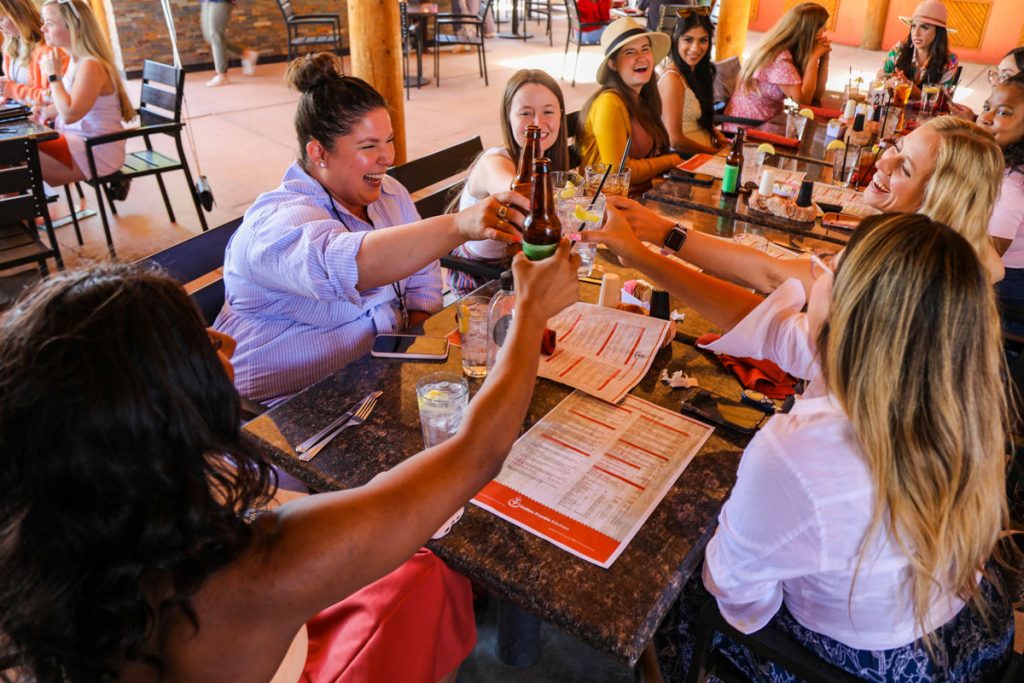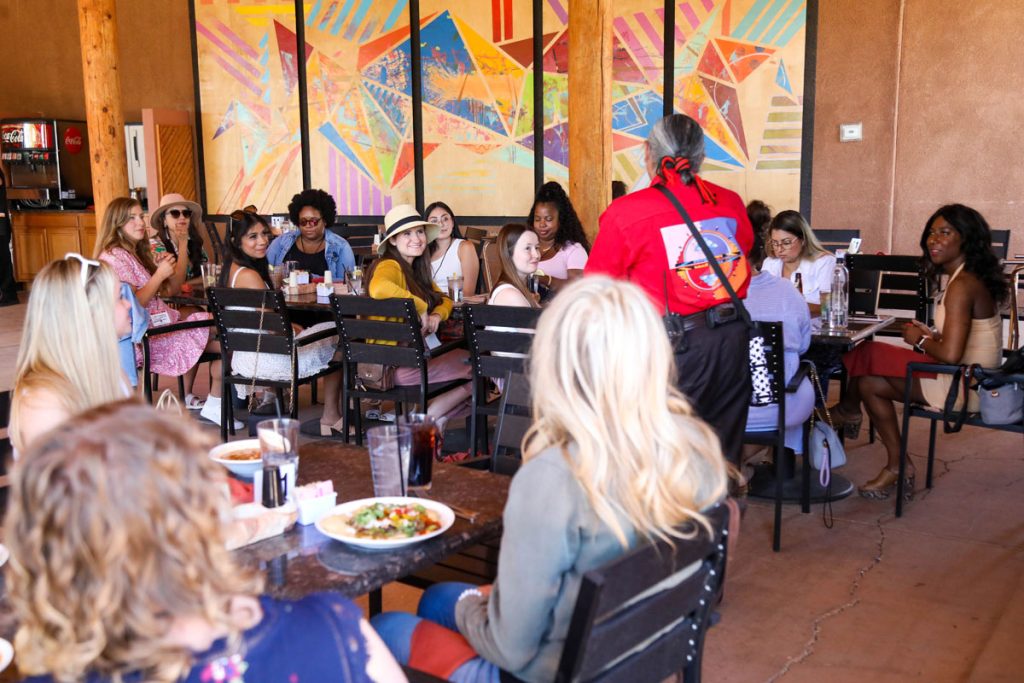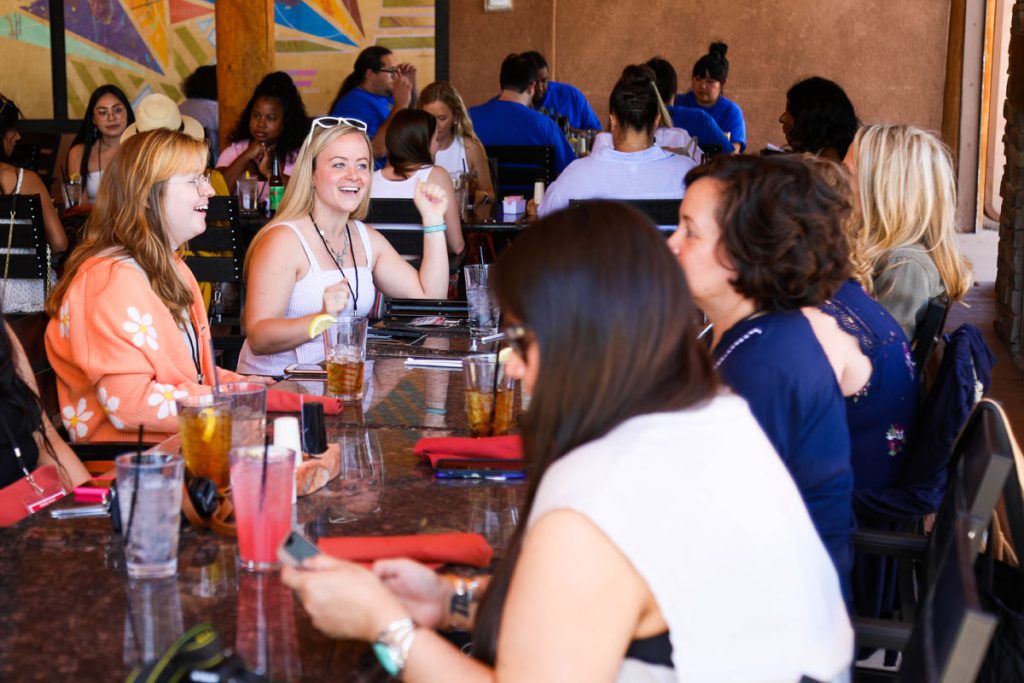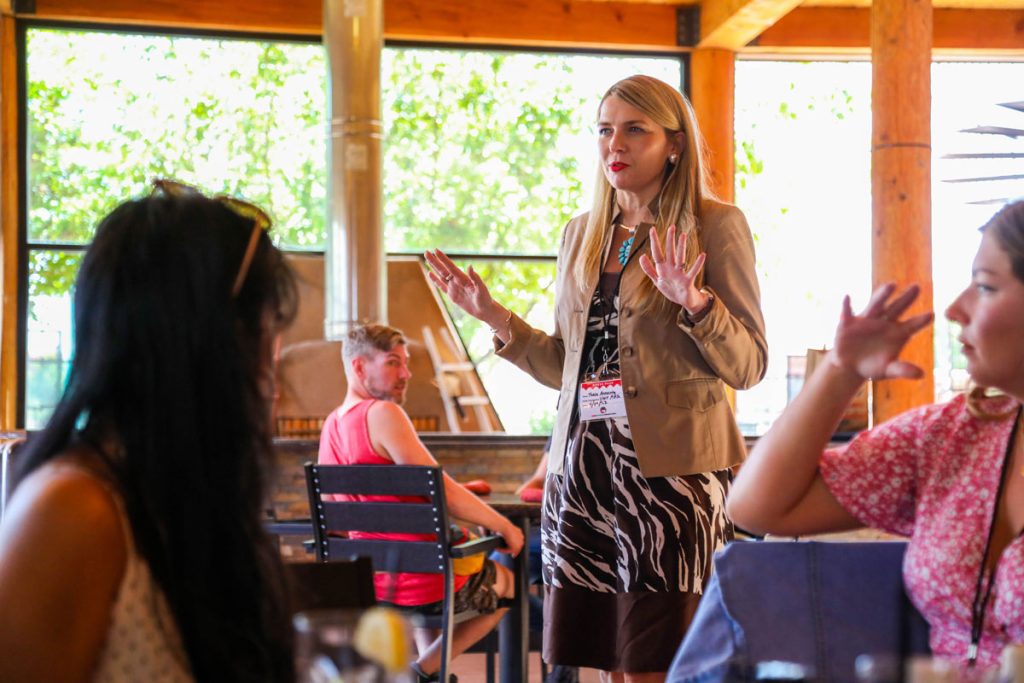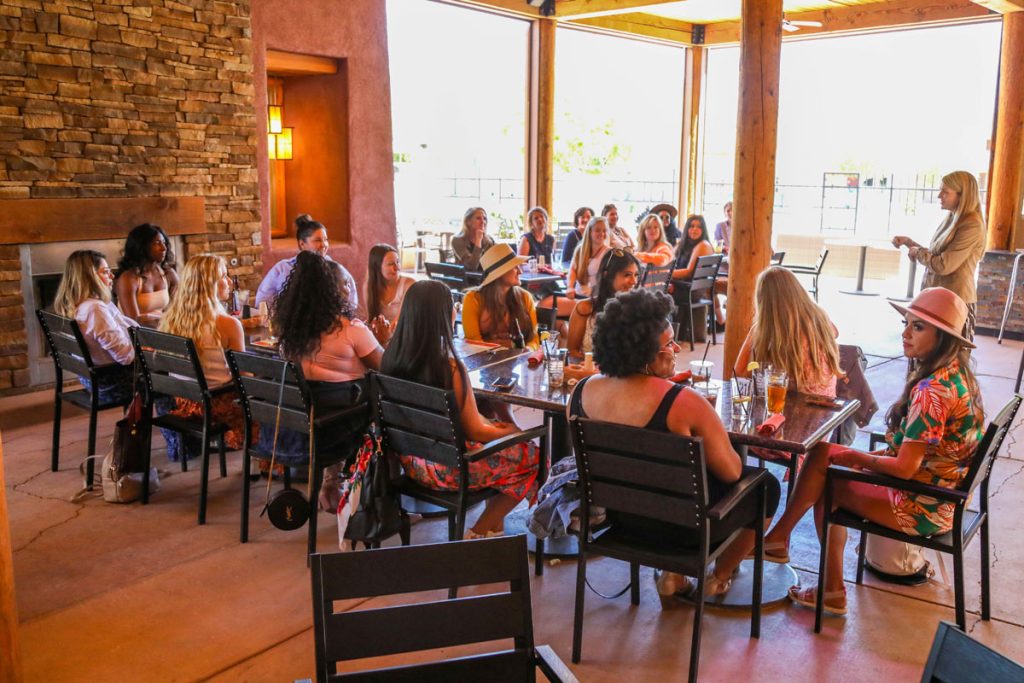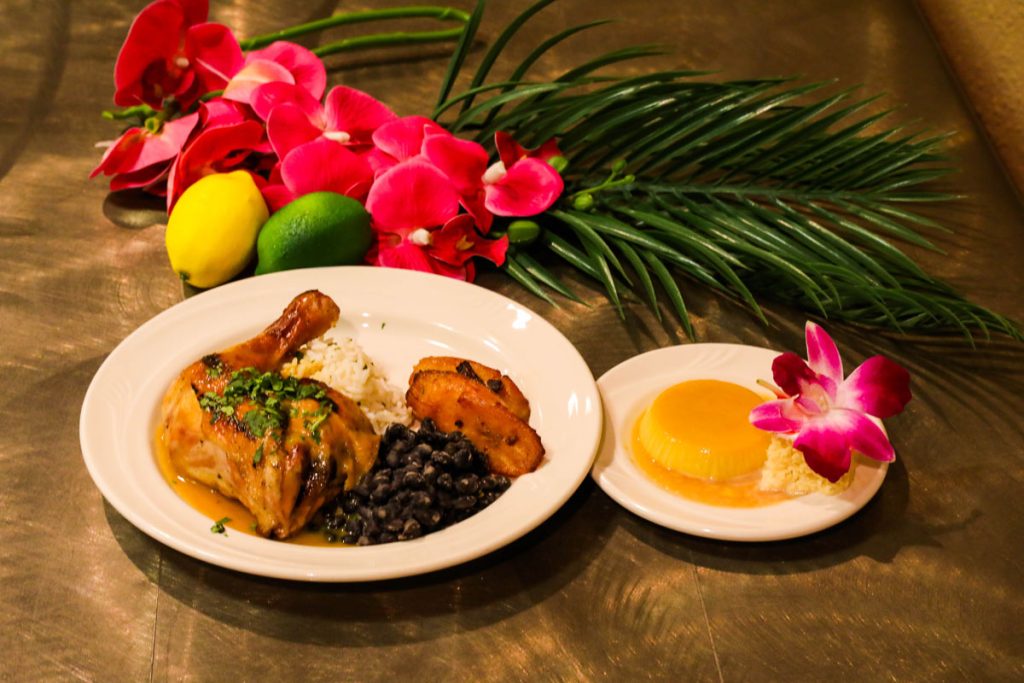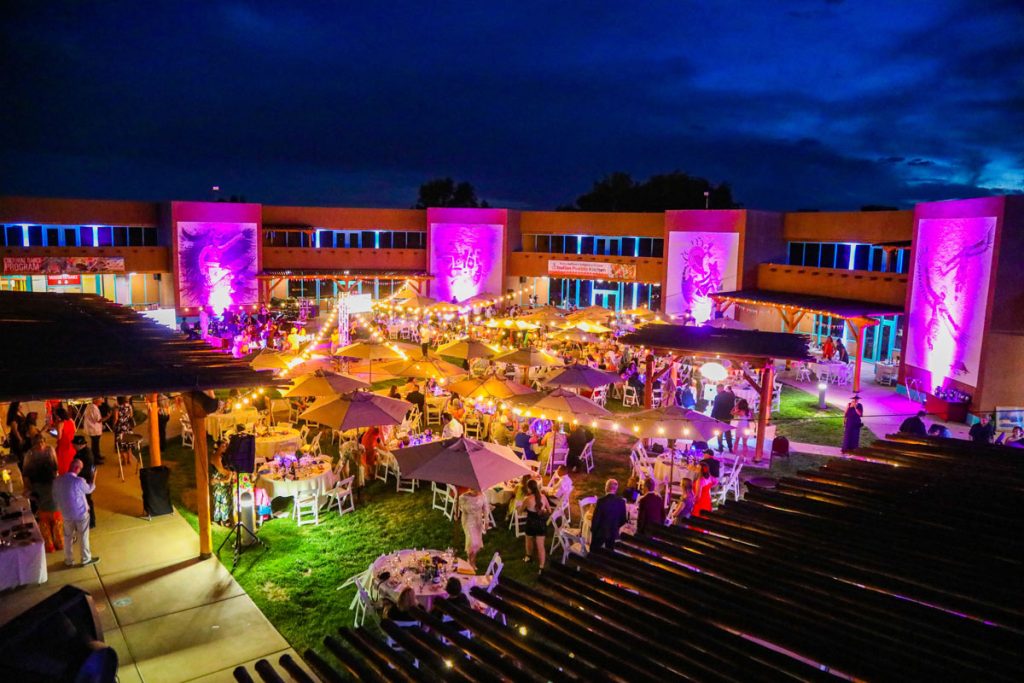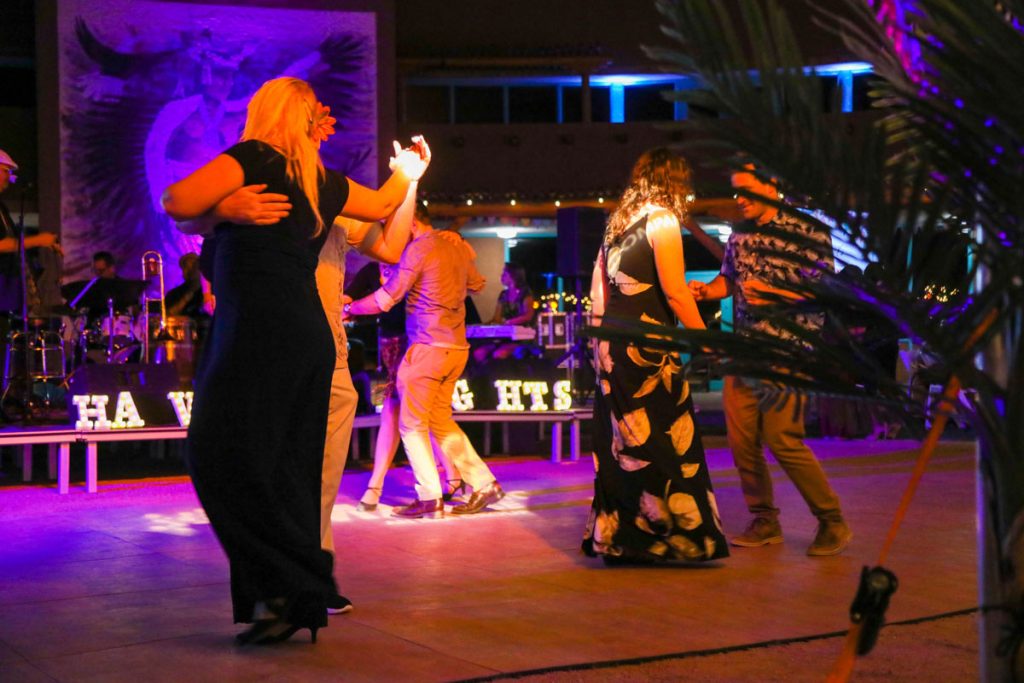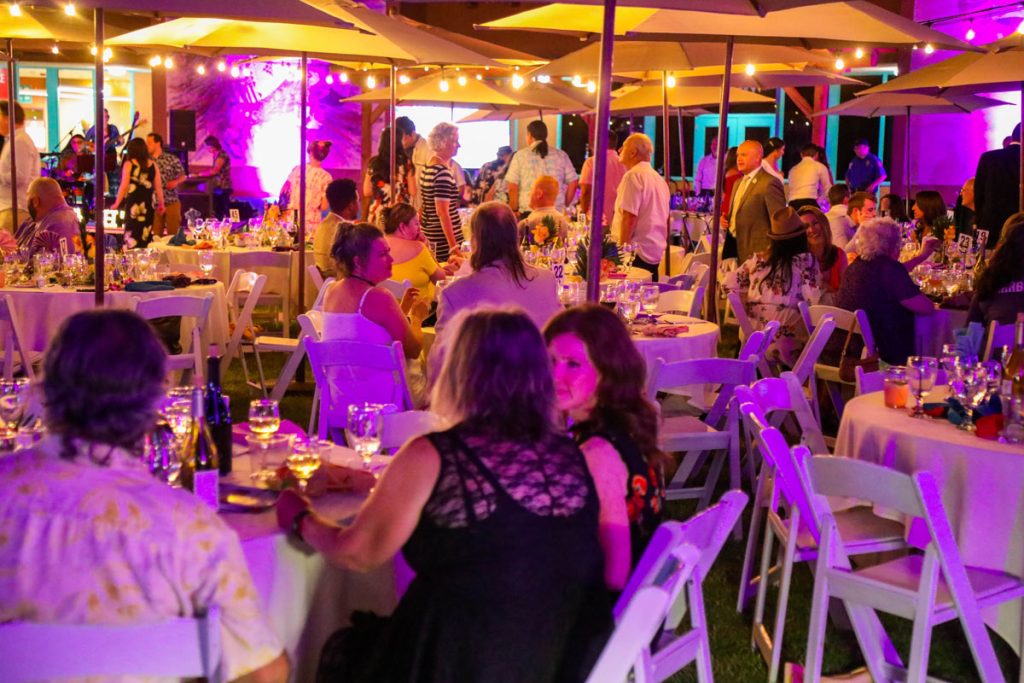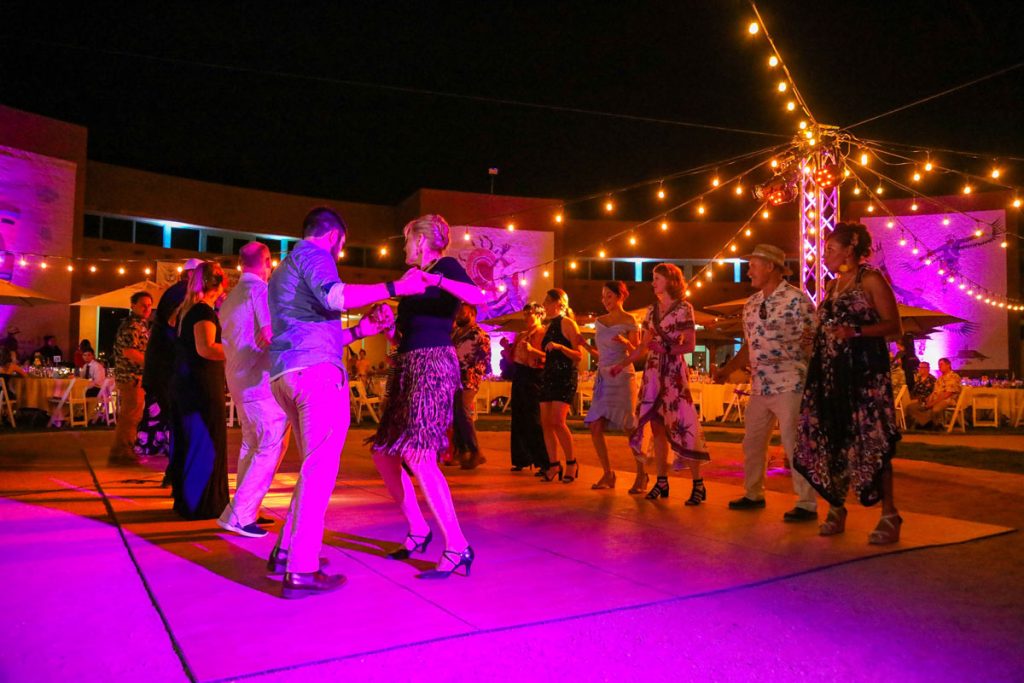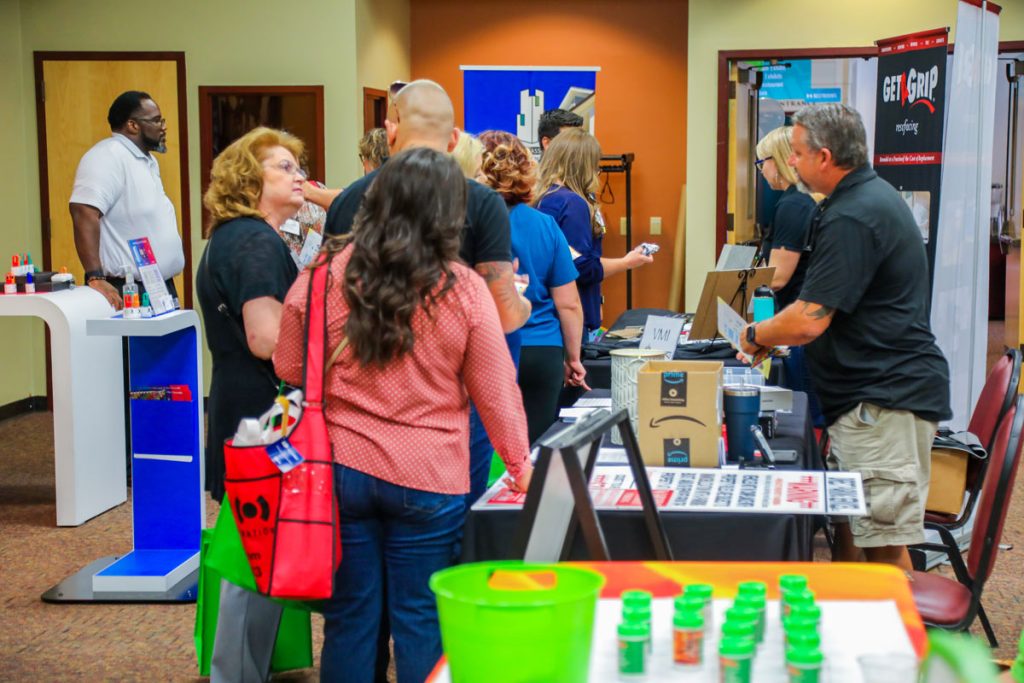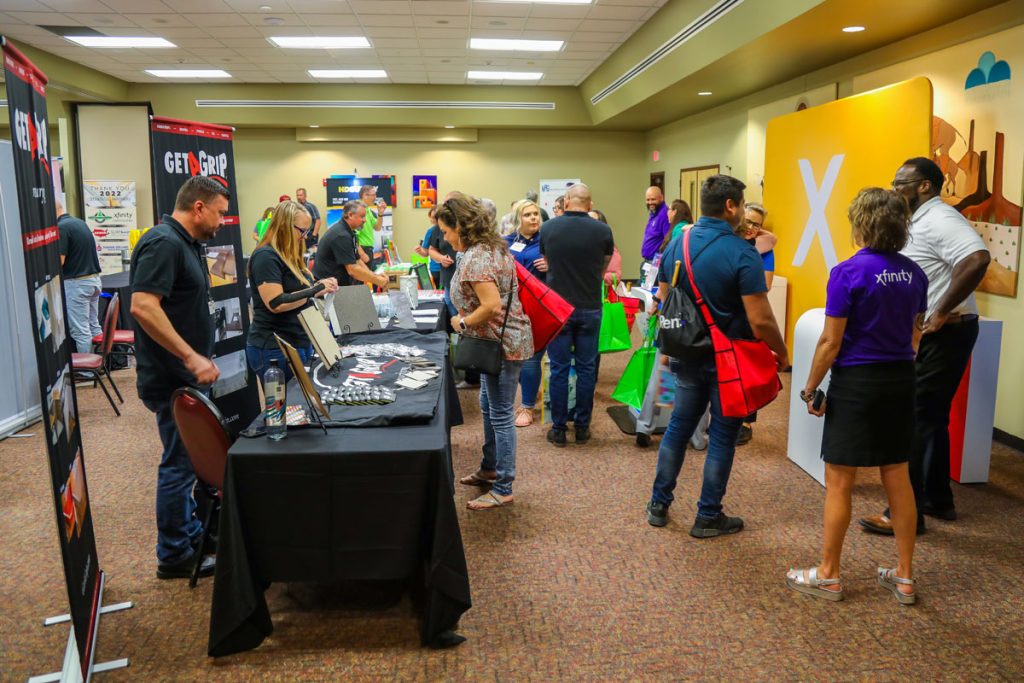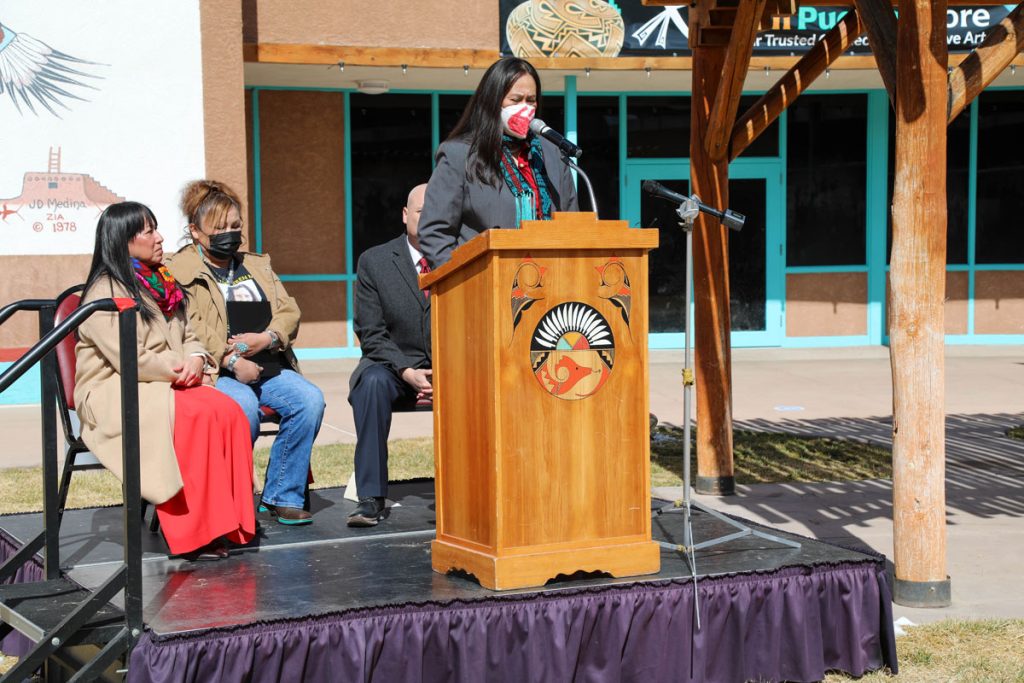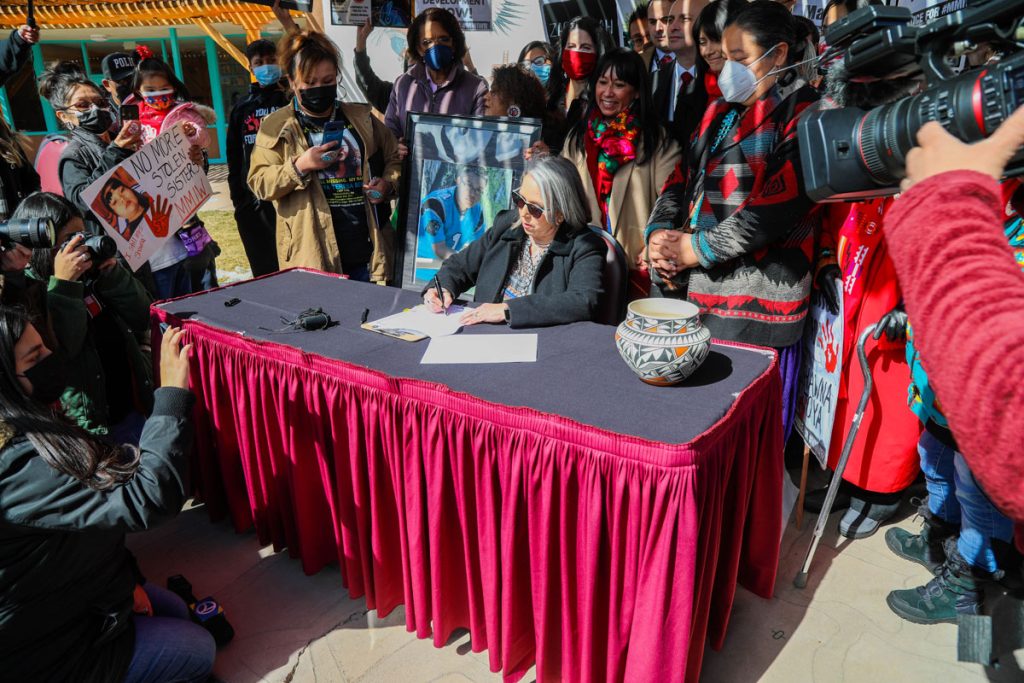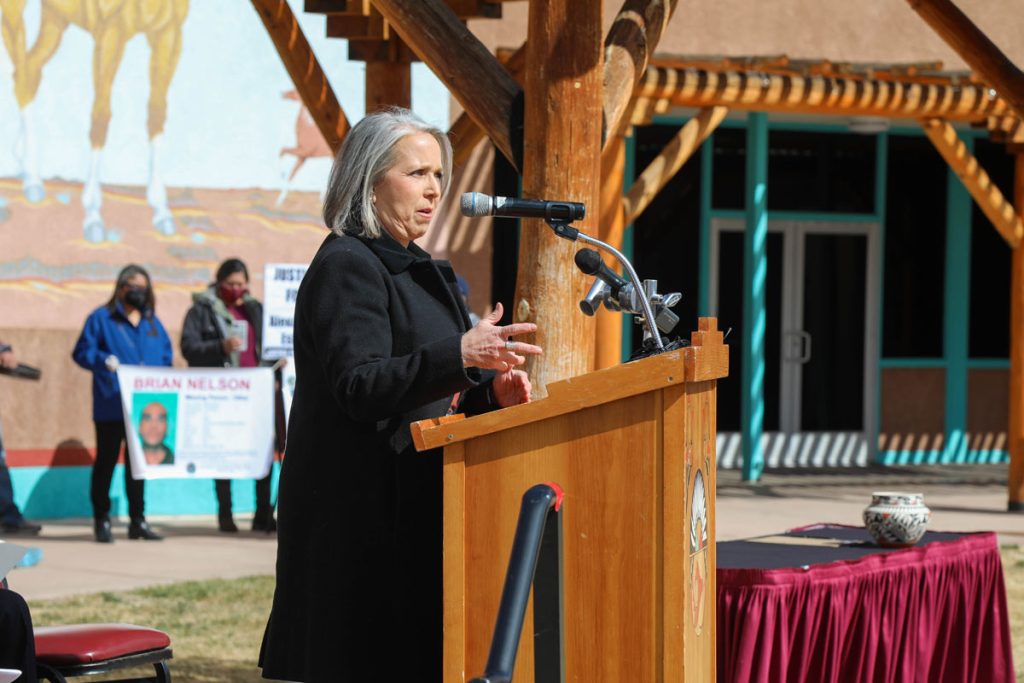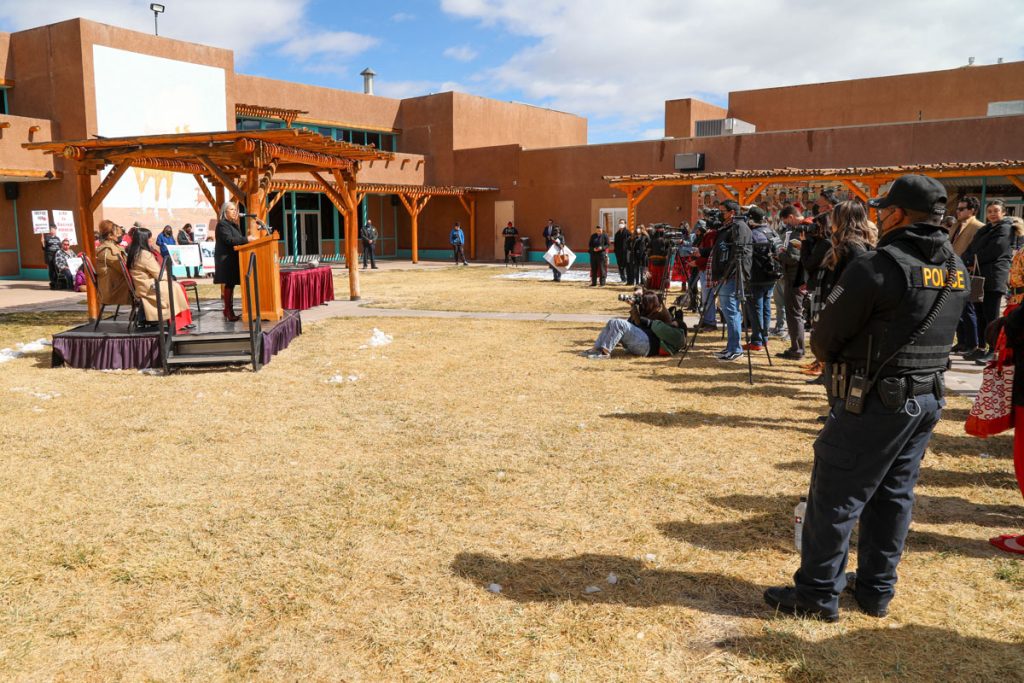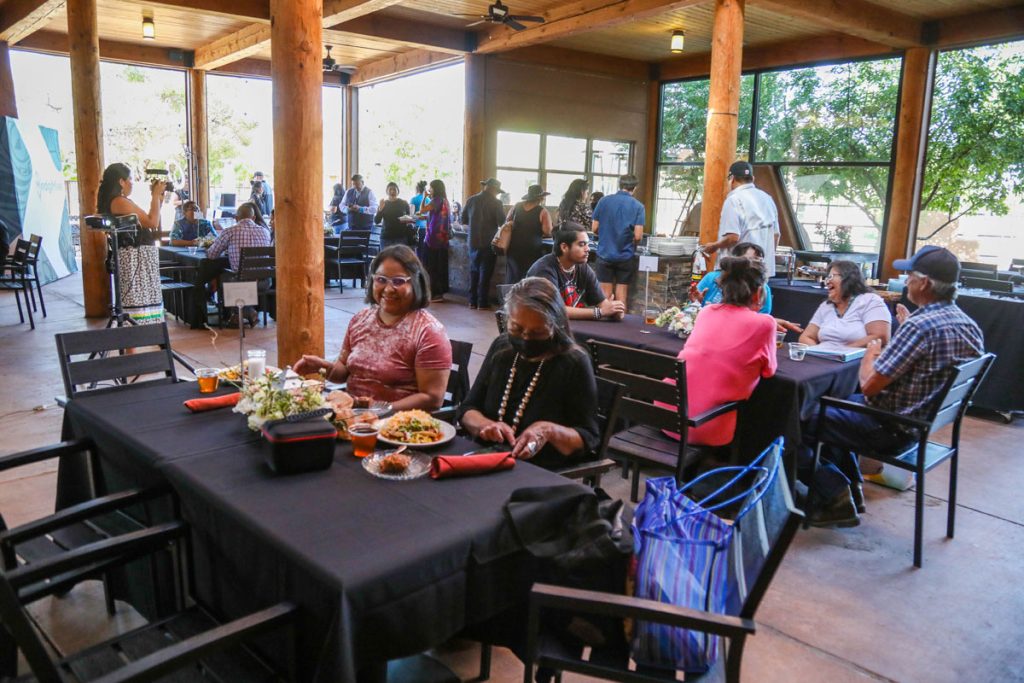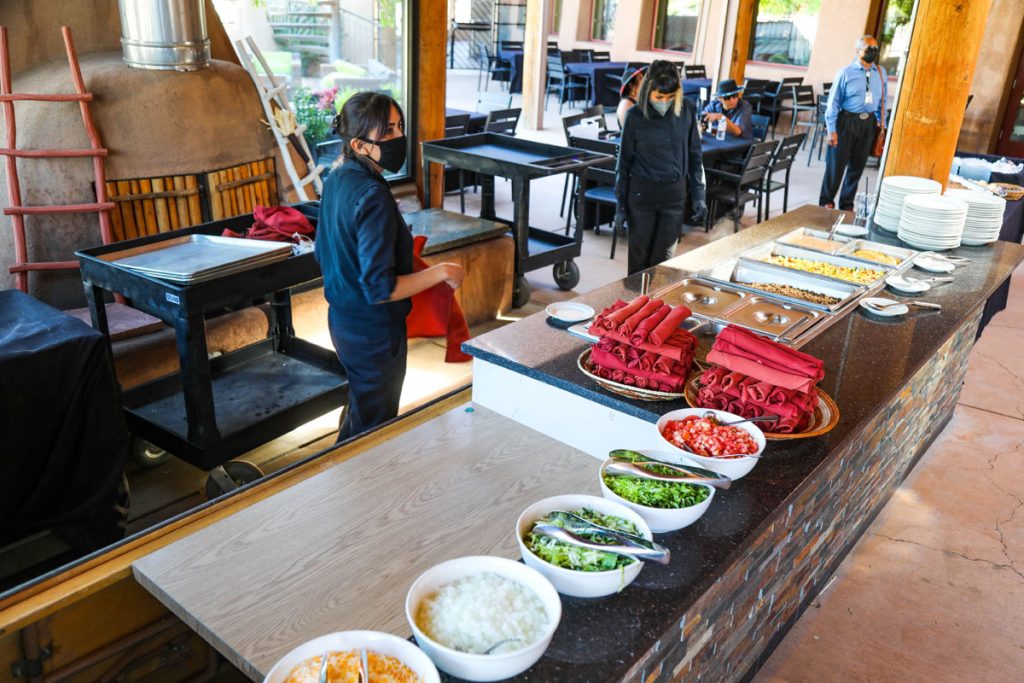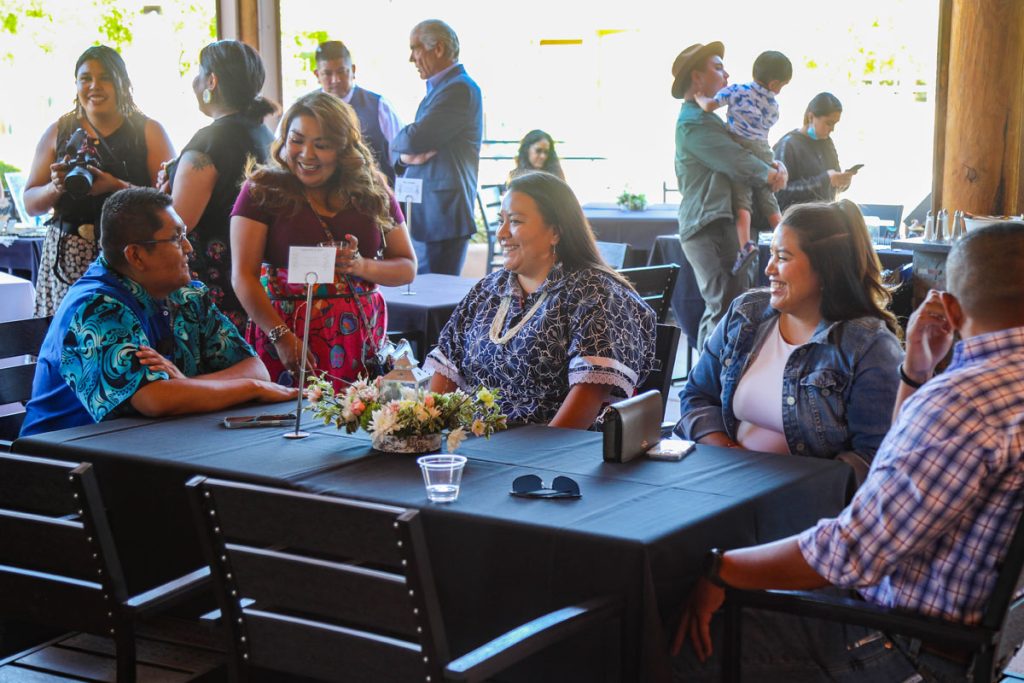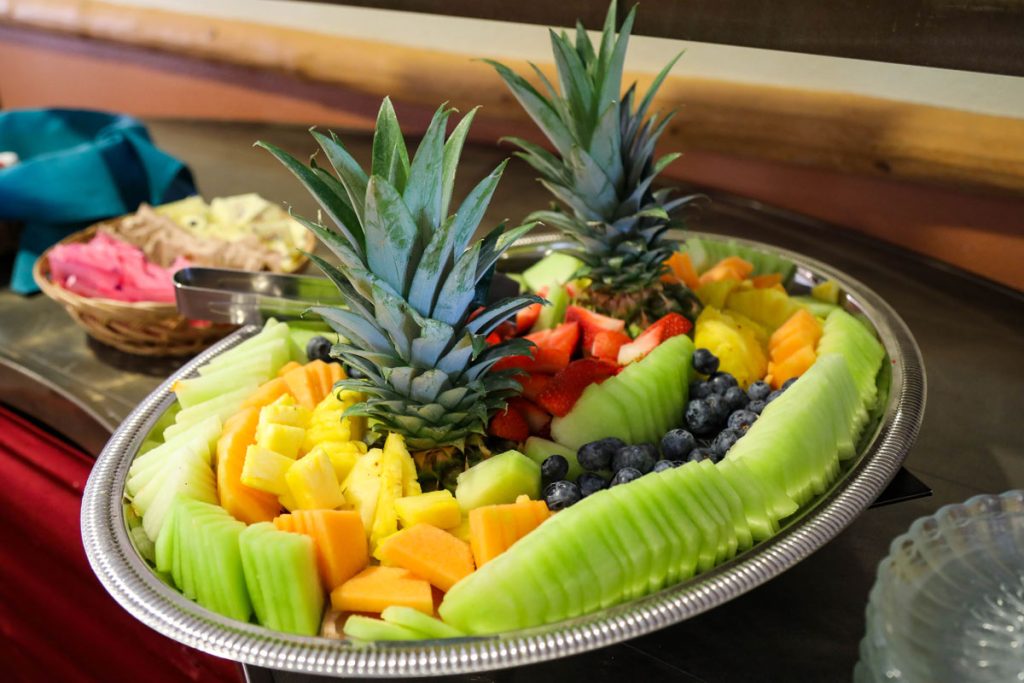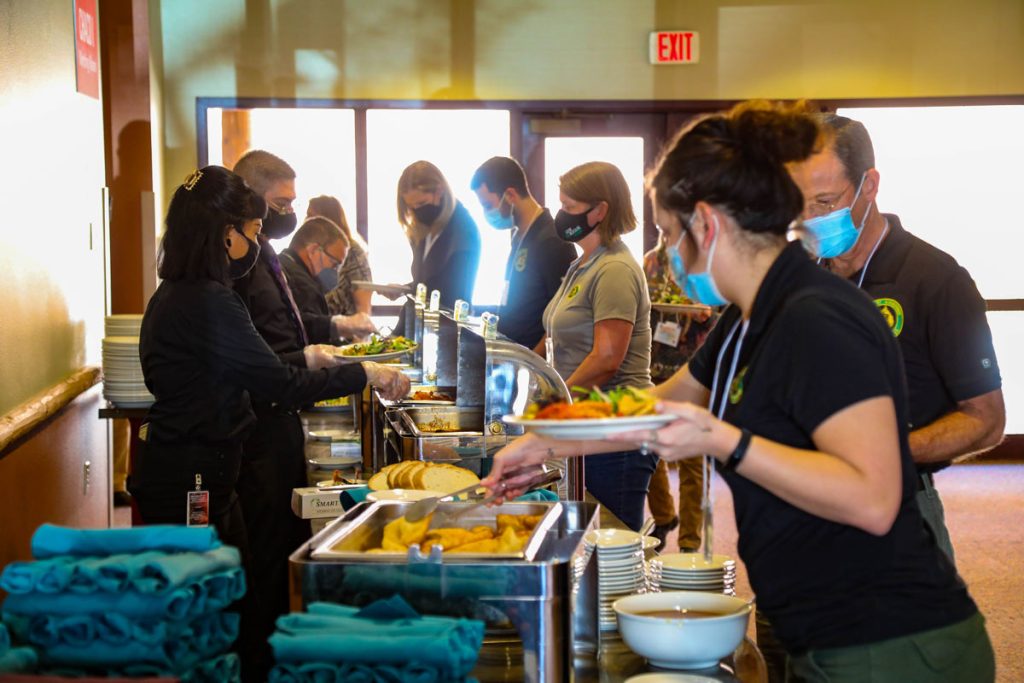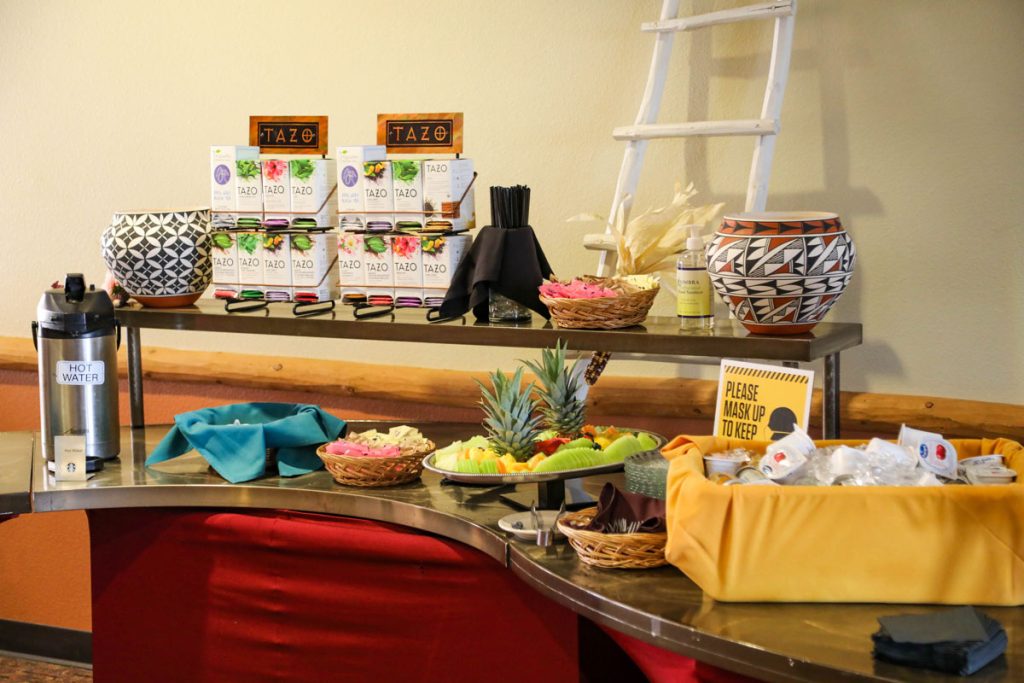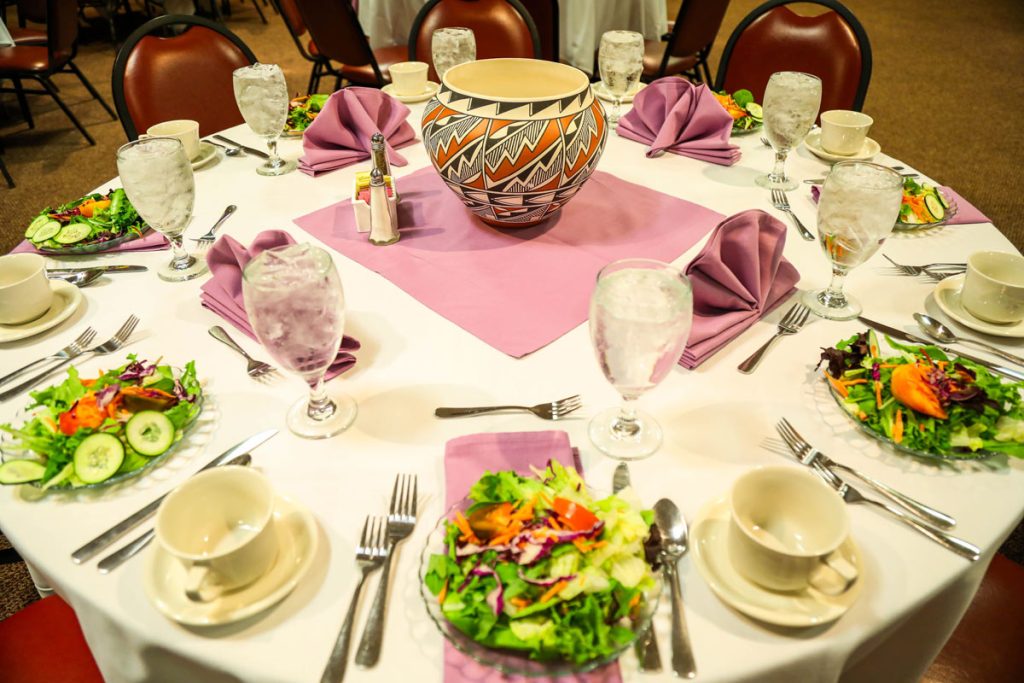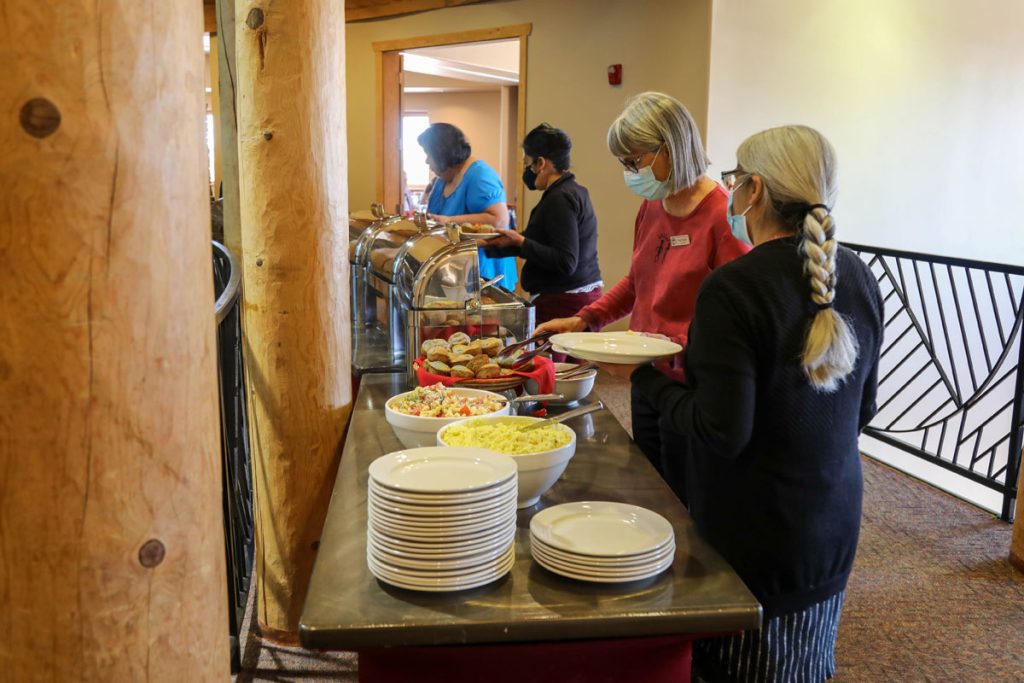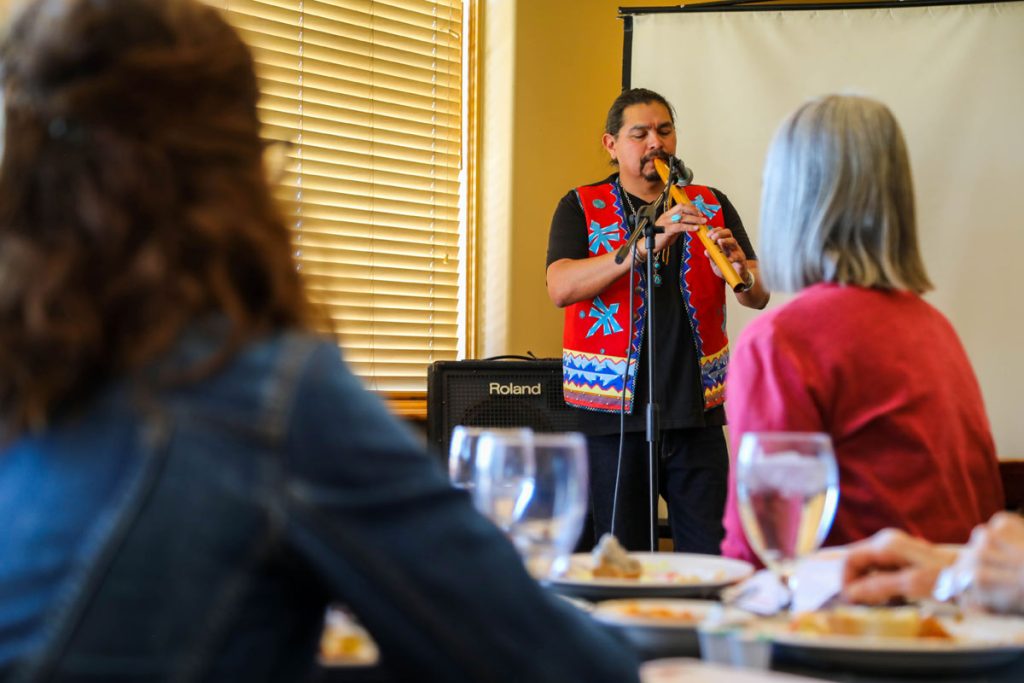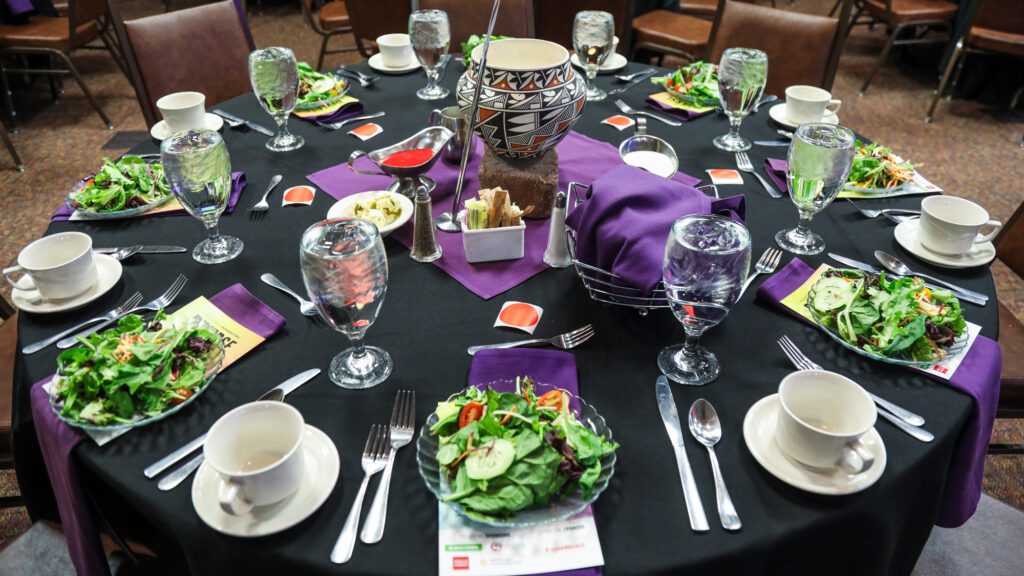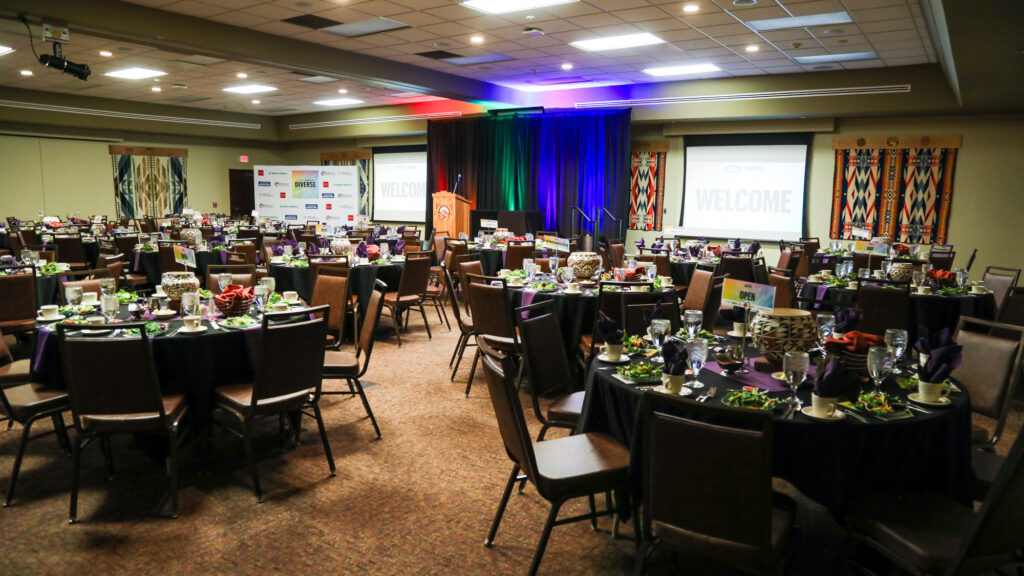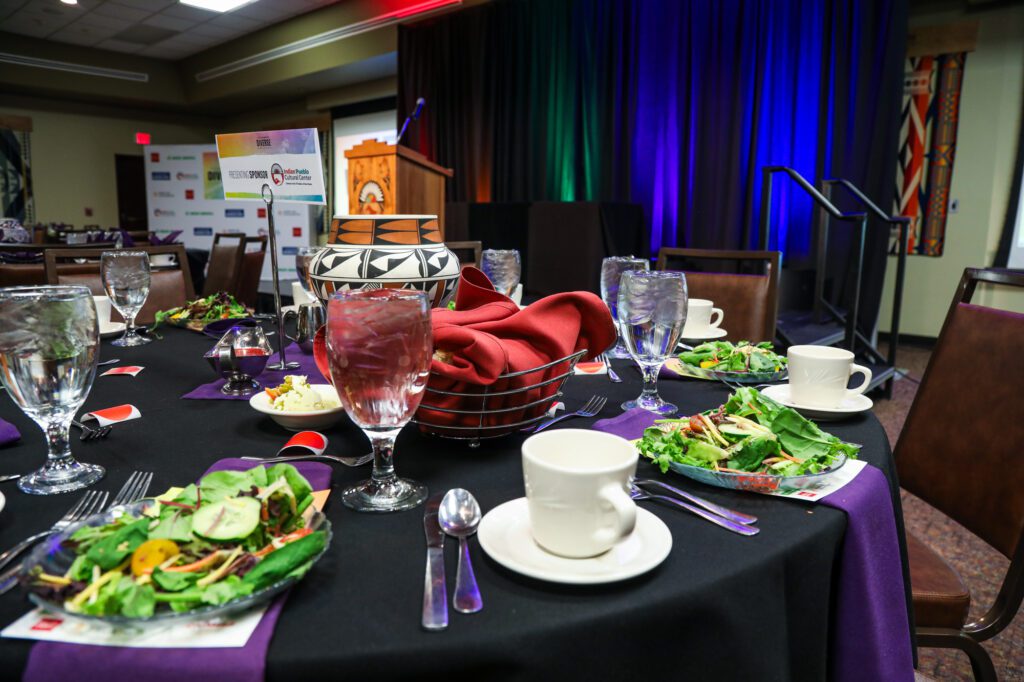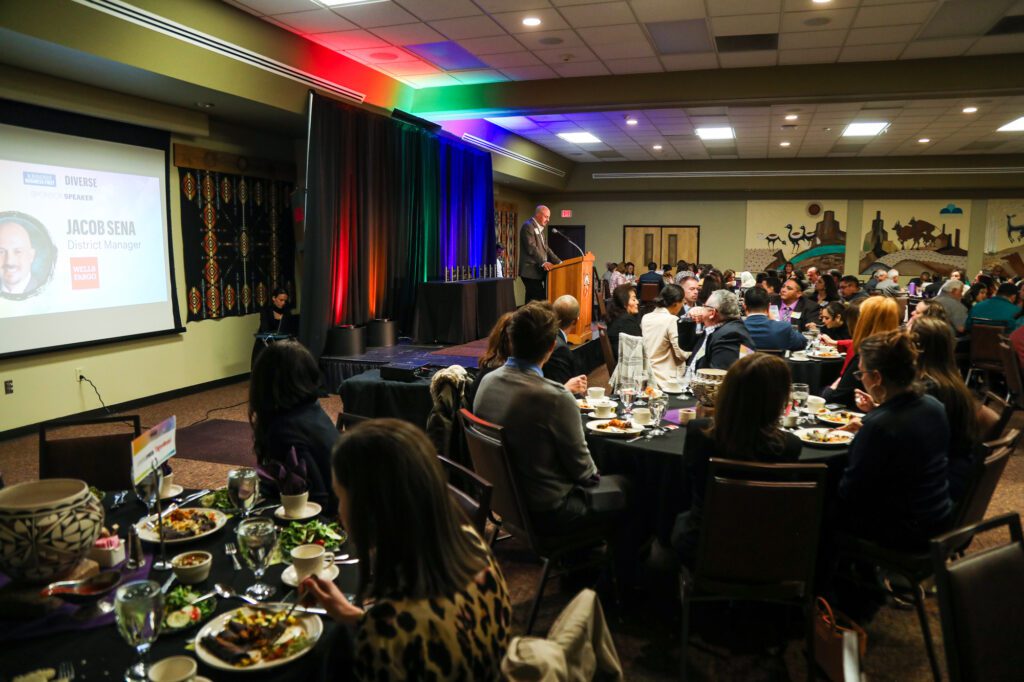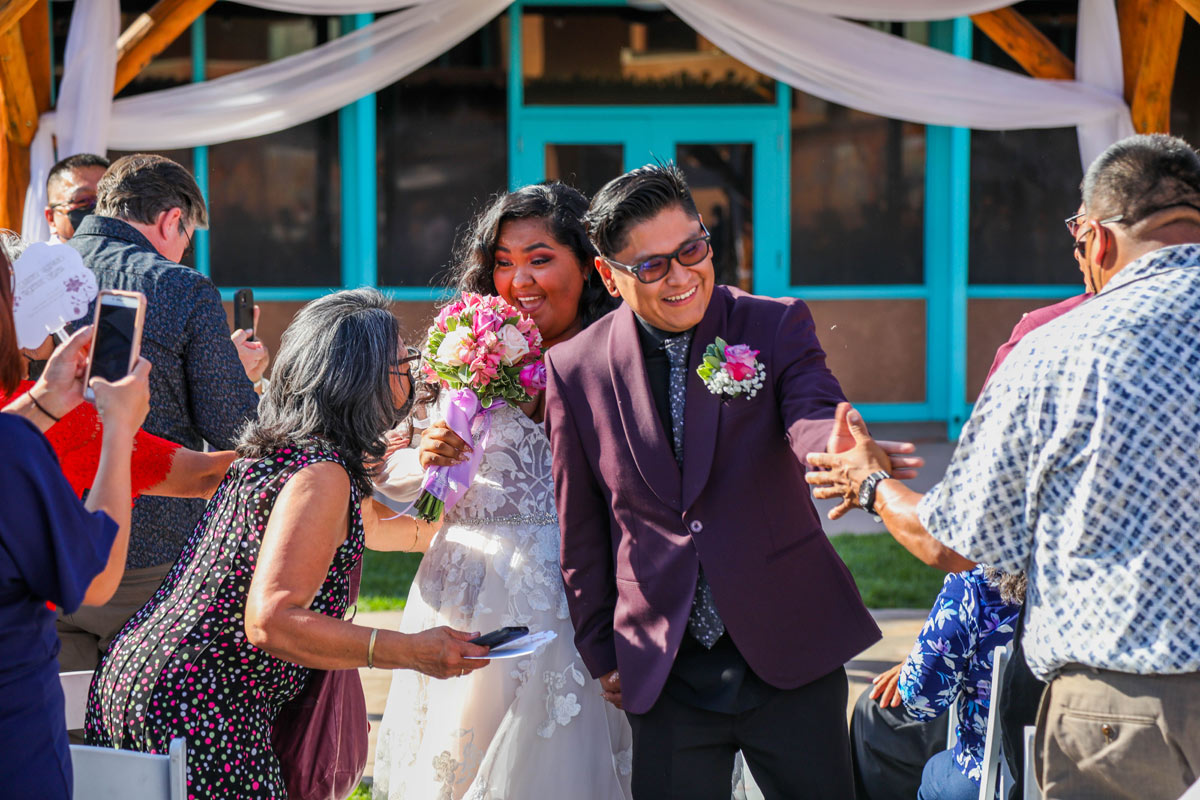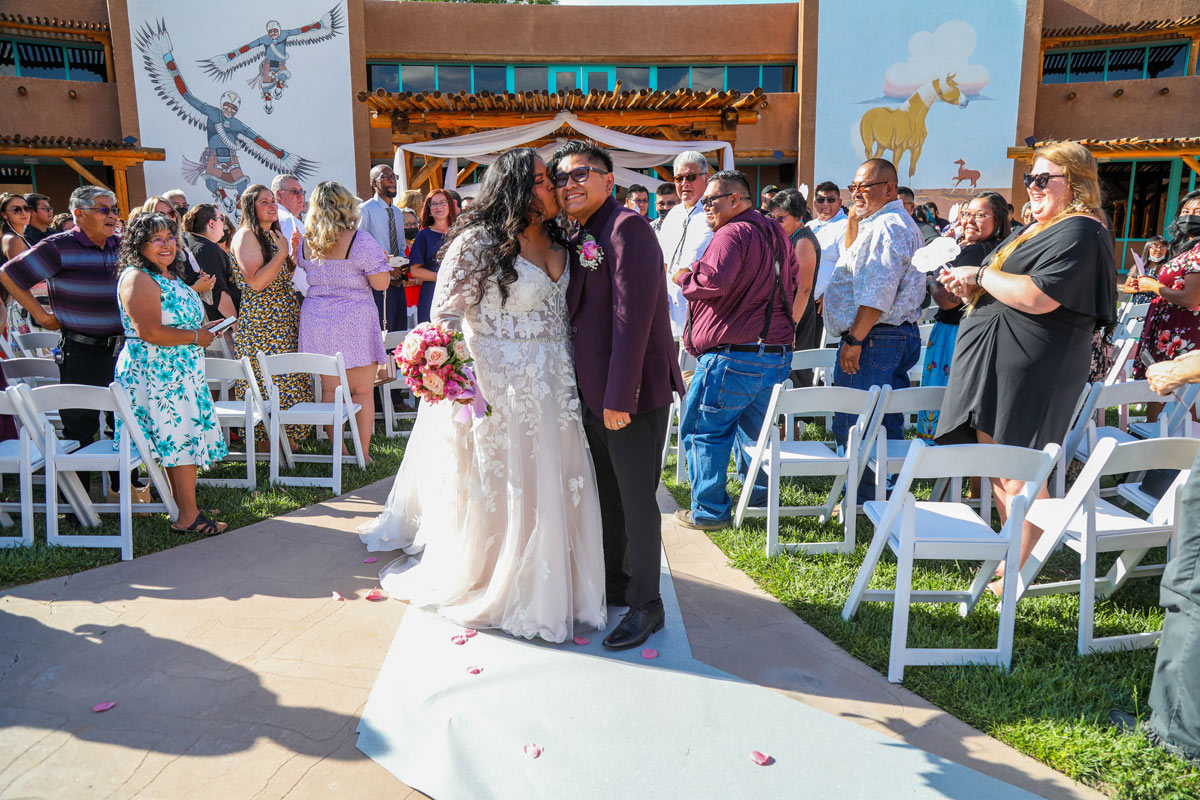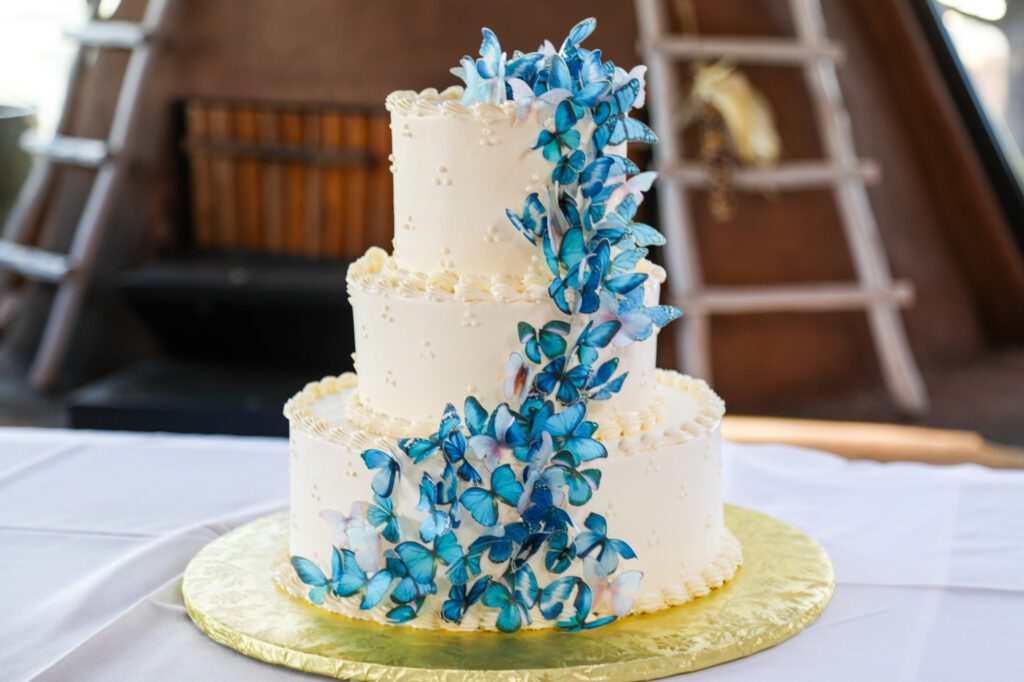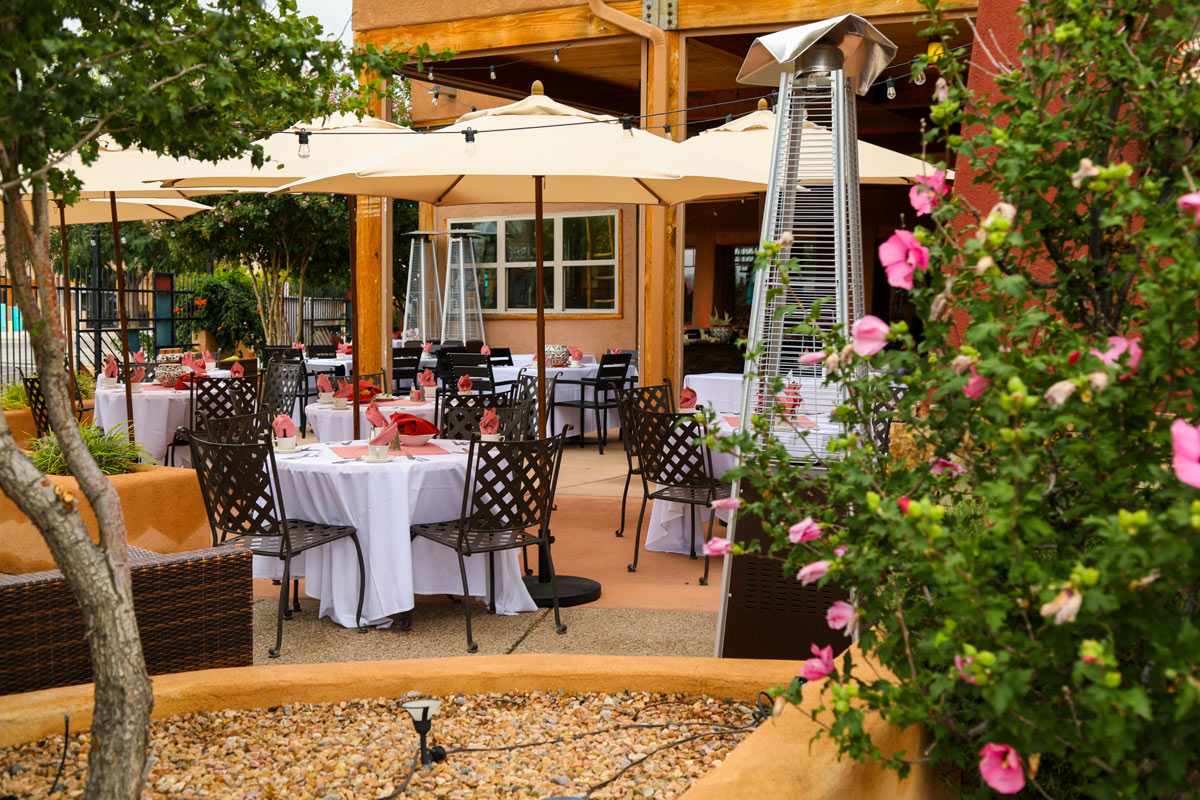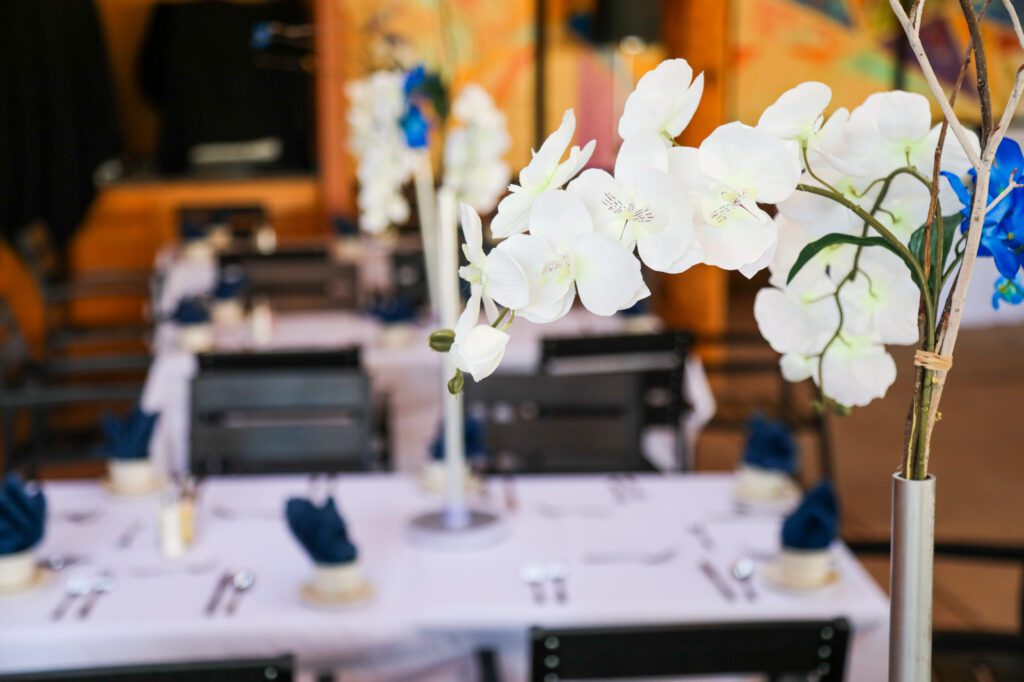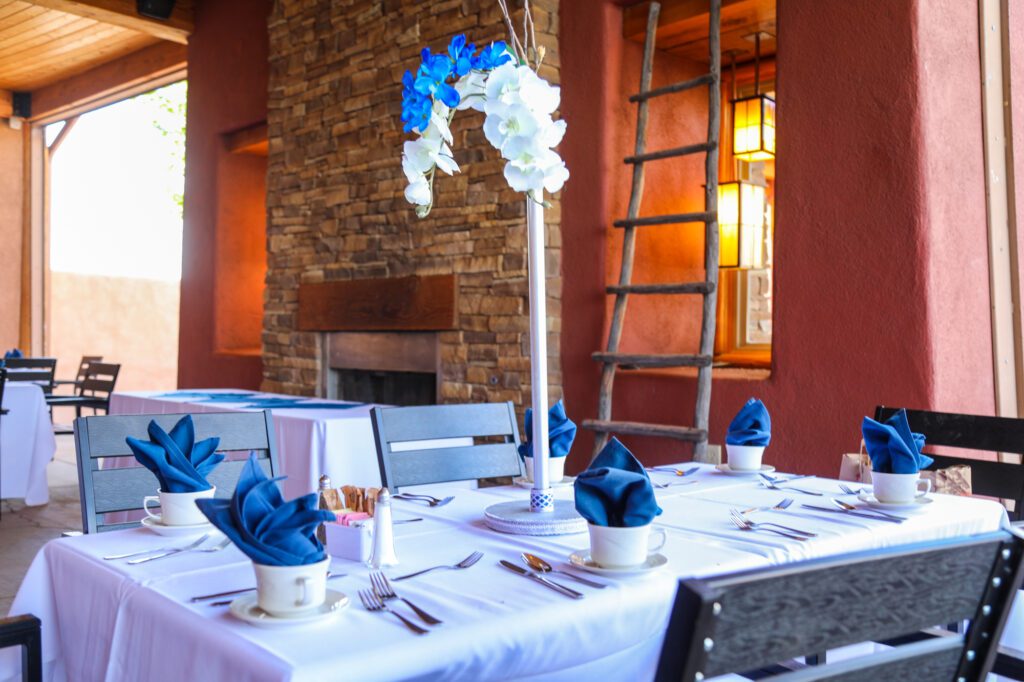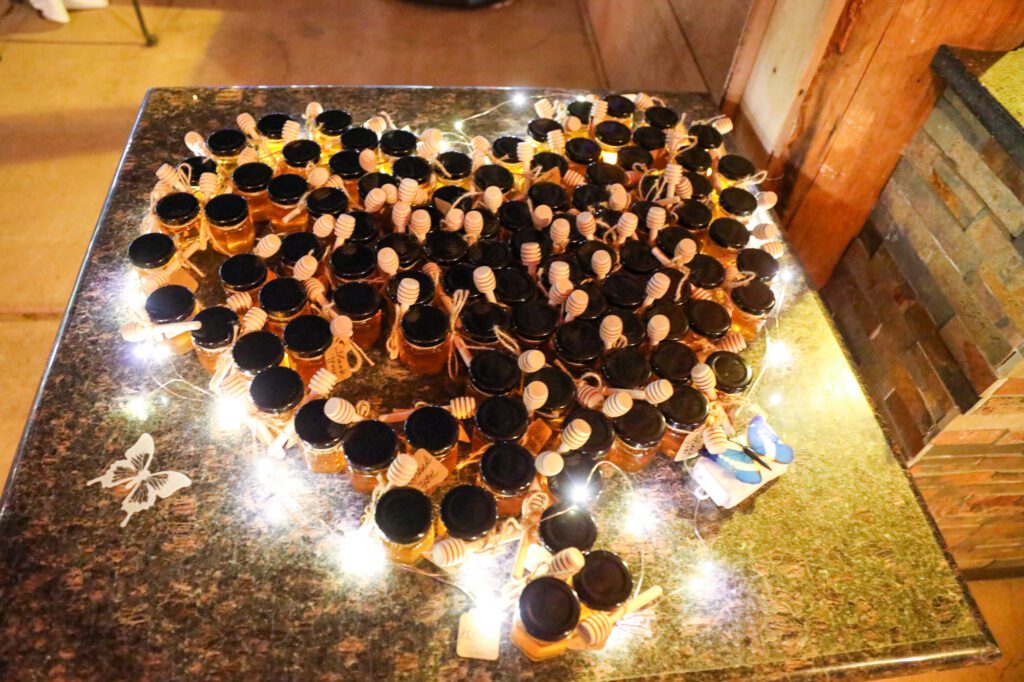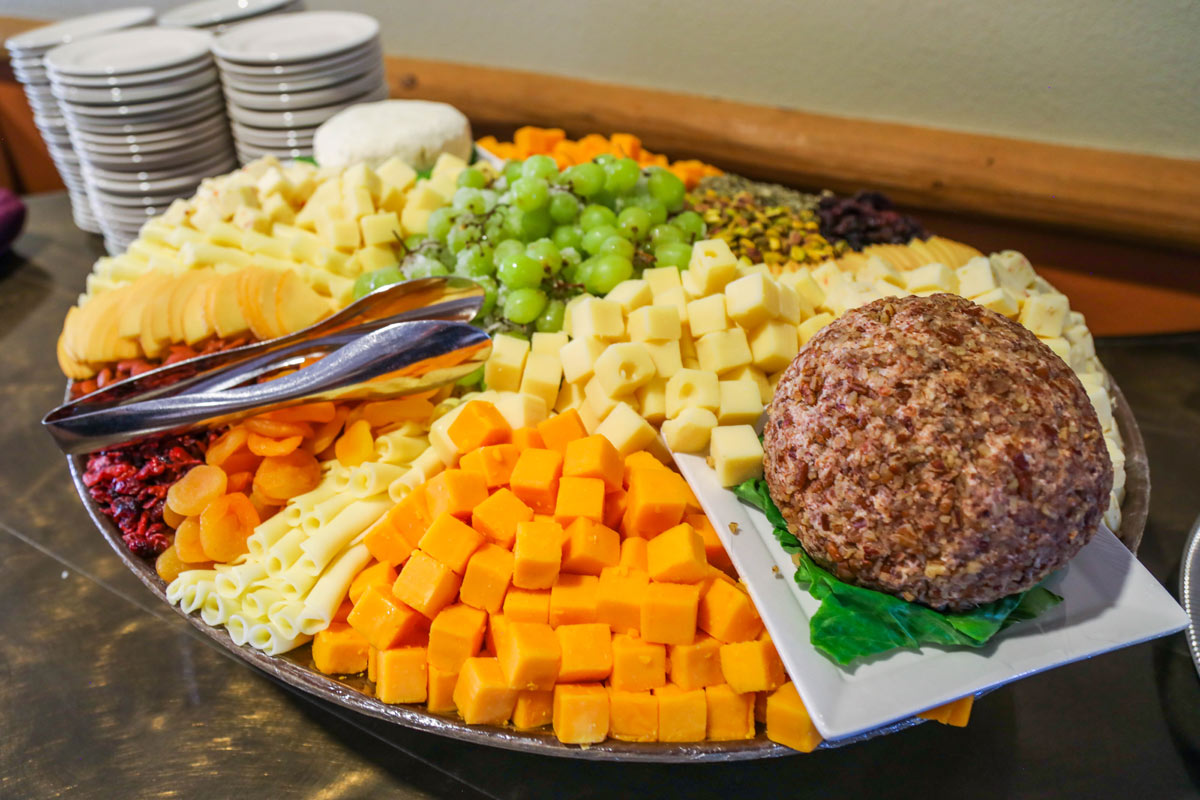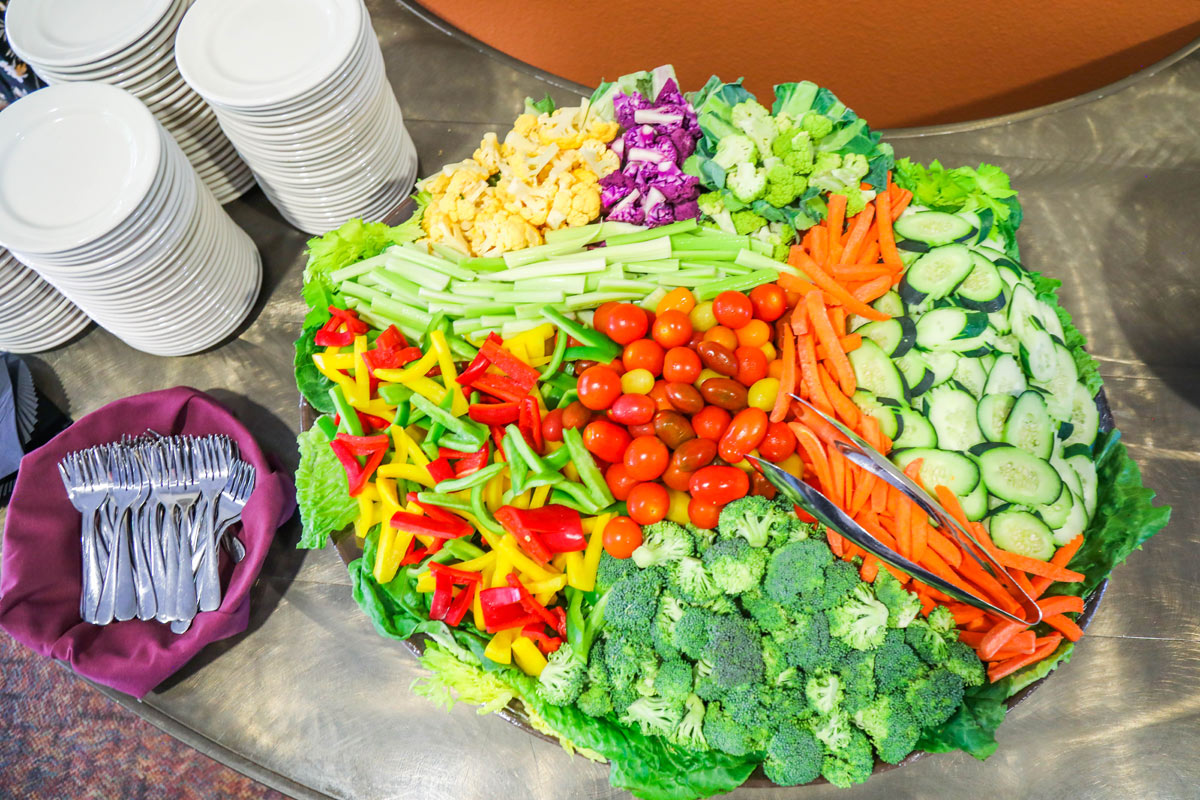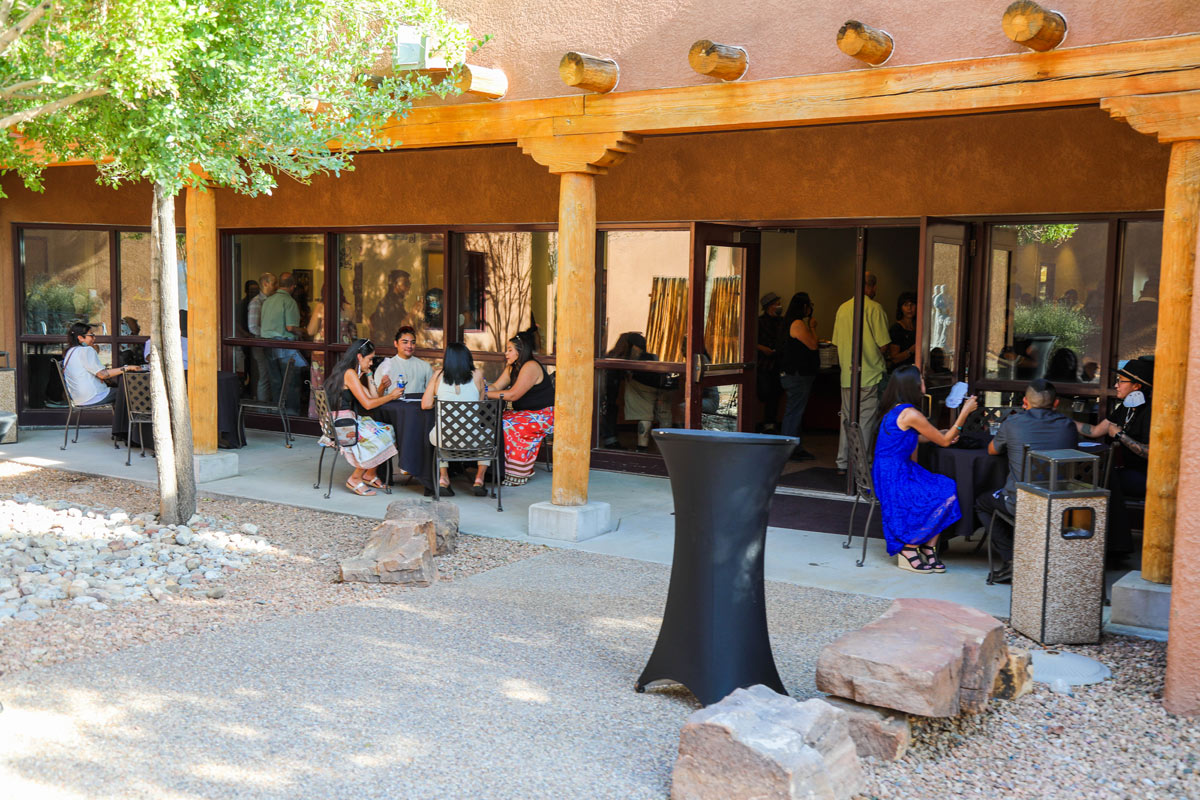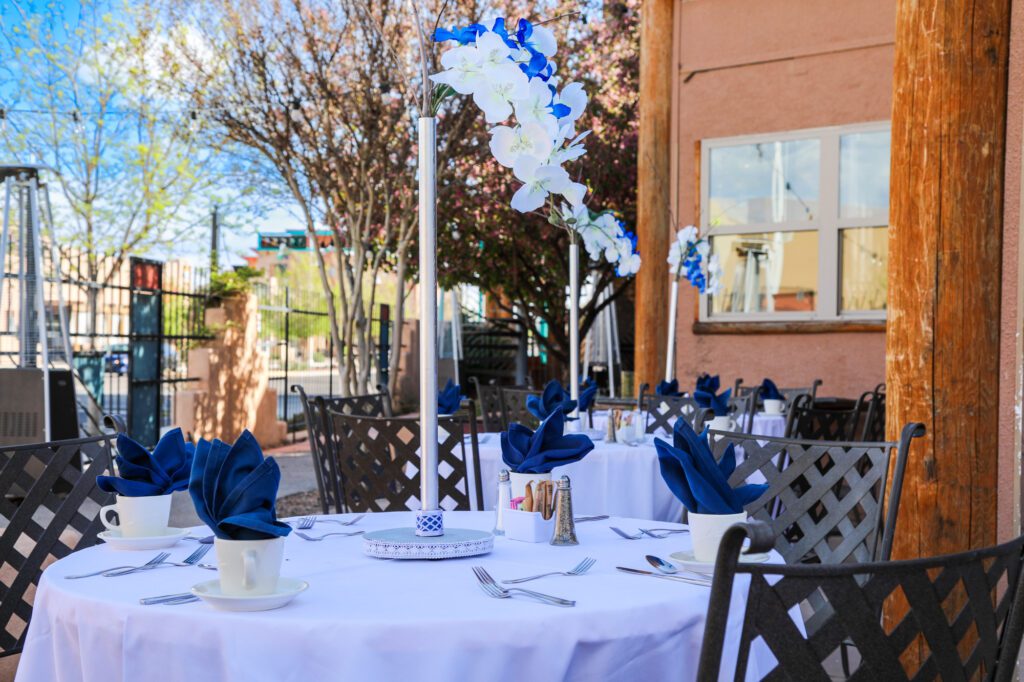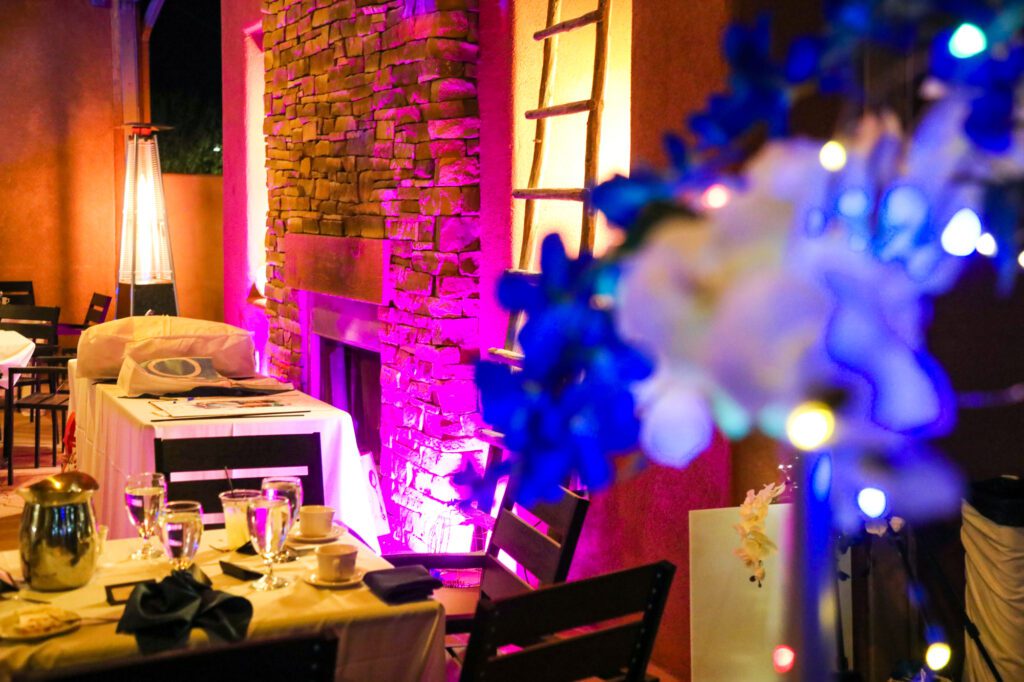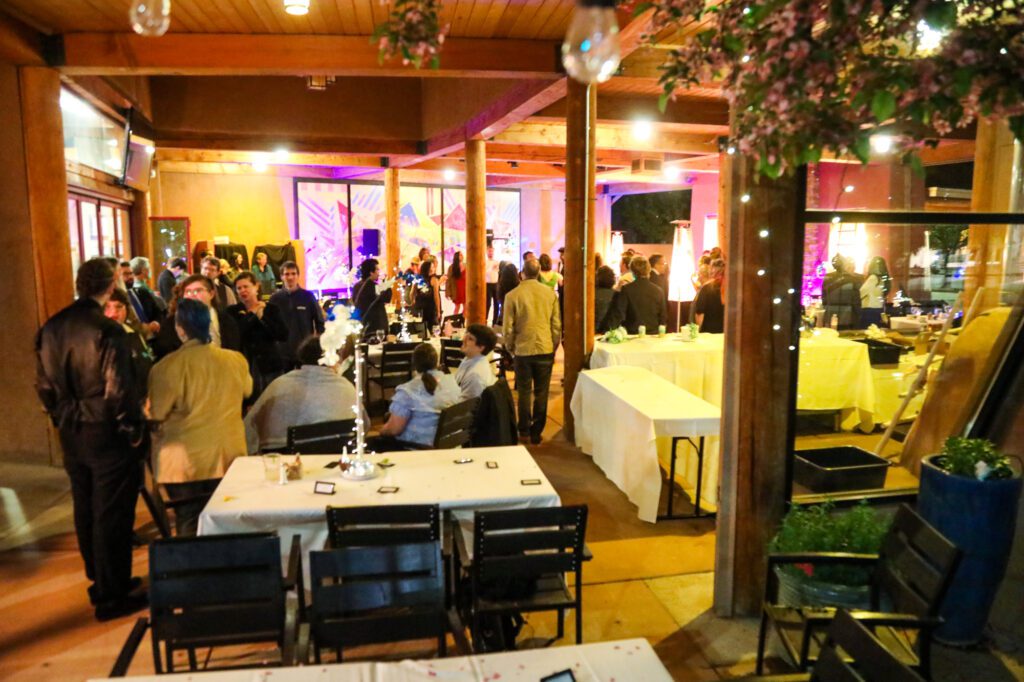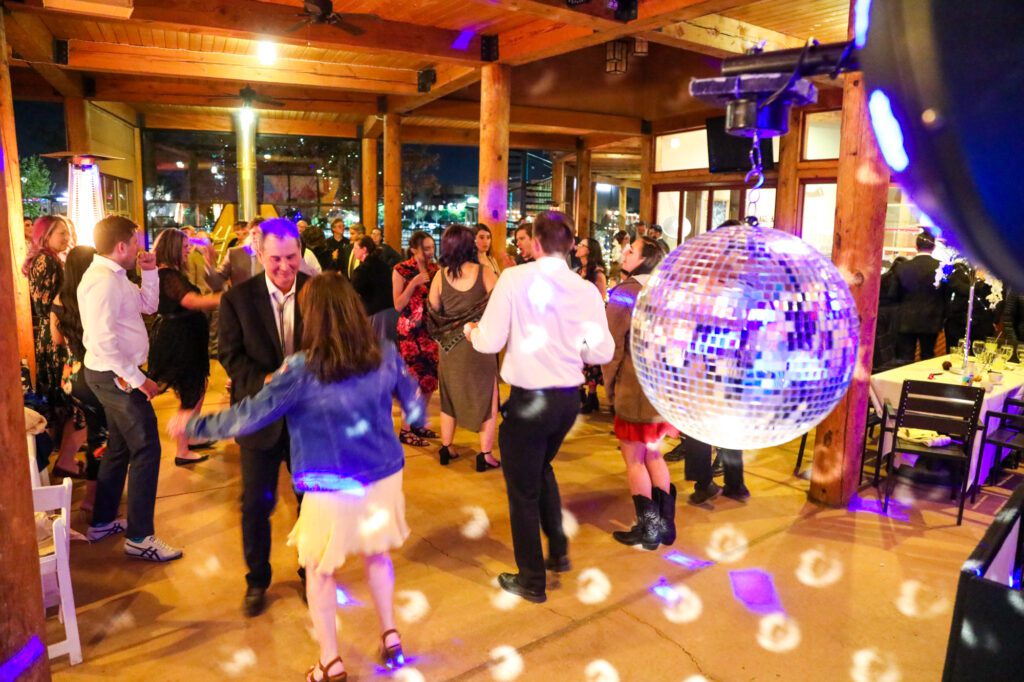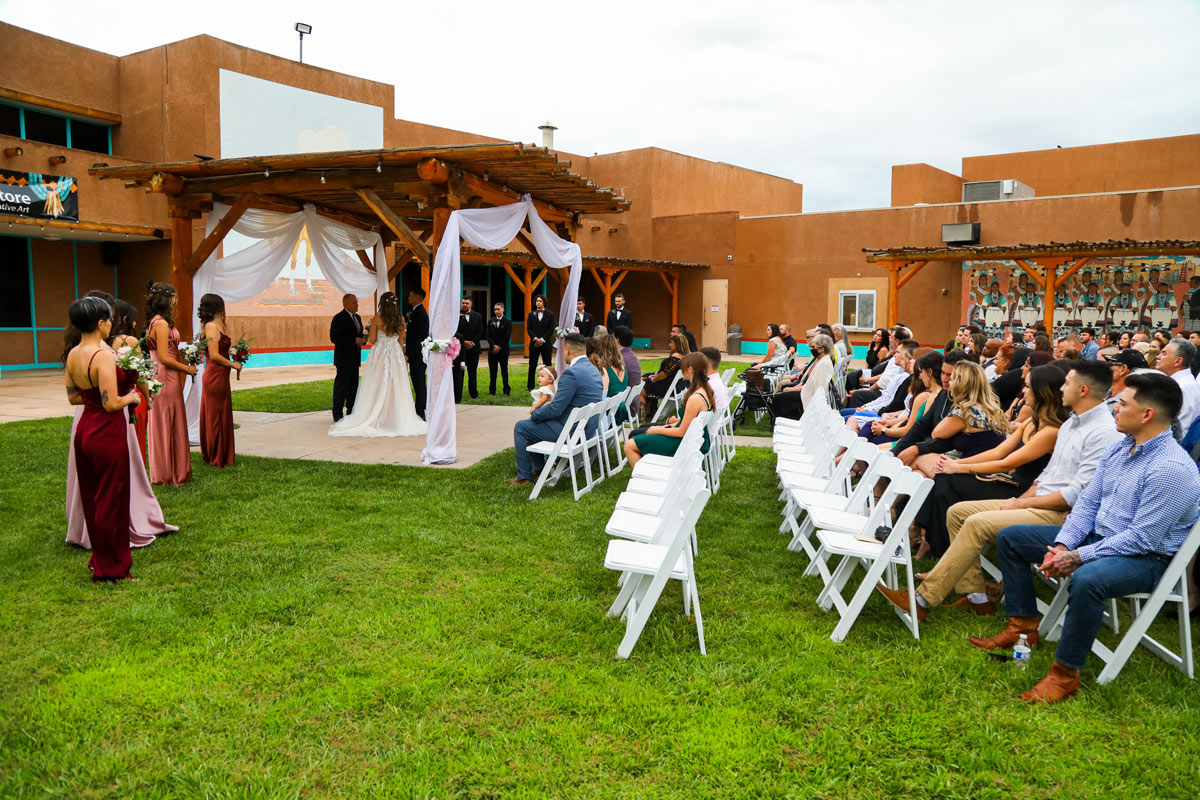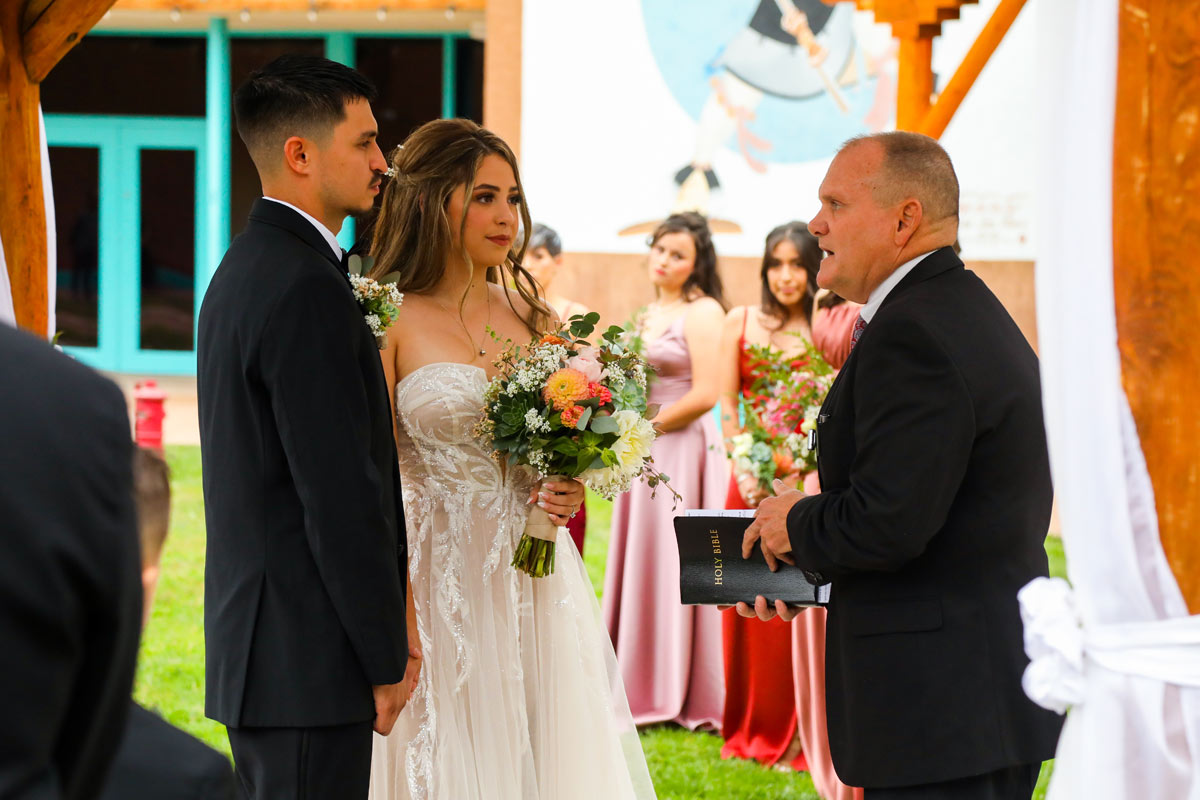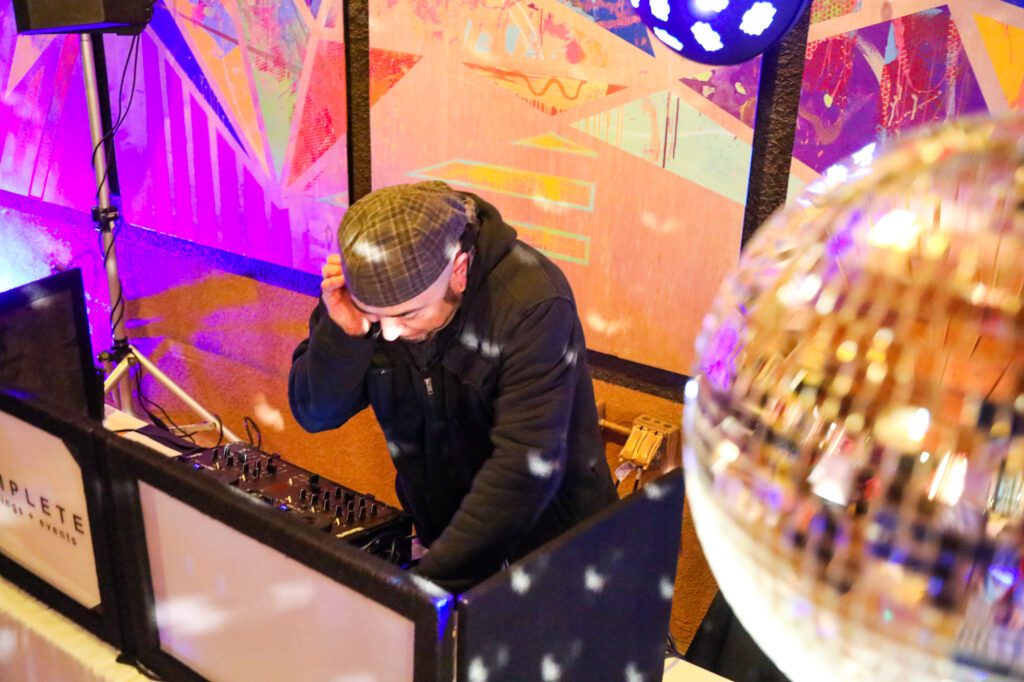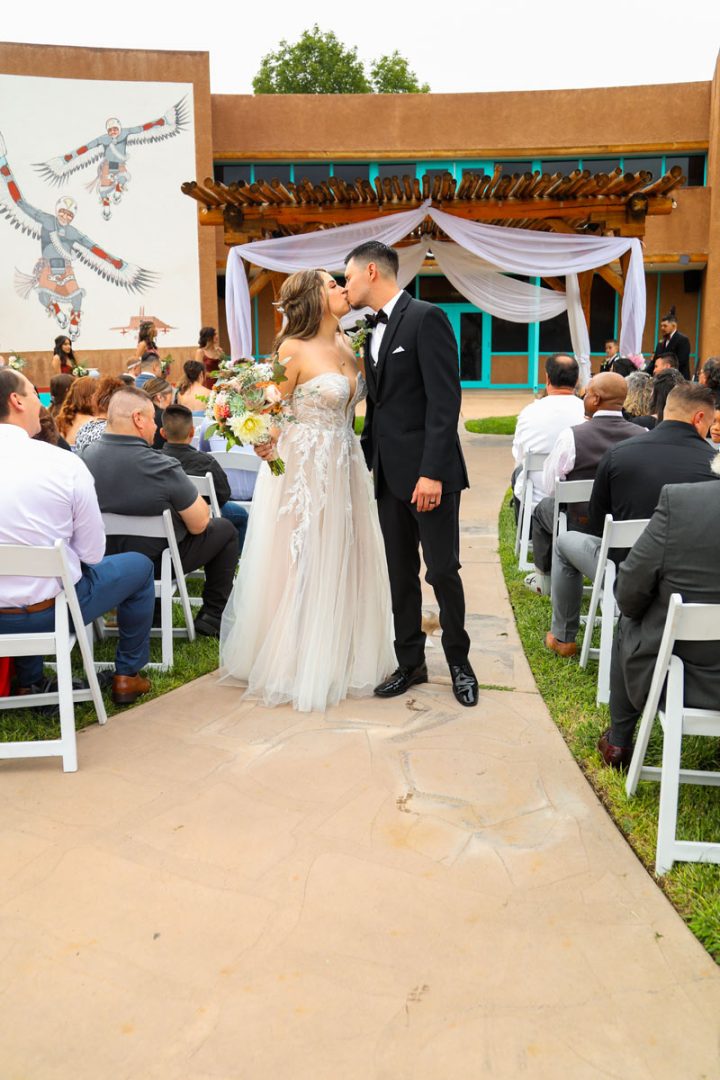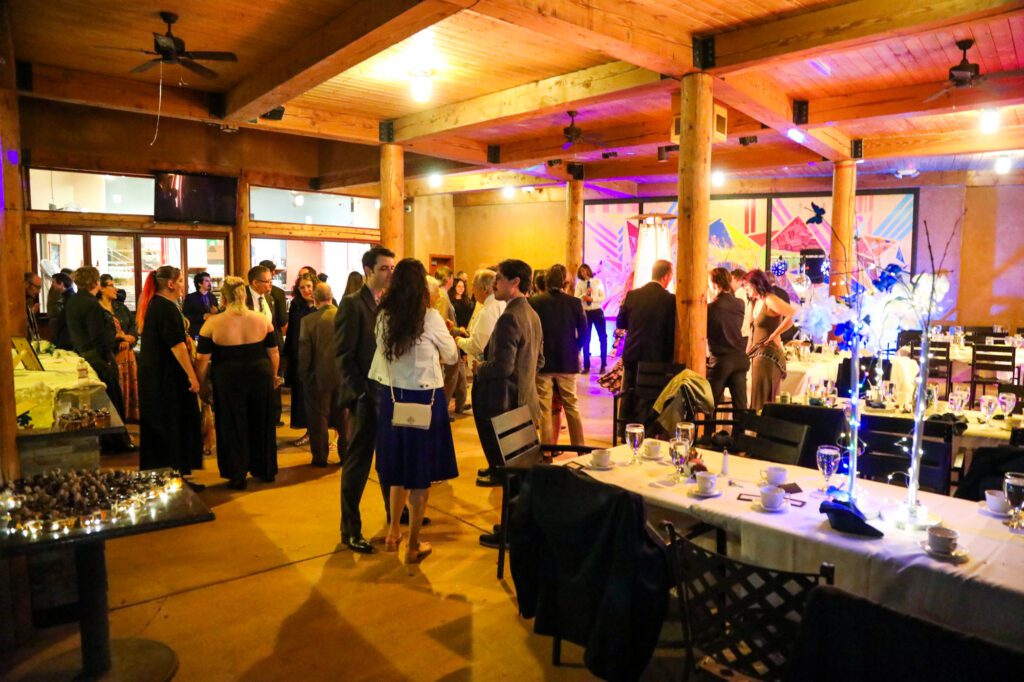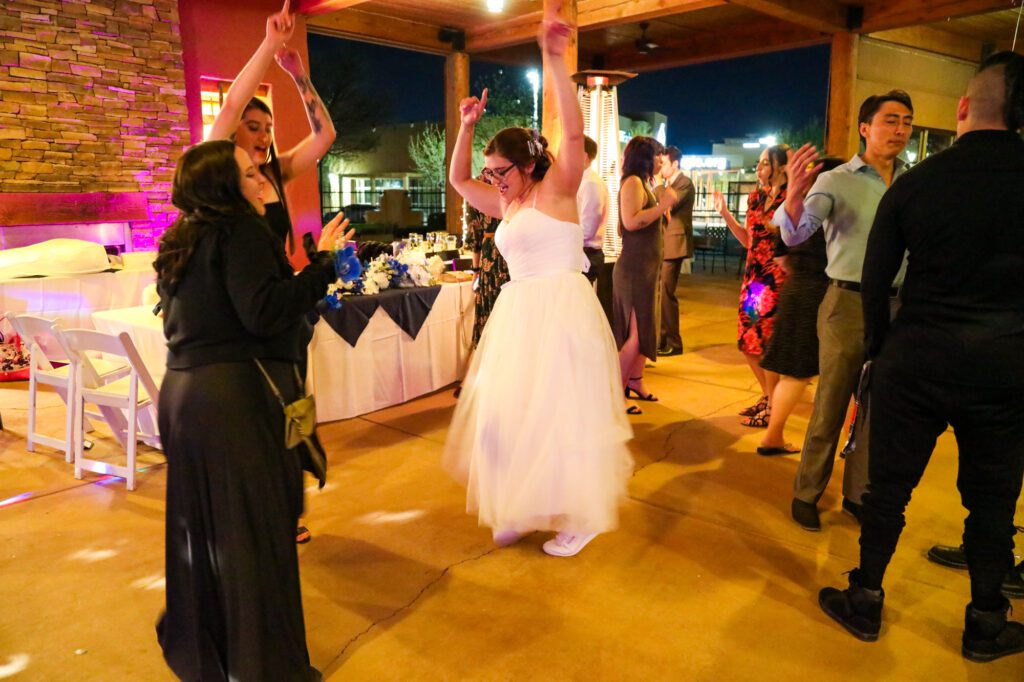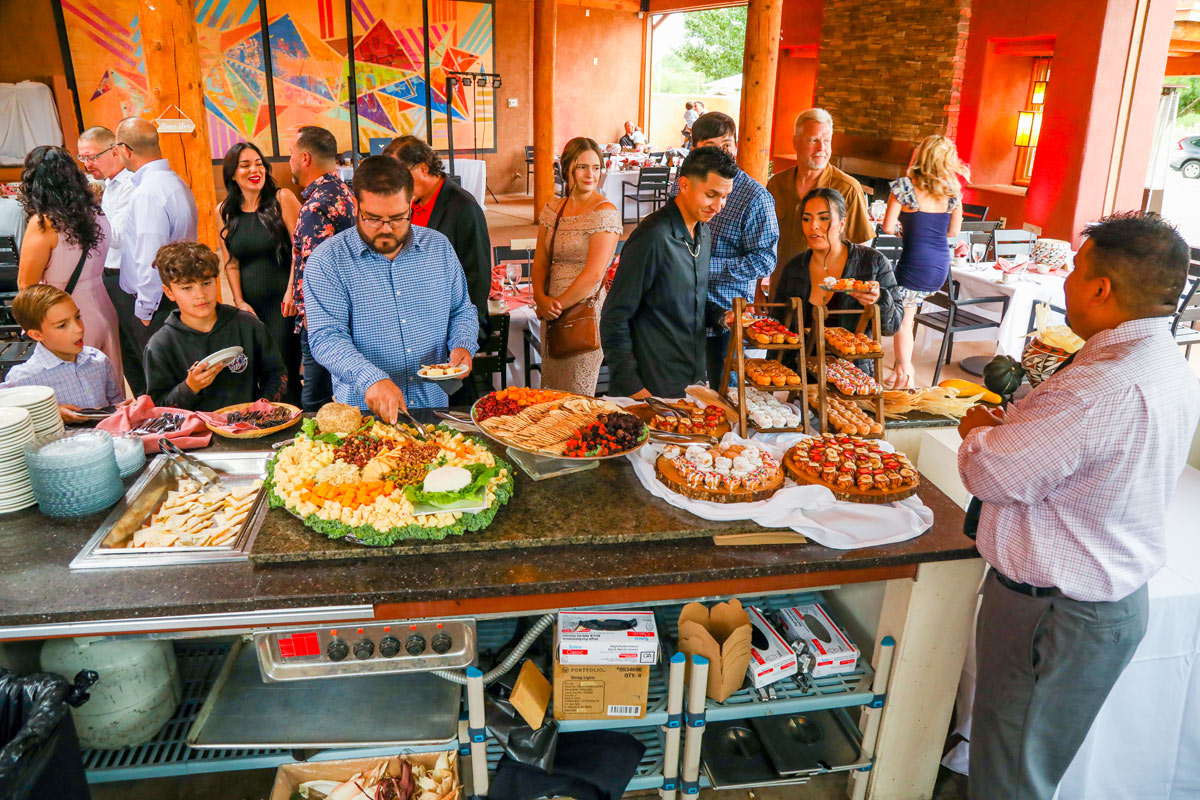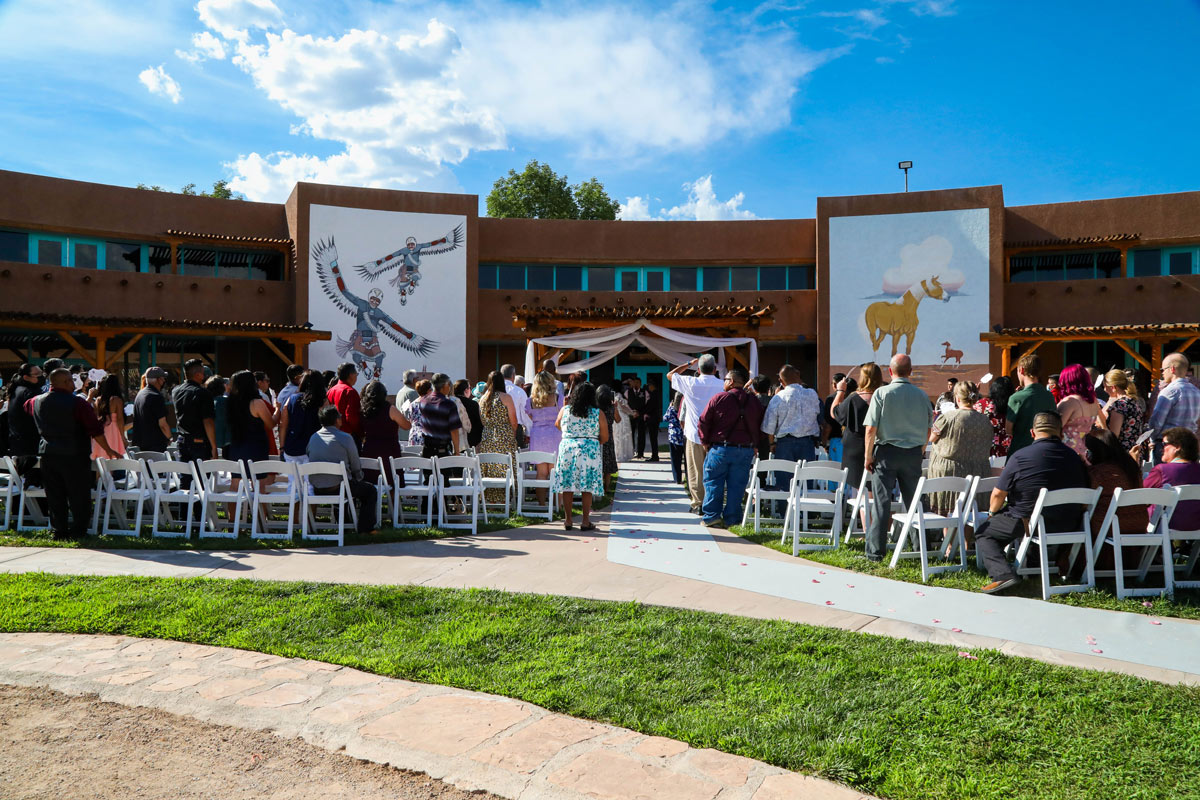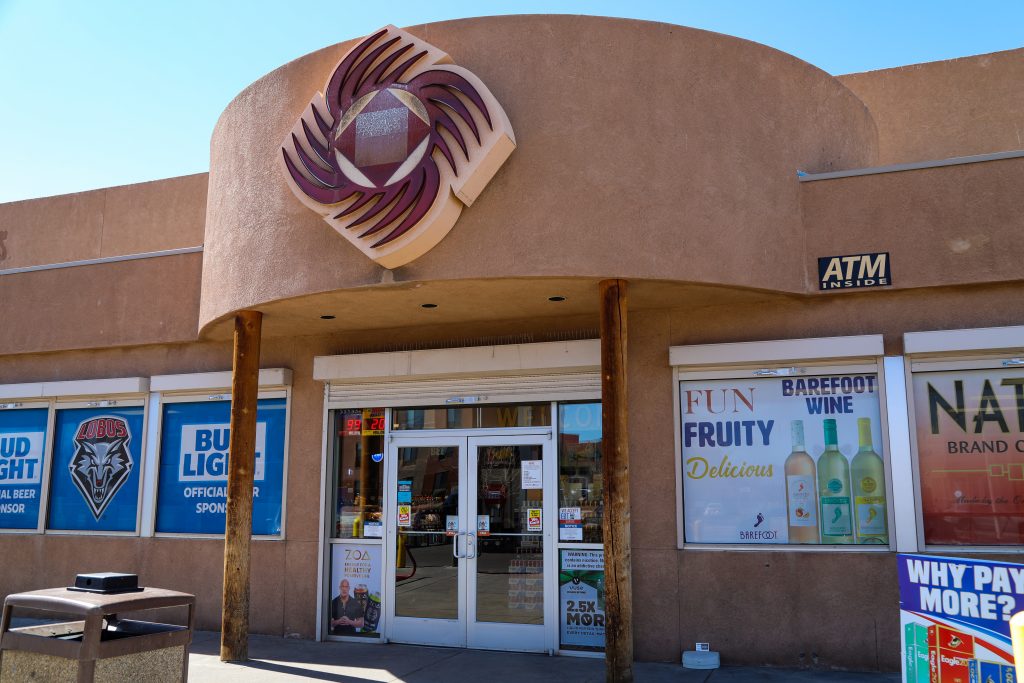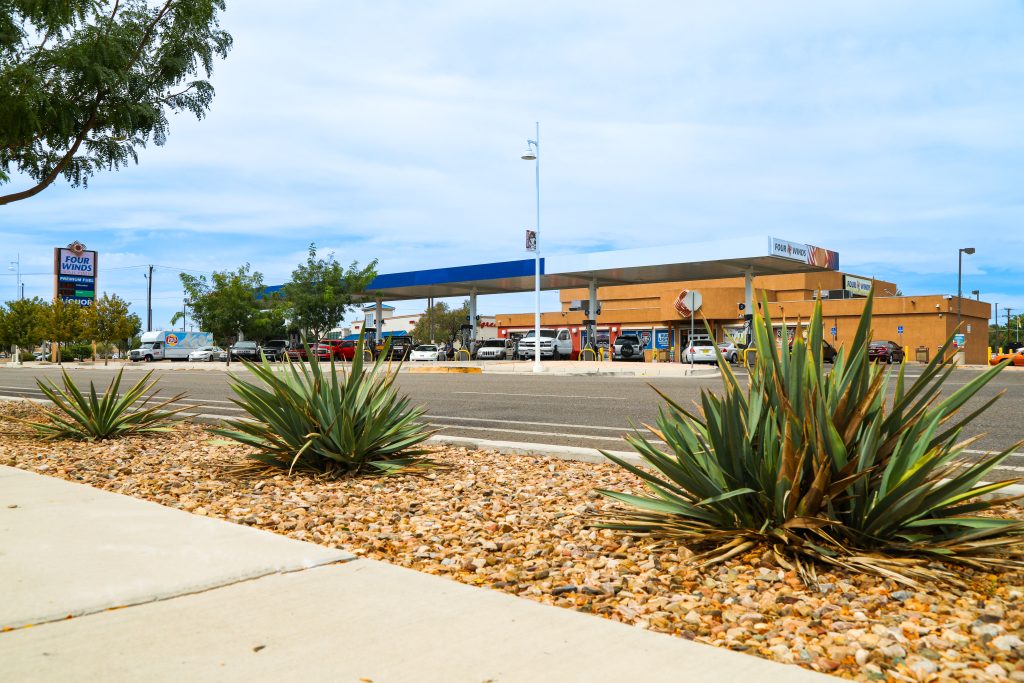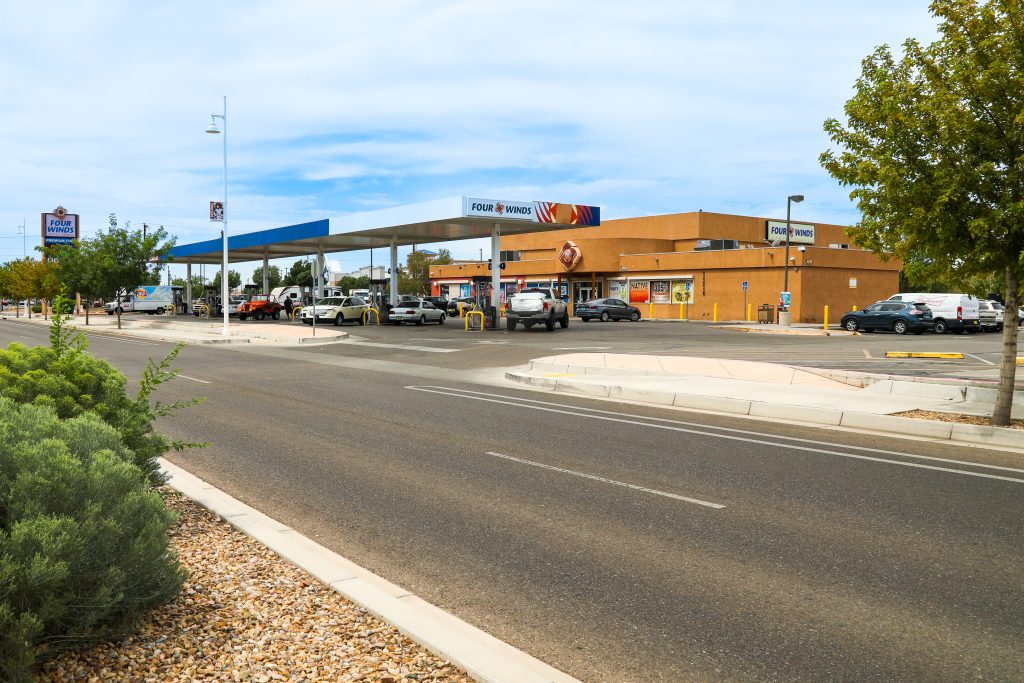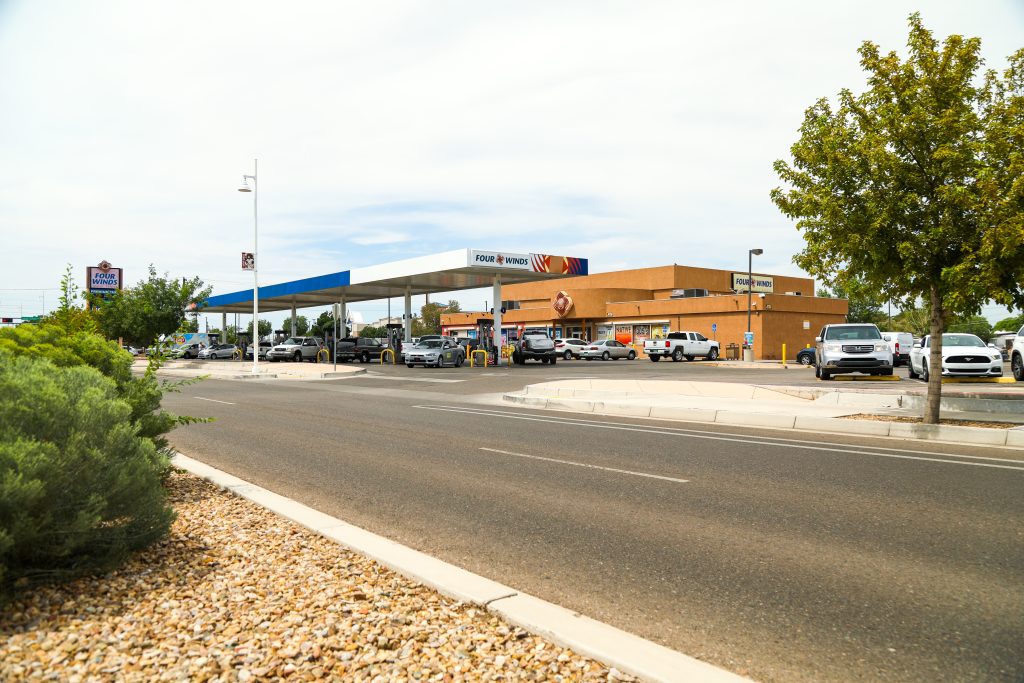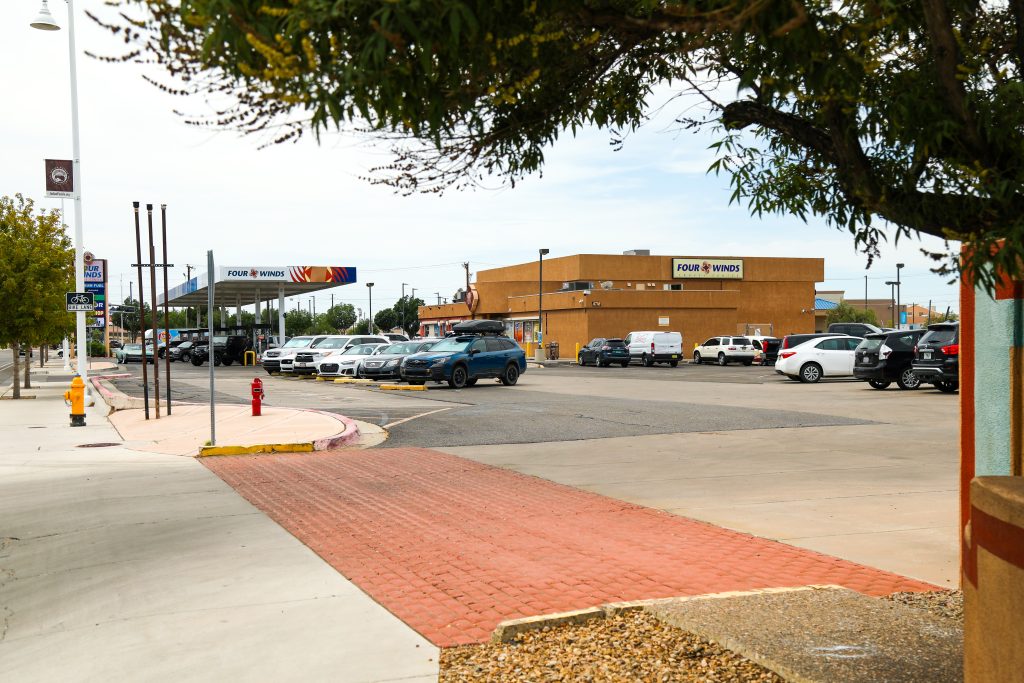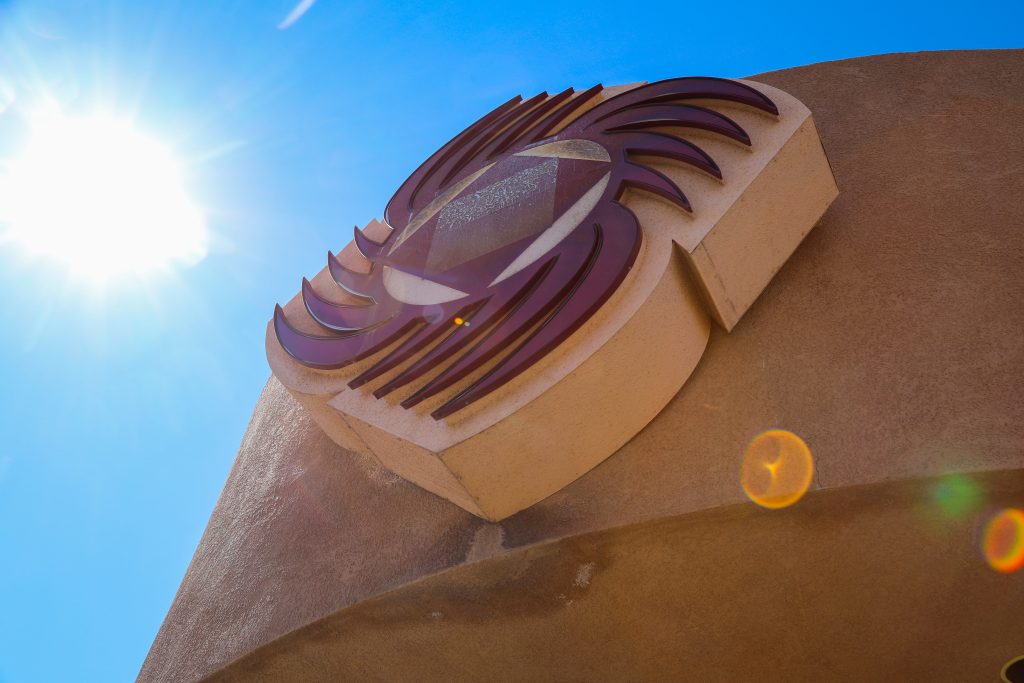Summer Solstice
This blog aspires to connect readers to Indigenous* resources, information, and fun stuff at the Indian Pueblo Cultural Center (IPCC) and online. Each month, new content will be shared on various themes.
June 2, 2021
For those of us in the Northern Hemisphere, the Summer Solstice occurs on Sunday, June 20th. It will be the longest day and the shortest night of the year, and the start of astronomical summer. In the days before and after the solstice, the sun (Latin: sol) will appear to stand still (Latin: sistere) before moving back southward. All around the globe, various cultures celebrate the summer solstice with festivals, dancing, offerings, and rituals.
Monthly Feature: Summer Solstice
Sunday, June 20, 2021:
Cultures around the world celebrate and honor the Summer Solstice, from festivals and ceremonies to the construction of monolithic structures like the Mnajdra Temple (Malta) and the Pyramid of Chichen Itza (Mexico). The solstice marks the beginning of summer. For farmers, it is the midpoint of the growing season, halfway between planting and harvesting, and is the reason it is called Midsummer.
Pueblo people tracked, recorded and understood the movement of celestial bodies. Residents of Yellow Jacket Pueblo, a village in the Mesa Verde region, may have used a horizon calendar, noting where the sun rises and sets in relation to a geographic feature. Other places, like Hovenweep Castle, used solar calendars, human-made constructions which marked changes in the position of the sun. Lastly, there is a large spiral inscribed into a rock face at the top of Fajada Butte in Chaco Canyon. (Crow Canyon Archaeological Center)
The Summer Solstice and Seasonal Change
Our existence as Pueblo People is guided by the distinct seasonal changes we experience here in this place. Join Jon Ghahate (Laguna and Zuni Pueblos), Museum Cultural Educator, as he speaks about this celestial event and the Pueblo ways of acknowledging these seasonal markers.

Seasons of Growth: Summer Solstice – Sunday, June 20, 2021
Learn about the Summer Solstice. Special guest is Kai-T Bluesky (Cochiti Pueblo), who will give a special “Garden to Table” presentation.
The photo above shows the steel sculpture of “Summer Solstice” by David O. Riley (1949-2016; Hopi/Laguna Pueblo). It represents how we, as Pueblo people, determine the time of the solstice when ceremonies are planned to appeal for rain and abundance of plants and animals. The spiral symbolizes the path of the sun and also resembles a helix representing the DNA of all life. It also symbolizes life experience. The “V” represents the Summer Solstice and the horizontal element represents the continuation of family through the generations.
June 21: National Indigenous Peoples Day
In 1996, Governor General Roméo LeBlanc proclaimed June 21st National Aboriginal Day. In June of 2017, Prime Minister Trudeau issued a statement renaming the day National Indigenous Peoples Day.
June 21st was chosen because it is often the date when Indigenous peoples and communities celebrate the summer solstice. Learn about the unique heritage, diverse cultures, and contributions and achievements of the contributions of the First Nations, Inuit, and Métis peoples – the three groups of Indigenous peoples recognized by the Canadian Constitution.

#IndigenousReads reading list. Categories: Children, Young Adult, Poetry, and Adult
Learning and activity guide for Celebrating National Indigenous Peoples with a story and various games and activities.

Meet some young Indigenous trailblazers, innovators, and leaders.
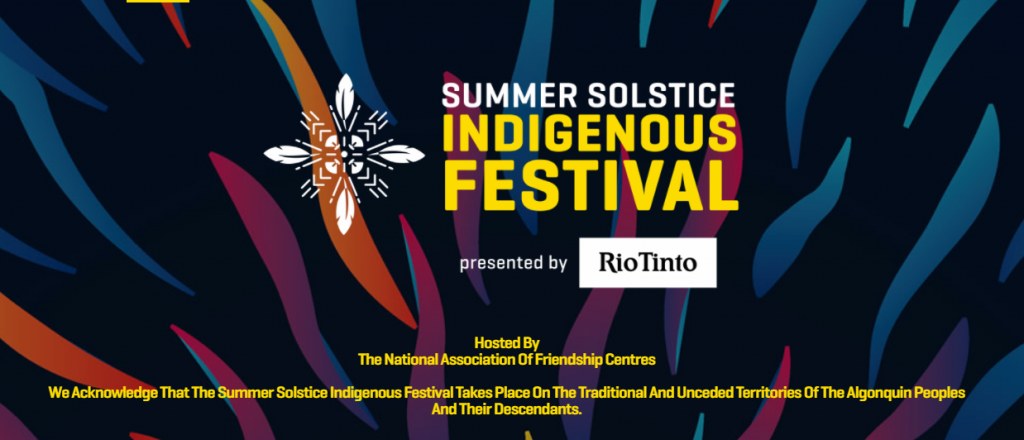
Summer Solstice indigenous Festival 2021: Find a range of activities like Indigenous Marketplace, Workshops, Education, Music, Pow Wow, and various cultural experiences. More activities are listed on the Facebook page.
Teaching Resources: Molly of Denali
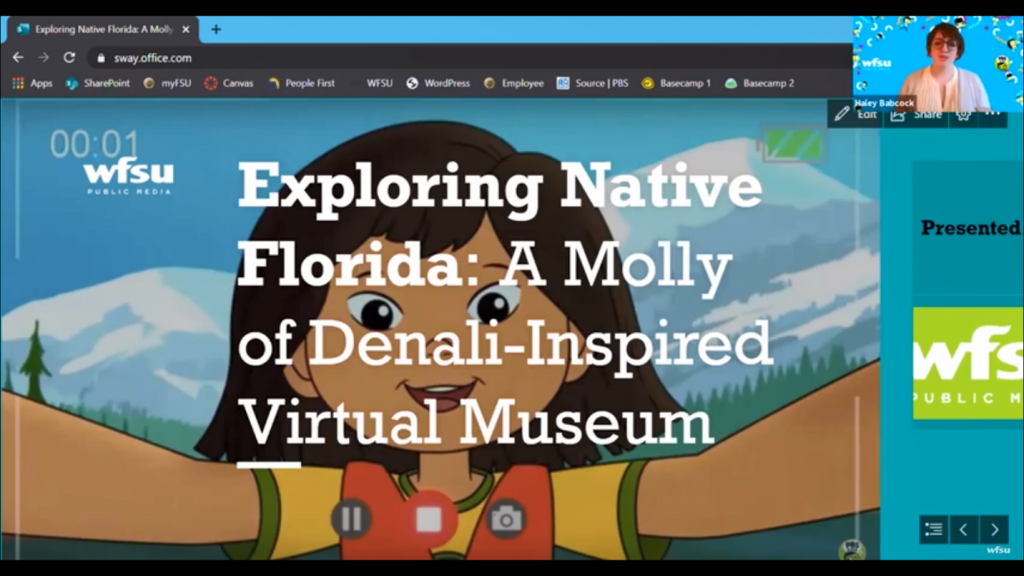
Exploring Native Florida: A Molly of Denali-Inspired Virtual Museum
A Molly-inspired project with a special focus on the Muscogee people of Florida was initially planned as a physical exhibit in the museum at the Fred George Greenway and Park (Tallahassee, Florida). It was adapted to become an interactive, virtual museum experience.
This is a model for learning local history using local resources like libraries, archives and museums, and for inspiring students to make personal connections. Target age range is 5 to 9, but this can also be used for older ages in Social Studies and History for topics like The Trail of Tears and Indian Removal Act of 1830.
Topics include similarities between Muskogee and Alaska Native values; Exploring Community; Celebrating Traditions (shell gorget carving), Learning About Each Other (storytelling); and Investigating animals (local wildlife).
WFSU Public Media in partnership with the Muscogee Nation of Florida and Muscogee Nation citizens.
References
Crow Canyon Archaeological Center. (2016, January 12) The Sky in Ancient Pueblo Culture. https://www.crowcanyon.org/index.php/the-sky-in-ancient-pueblo-culture
*The term Indigenous is used broadly to include those labeled Native American, American Indian, Alaska Native, Hawaiian, First Nations, Aboriginal, and others such as the Sami (Finland) and Ainu (Japan). Native American and American Indian are used interchangeably in this blog.
About the Author
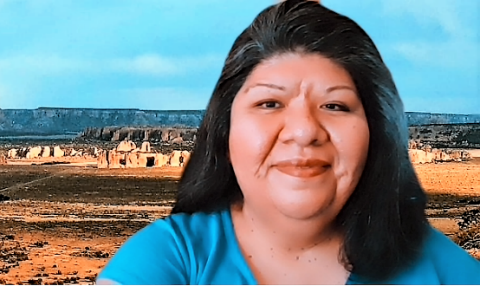
Jonna C. Paden, Librarian and Archivist, is a tribally enrolled member of Acoma Pueblo. As part of the Circle of Learning cohort, she holds a Masters in Library and Information Science from San José State University where she focused on the career pathway of Archives and Records Management. She is also the archivist for the New Mexico Library Association (NMLA) and previous (2020) and current Chair for the New Mexico Library Association (NMLA) Native American Libraries – Special Interest Group (NALSIG).

